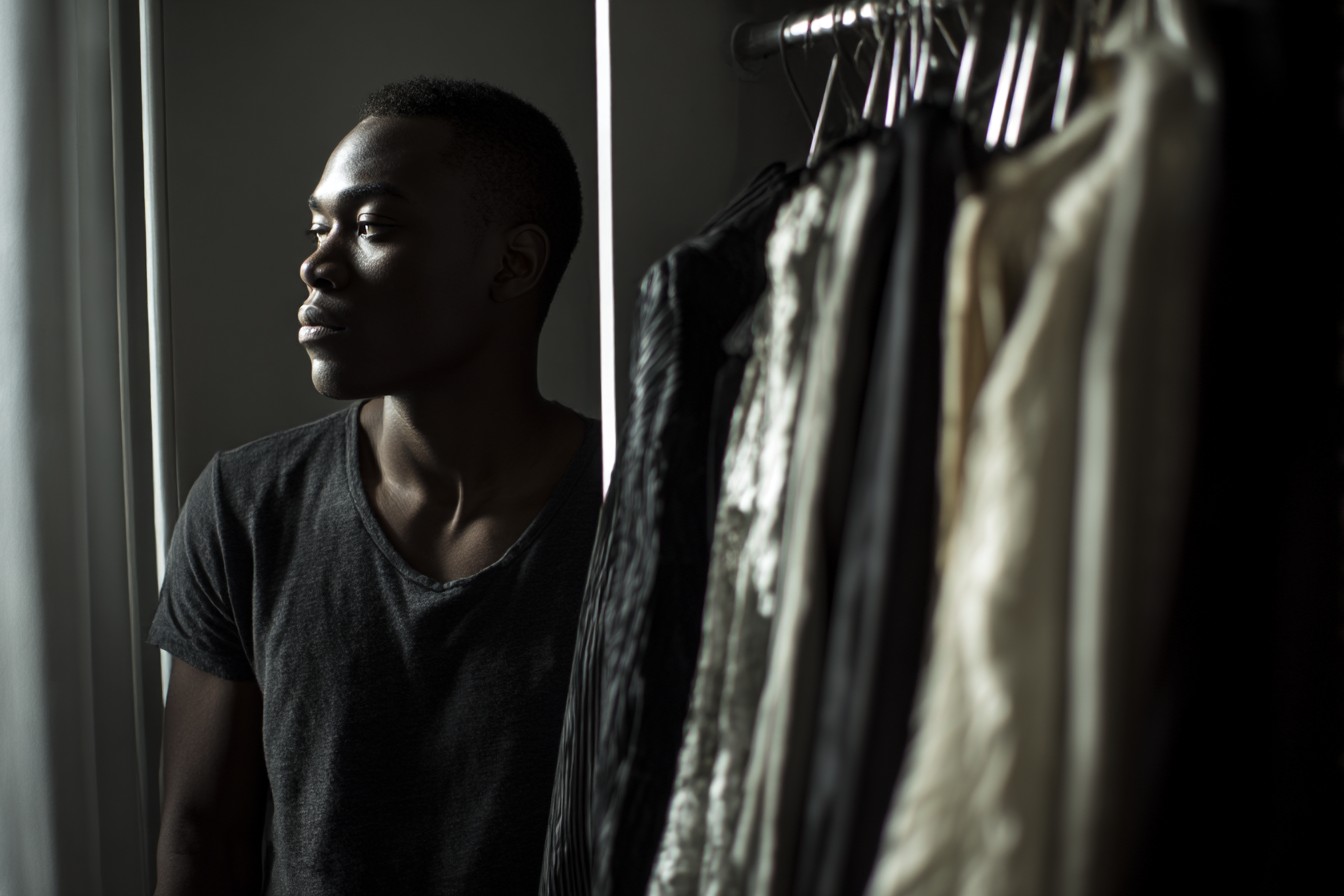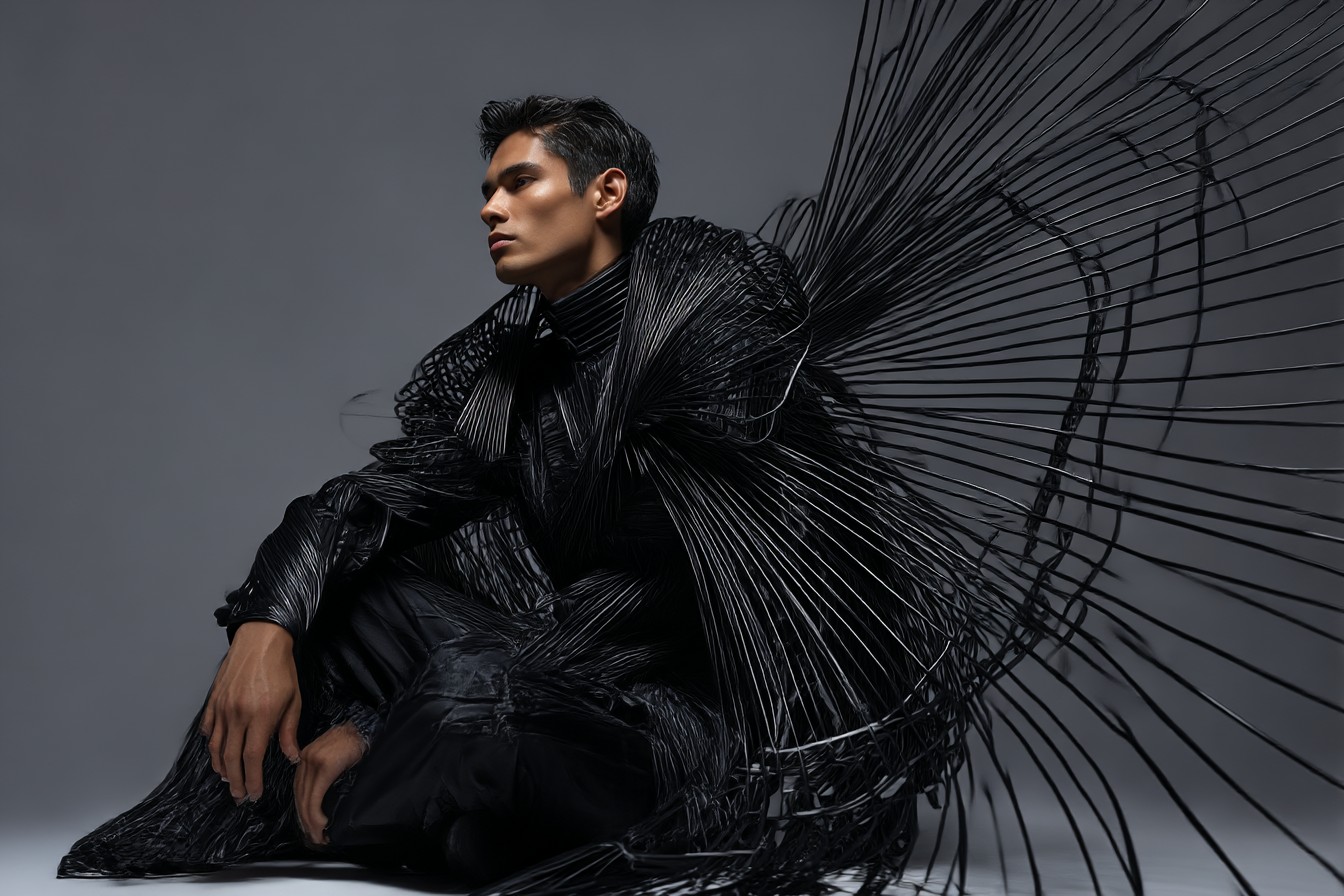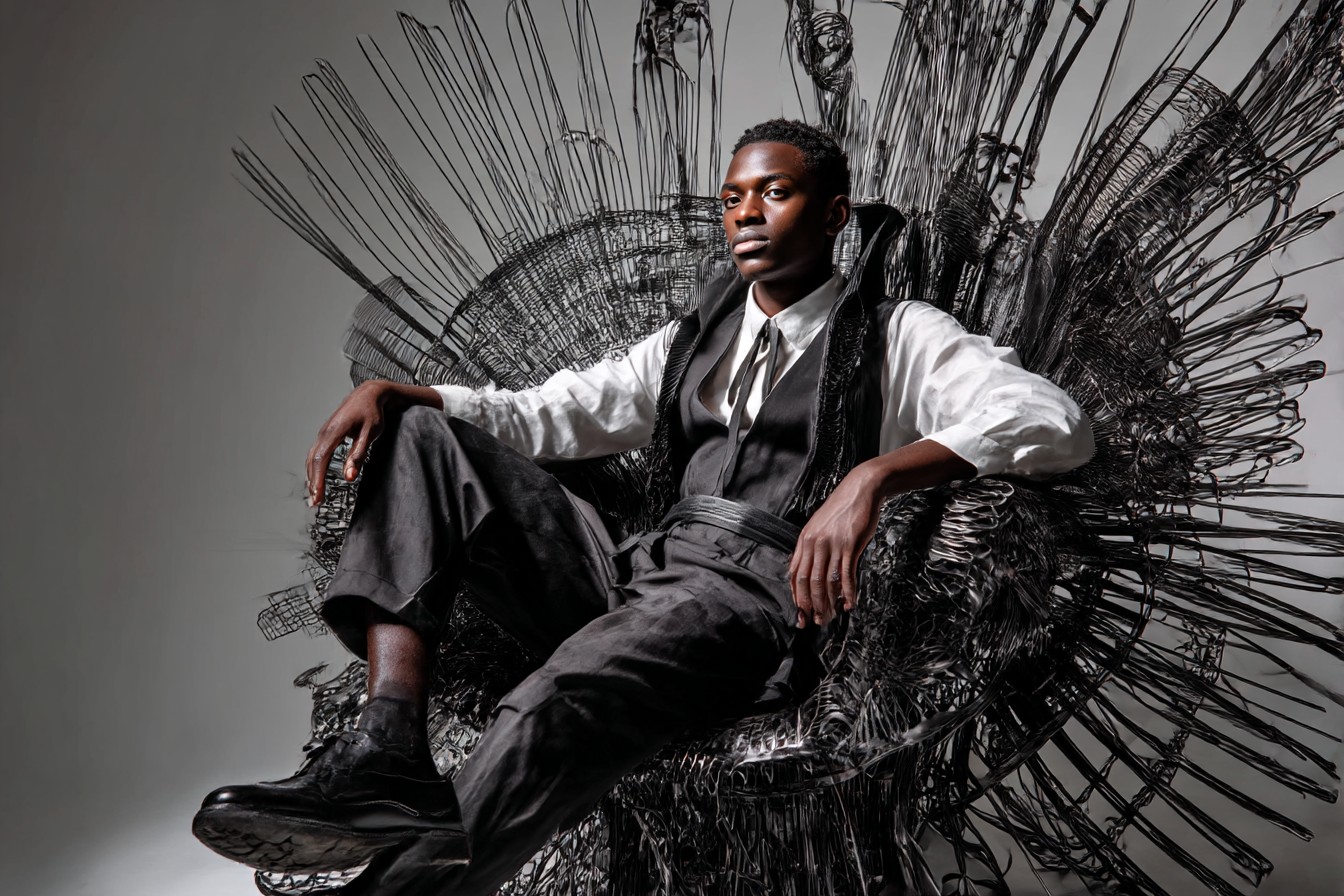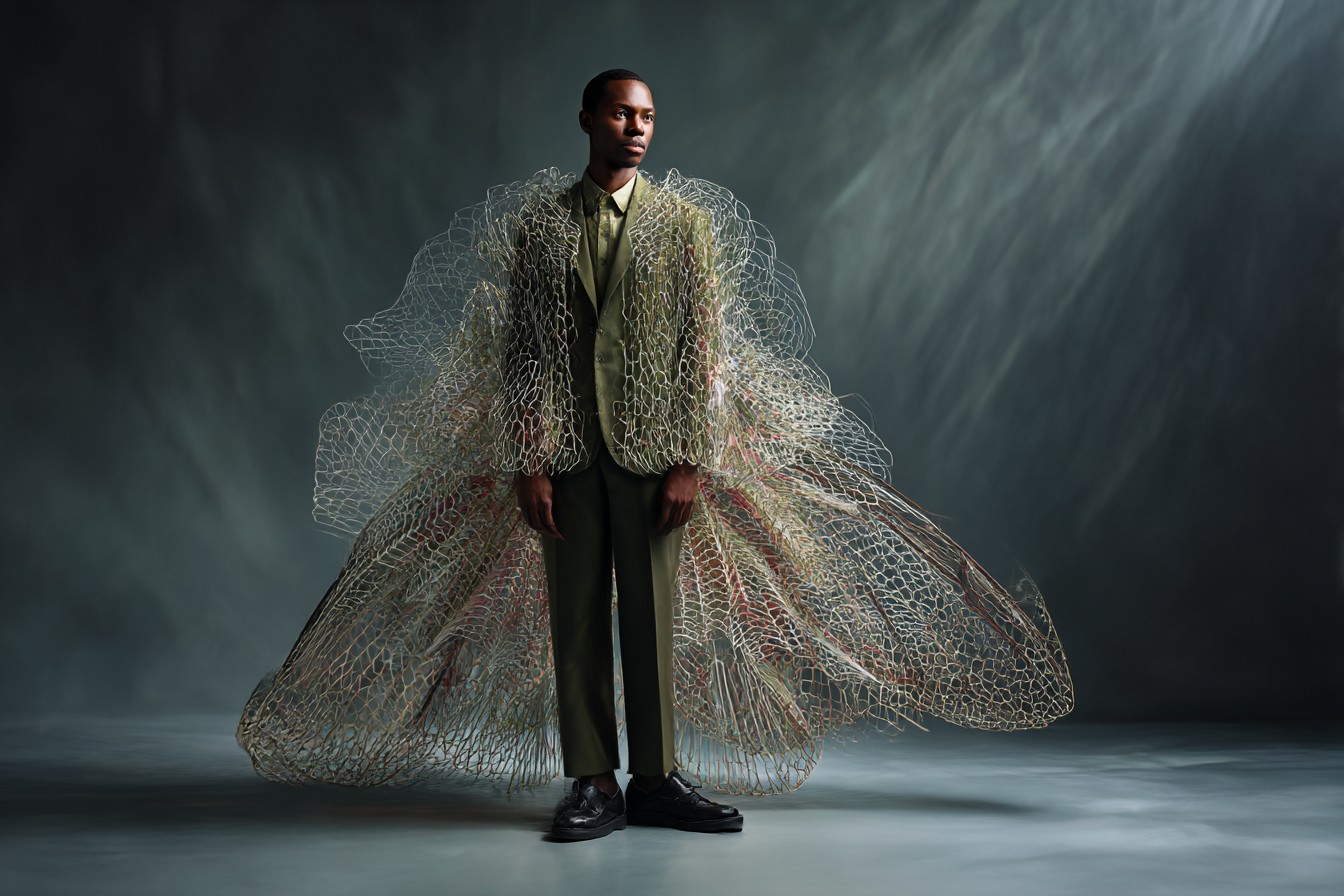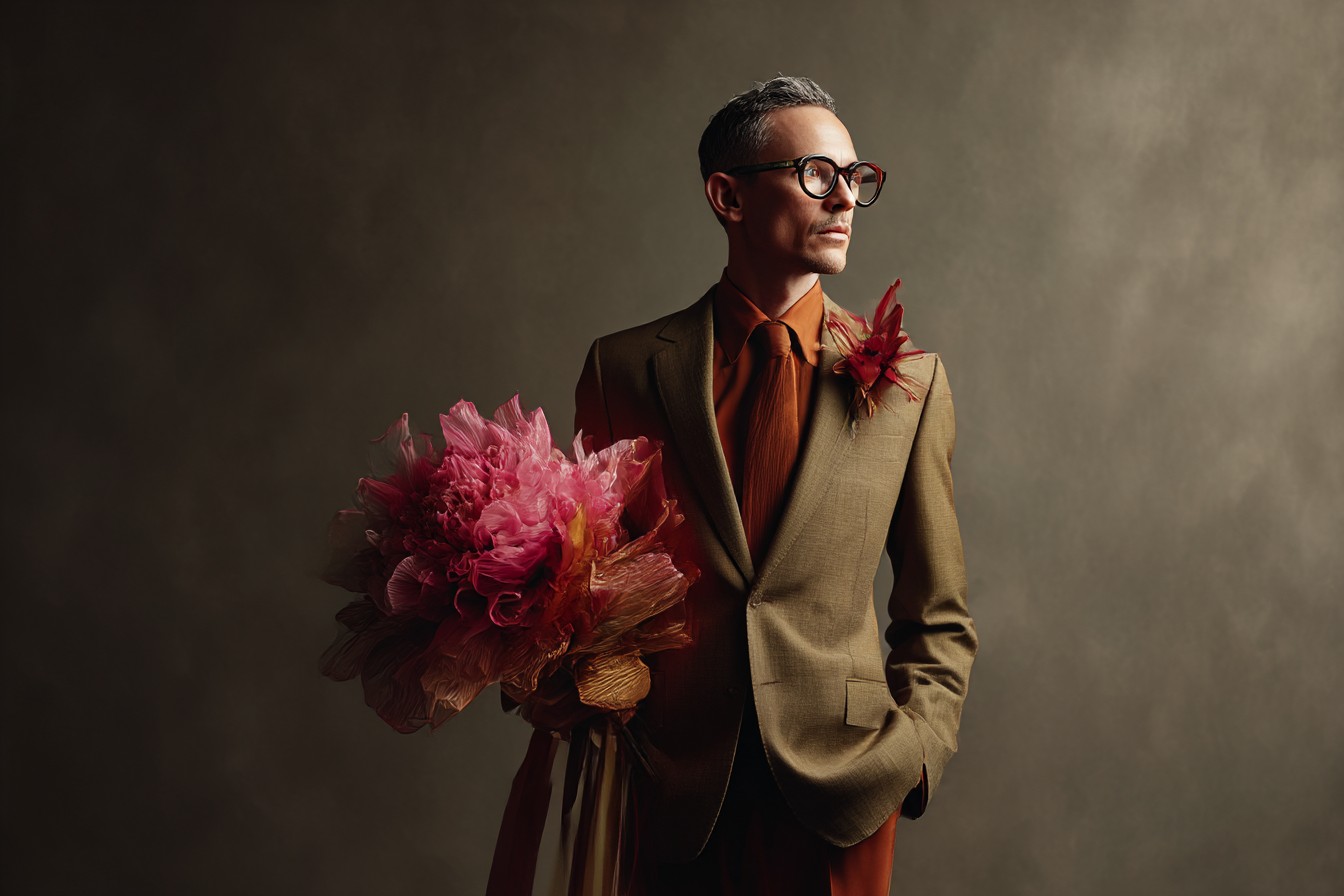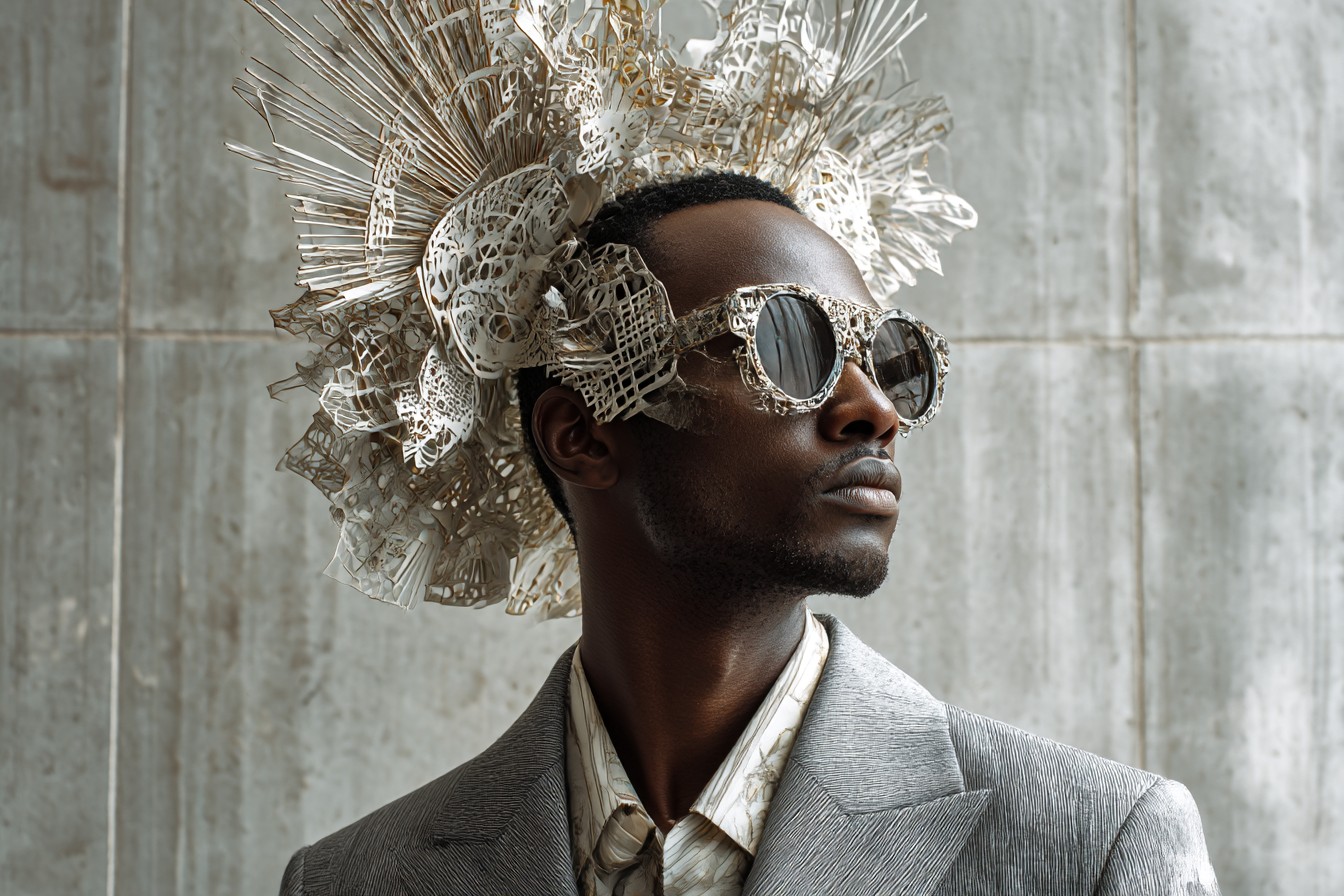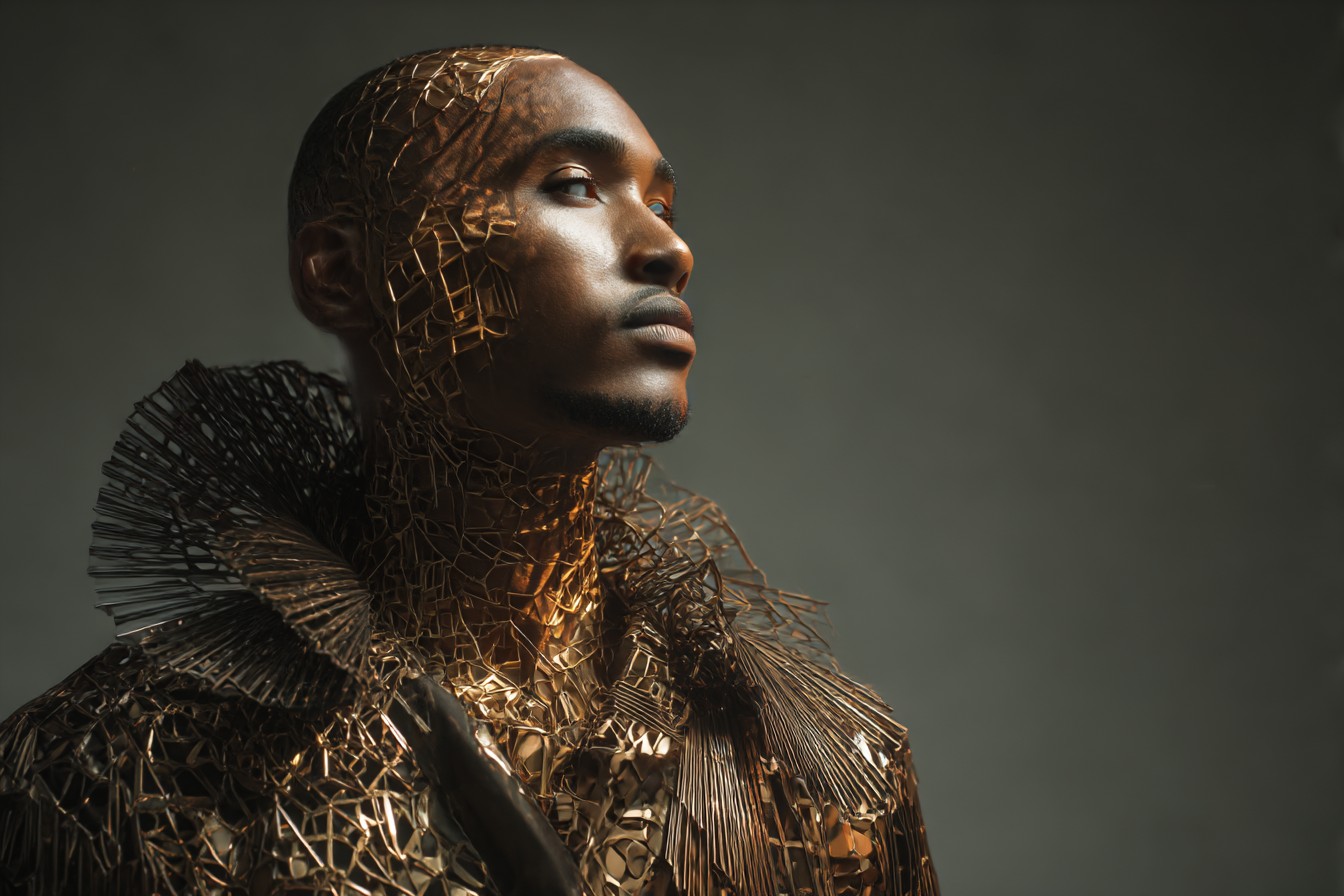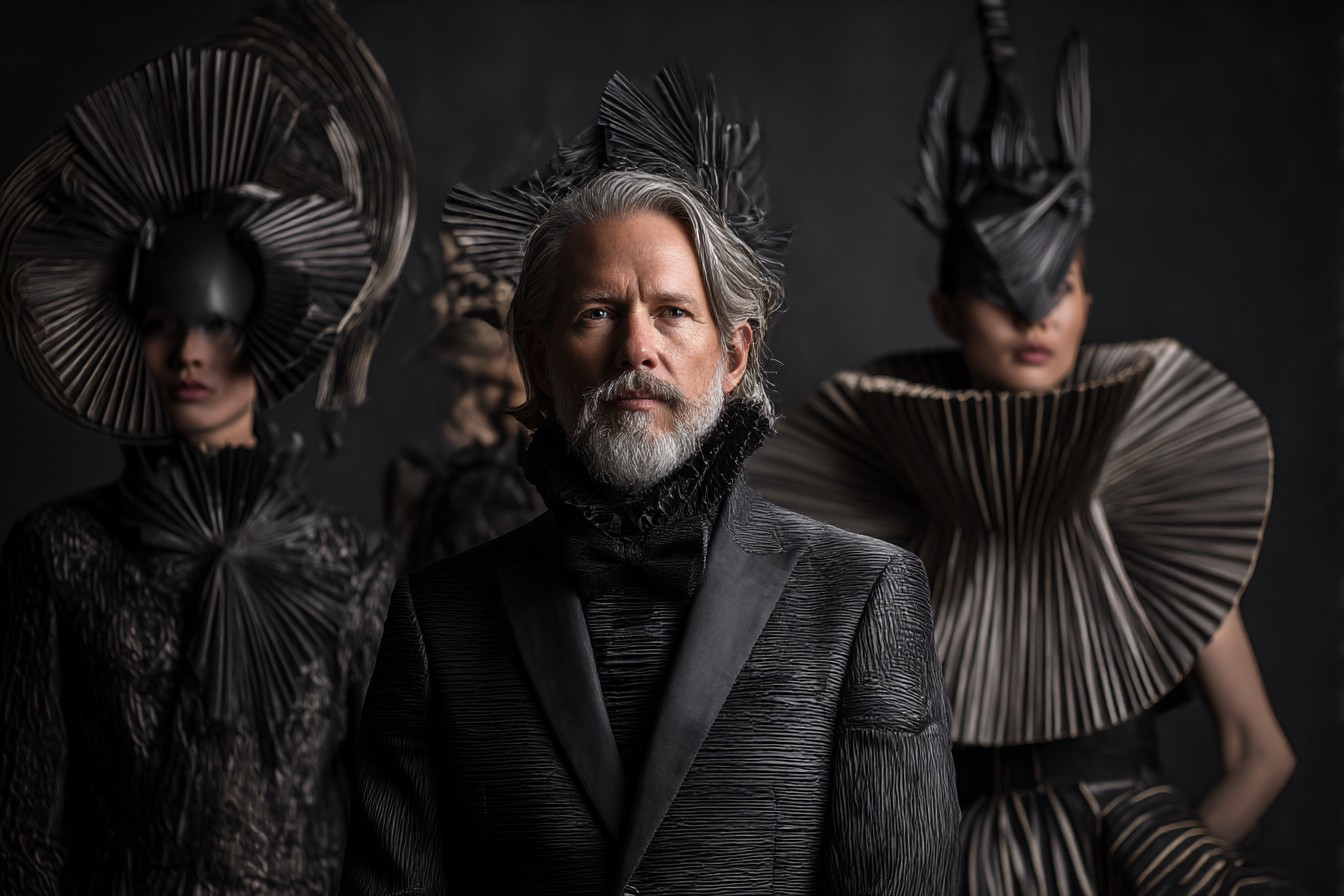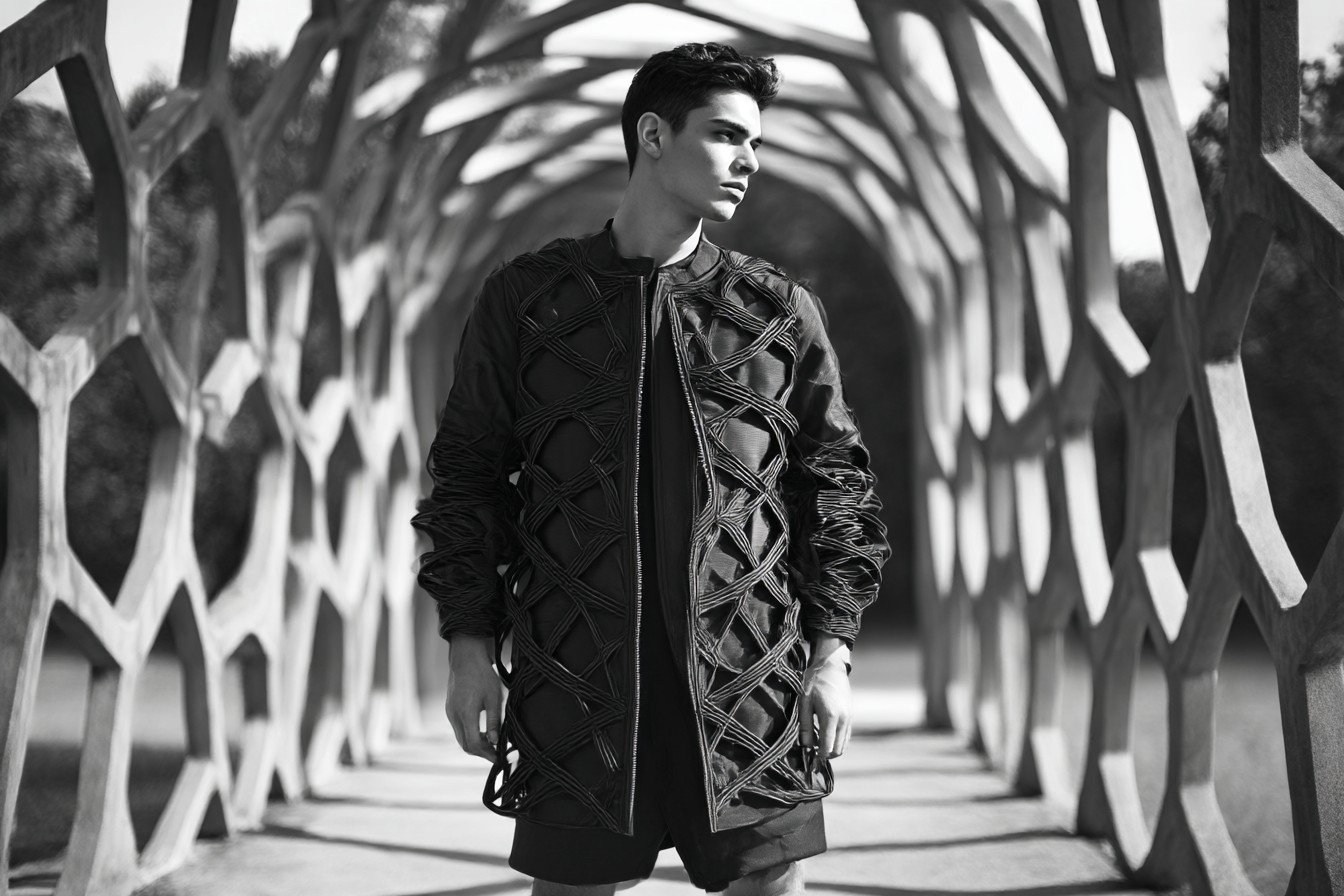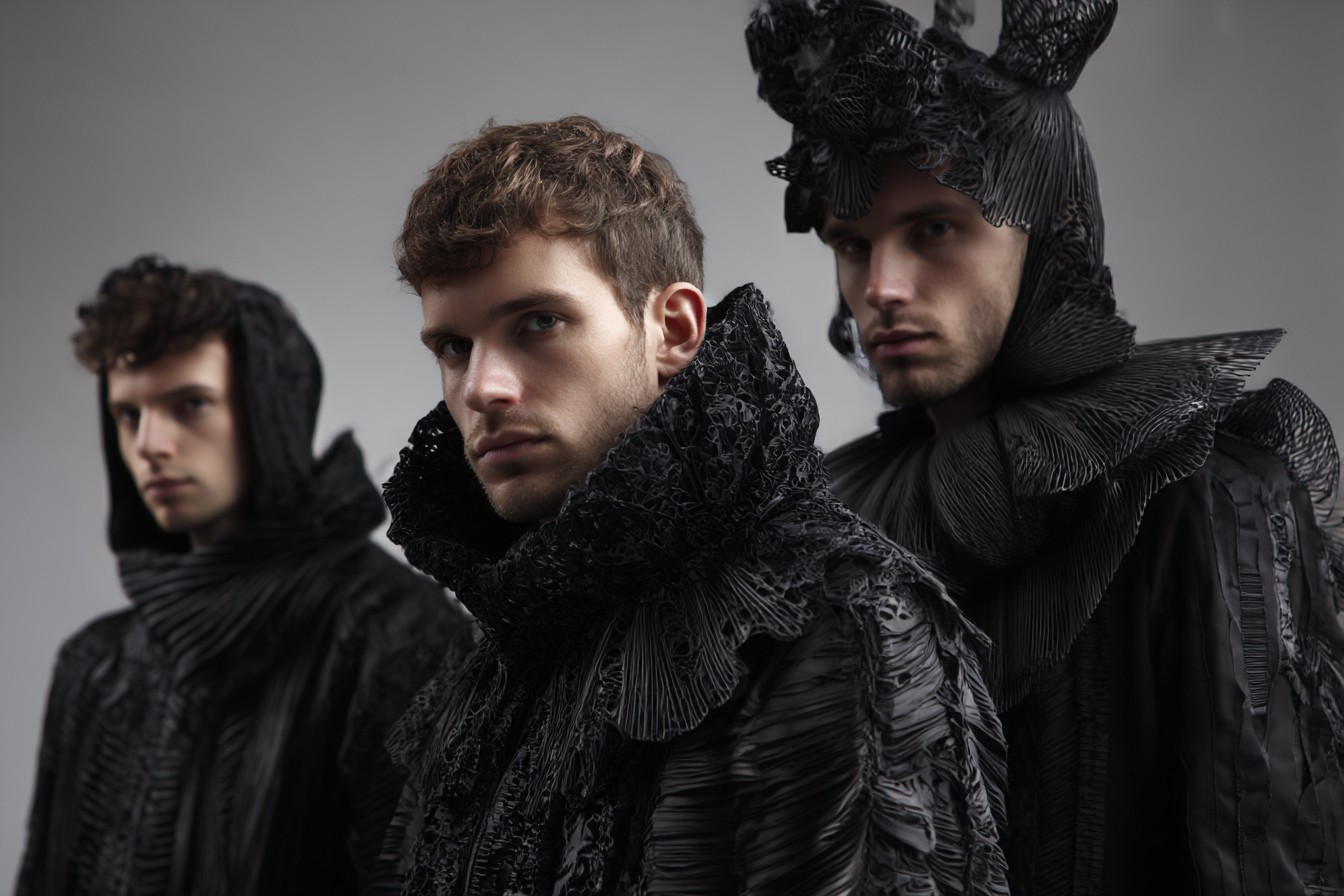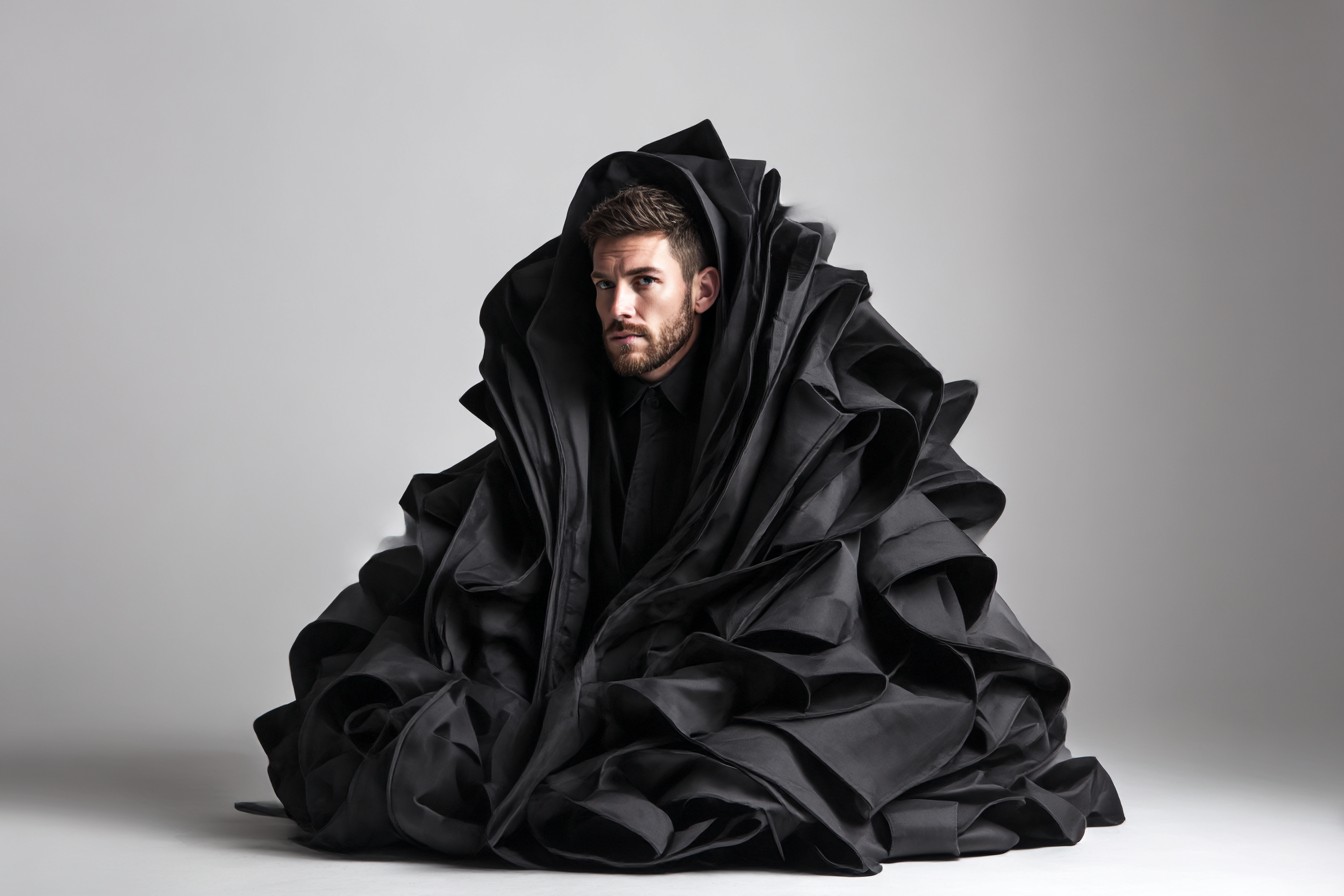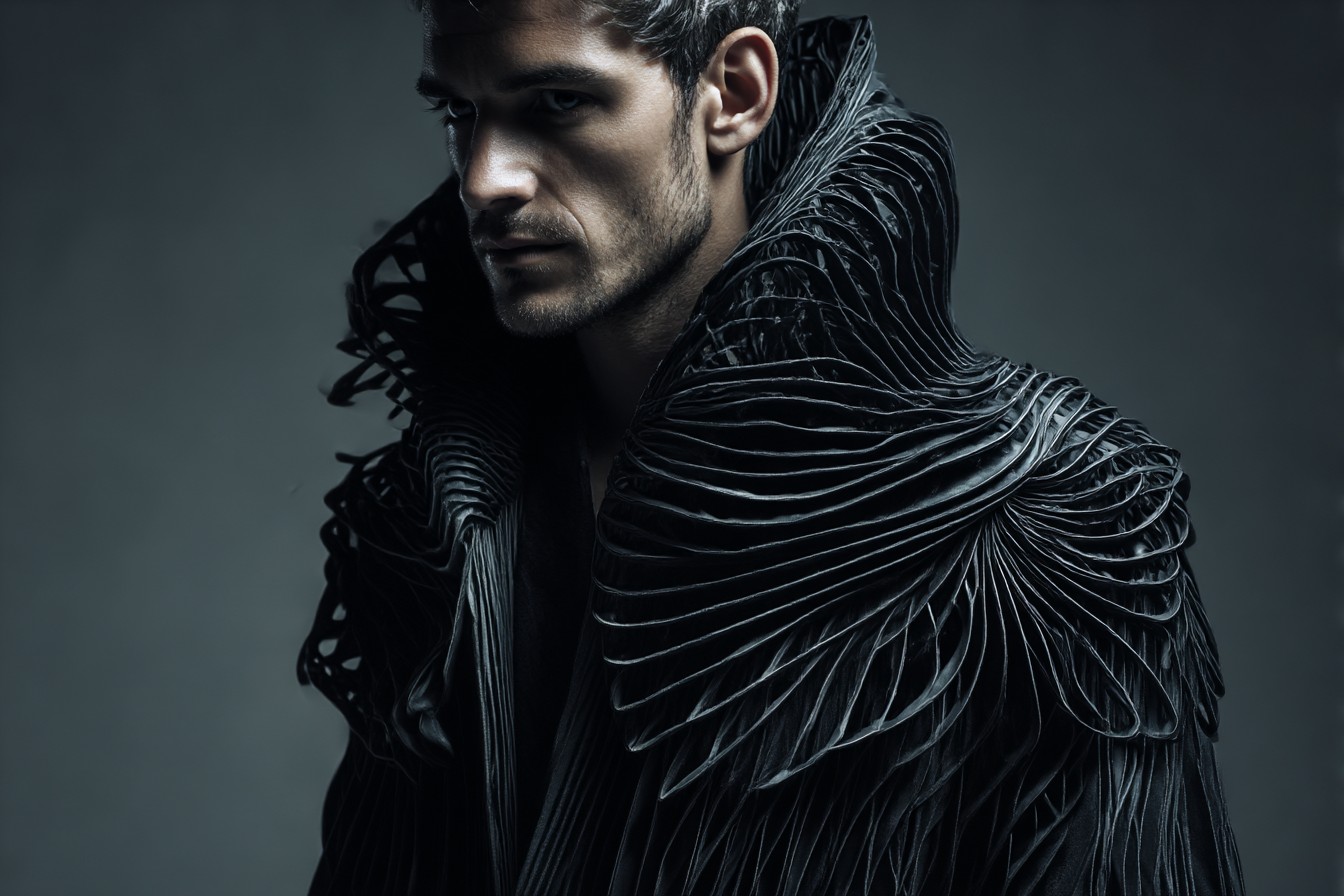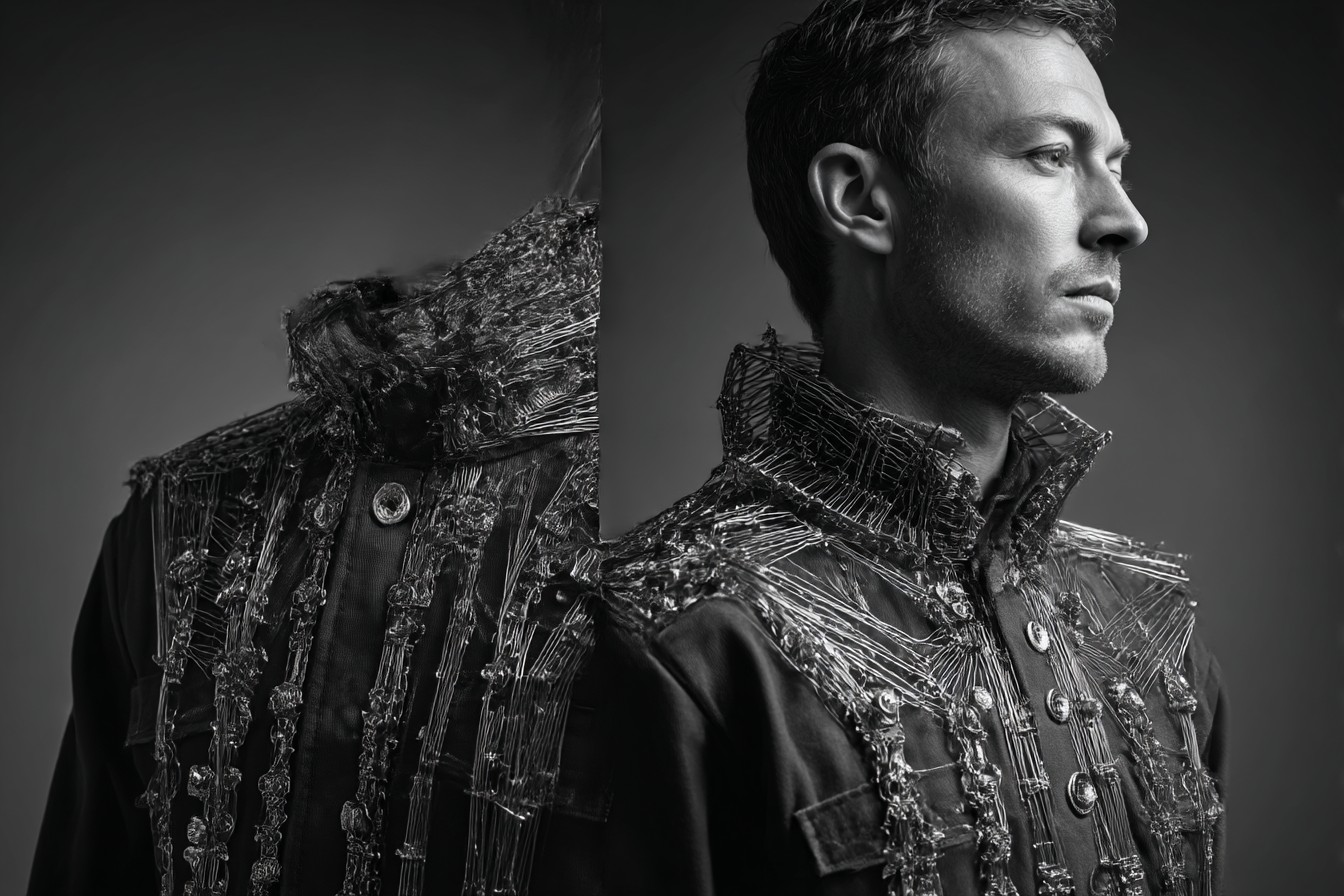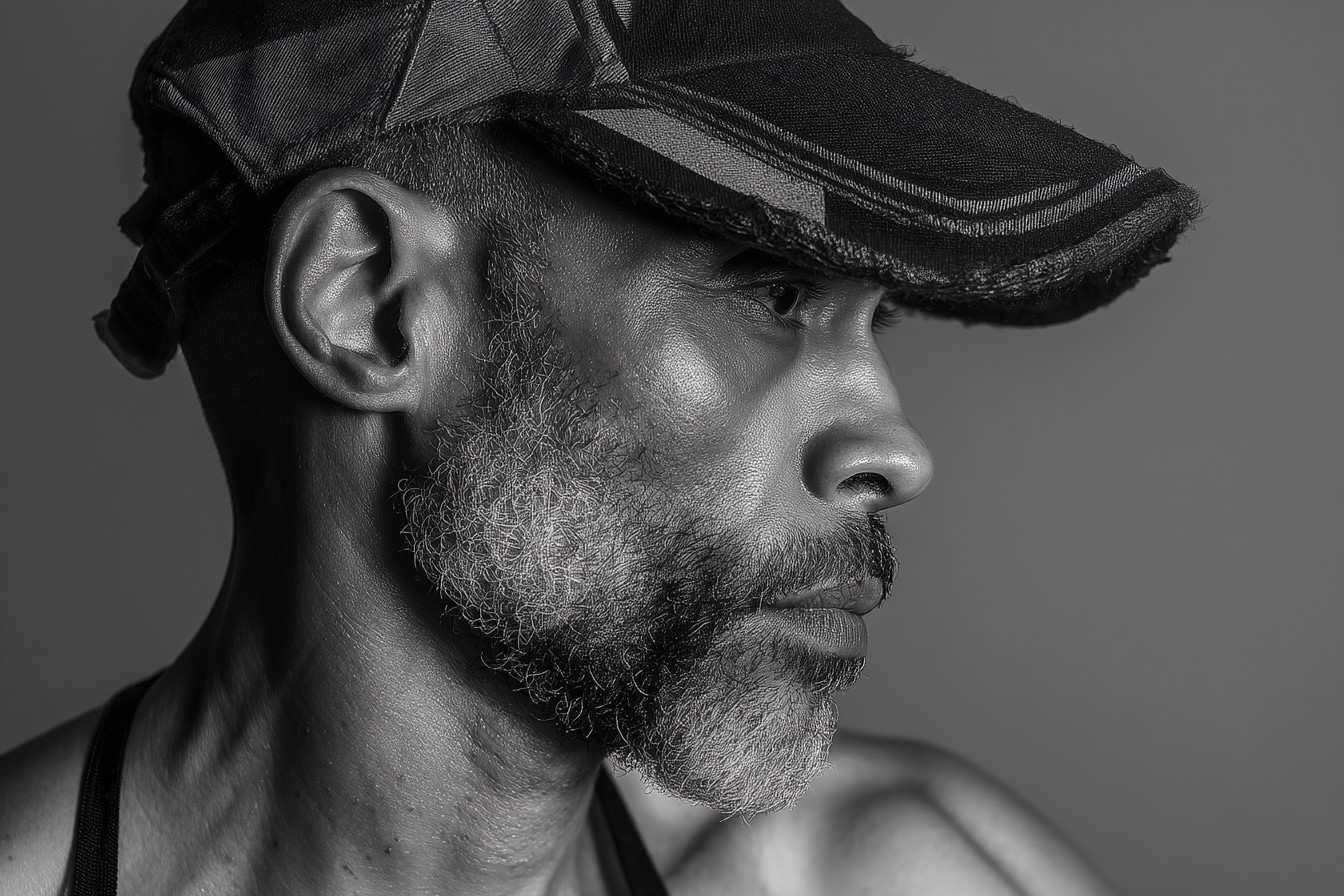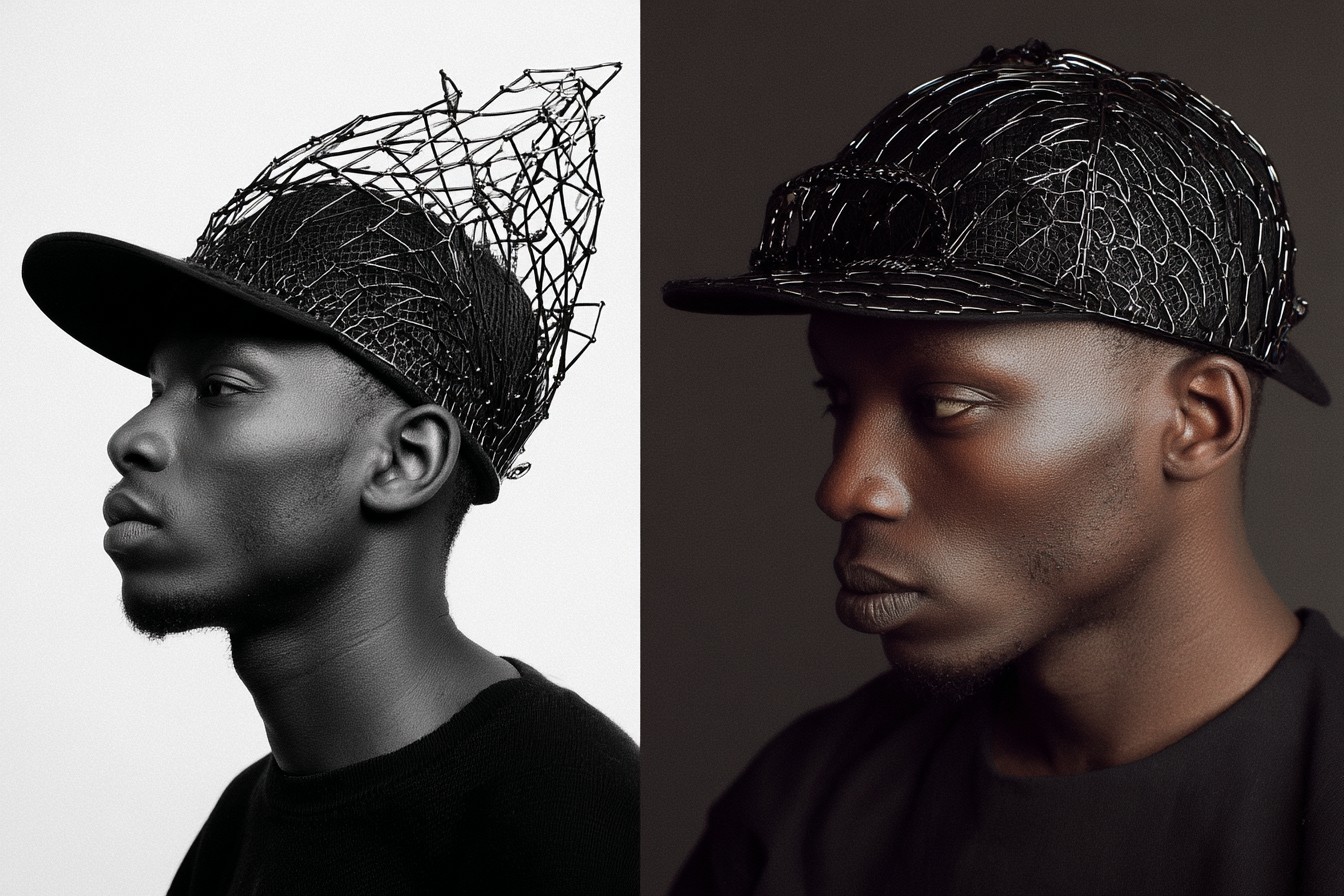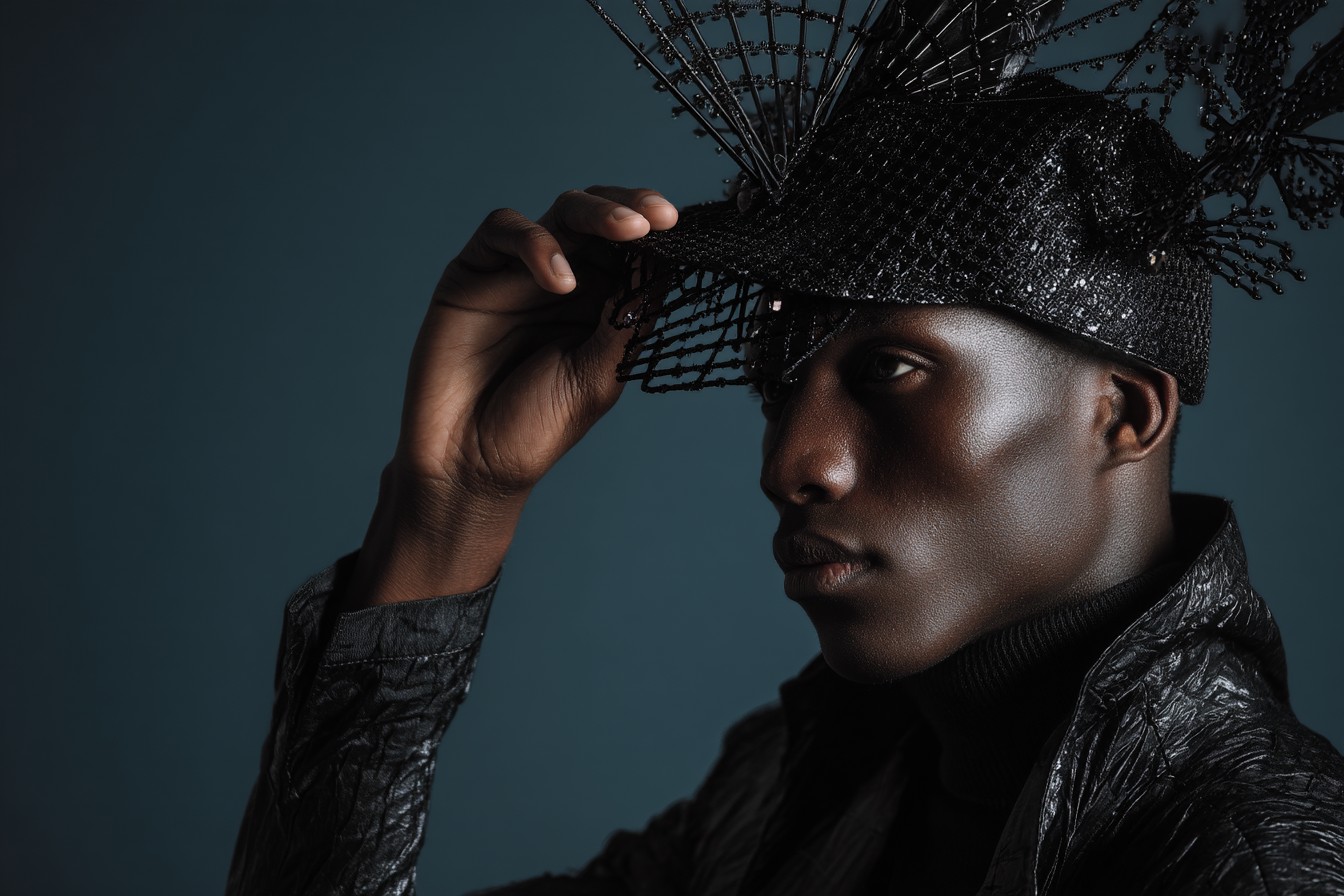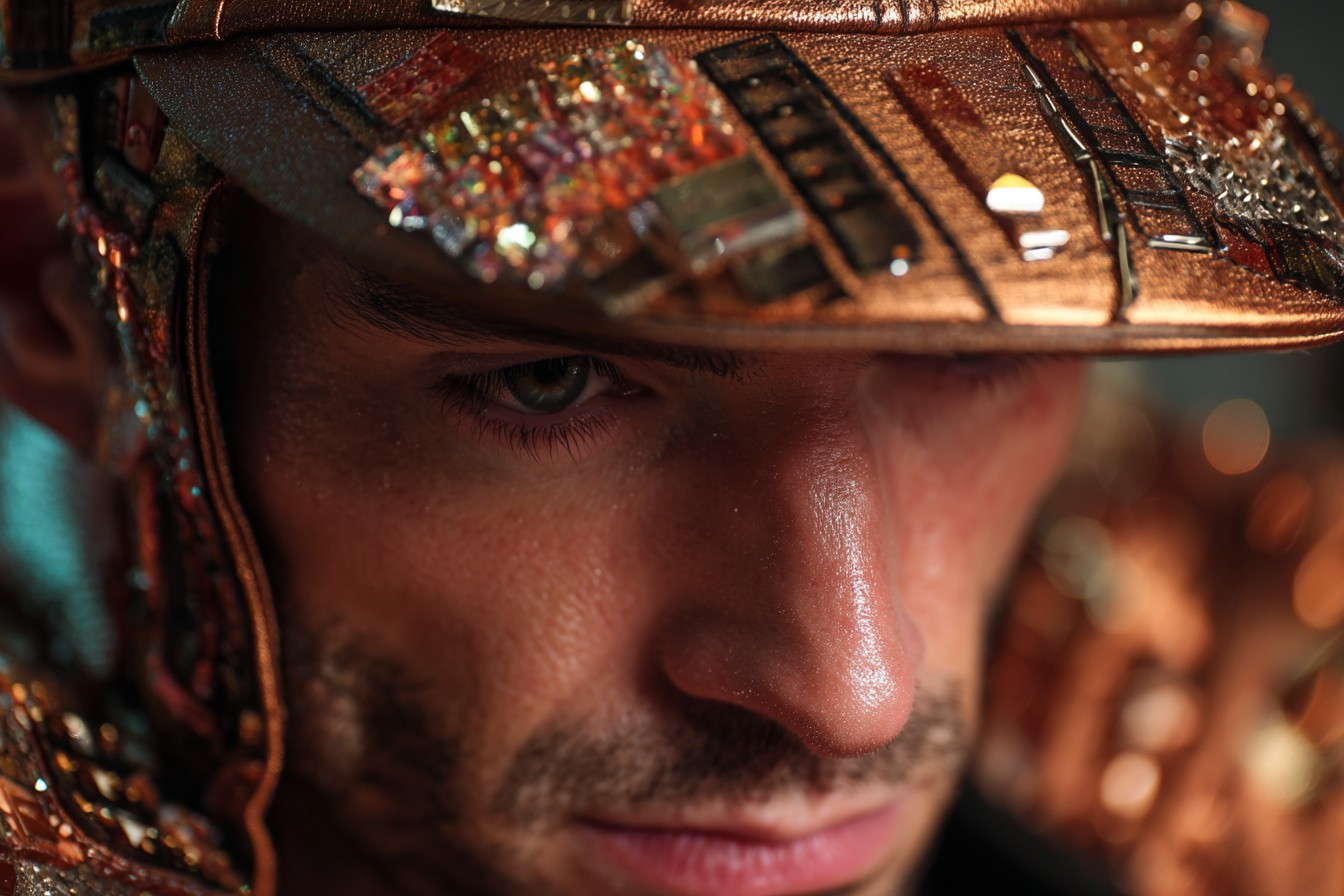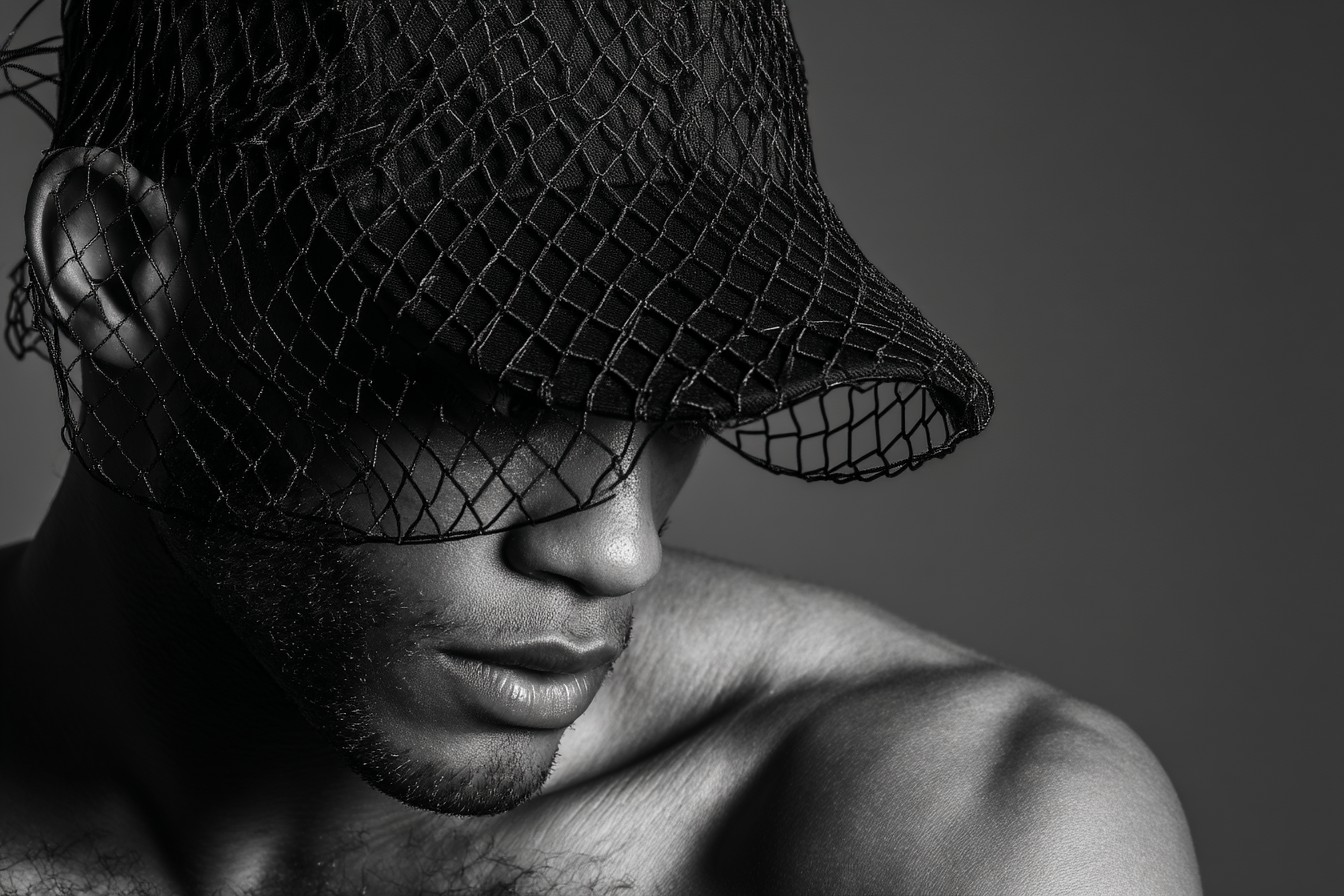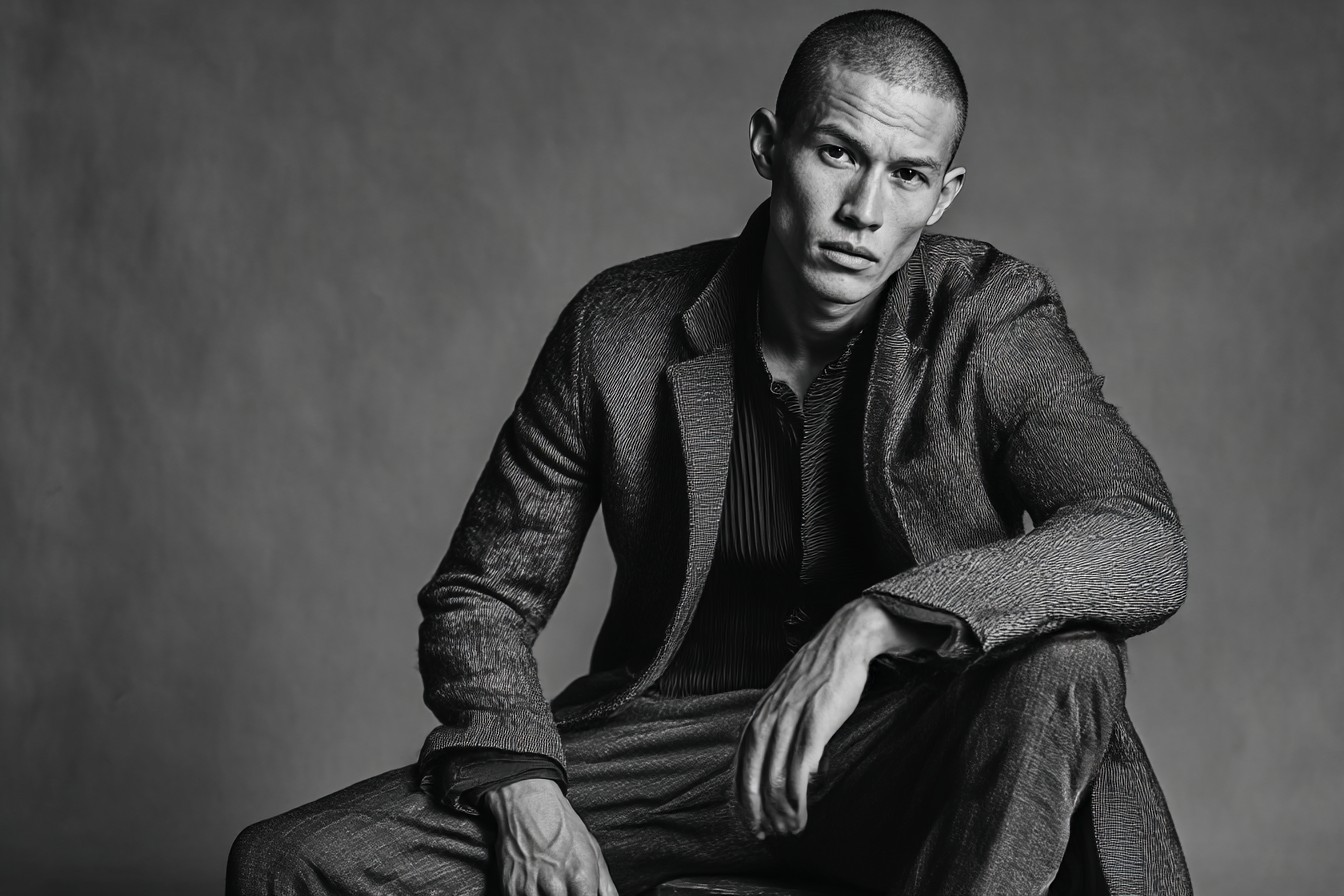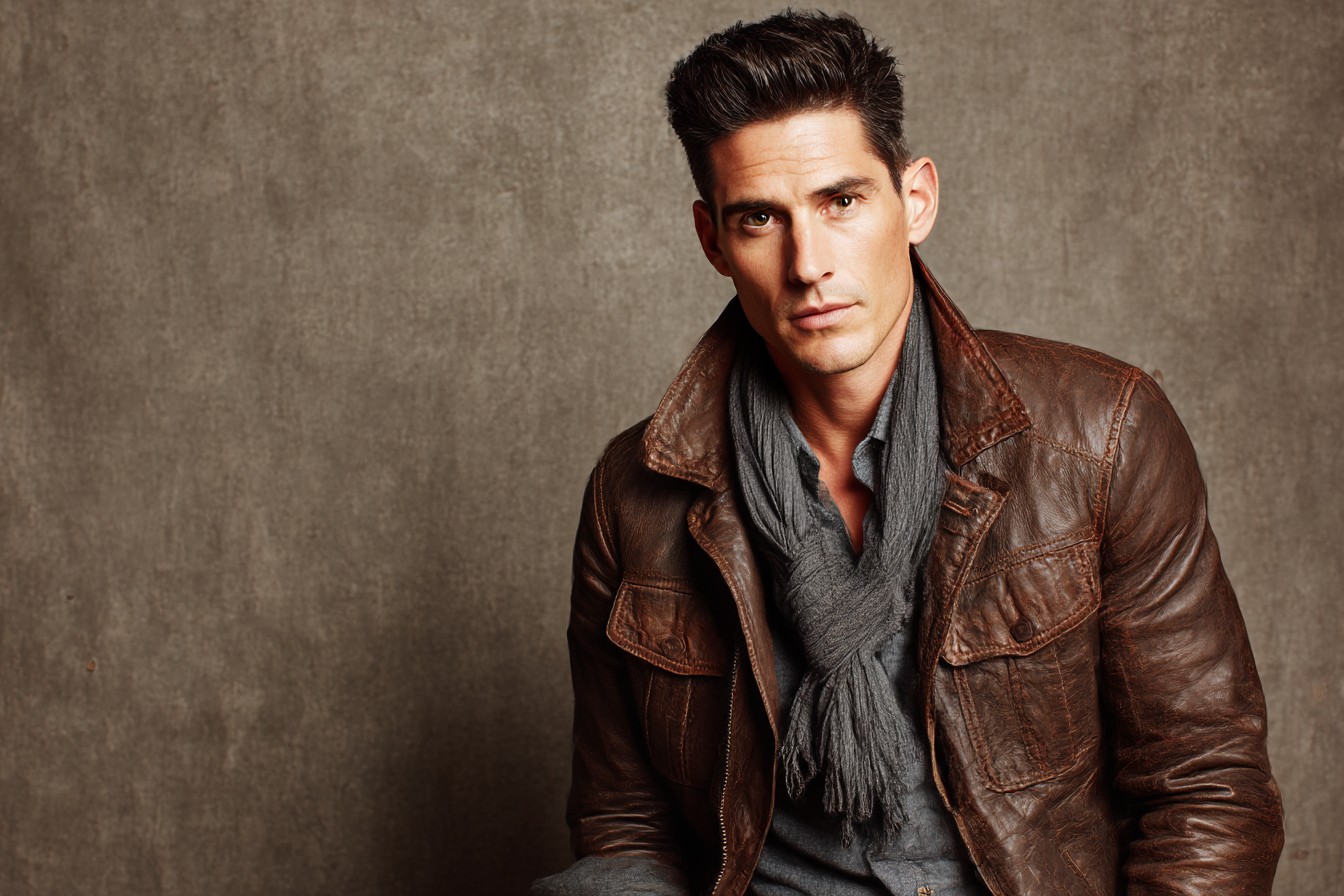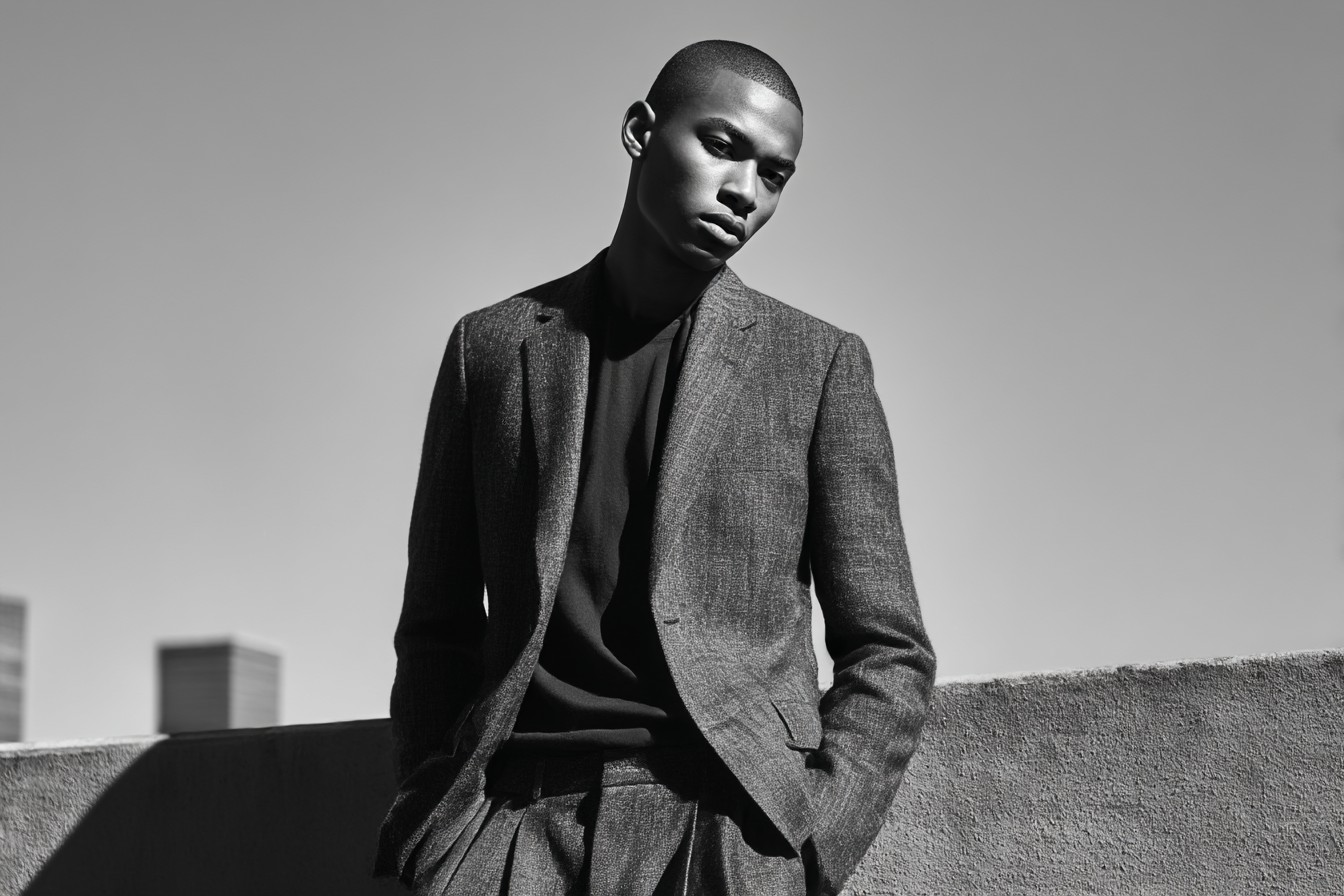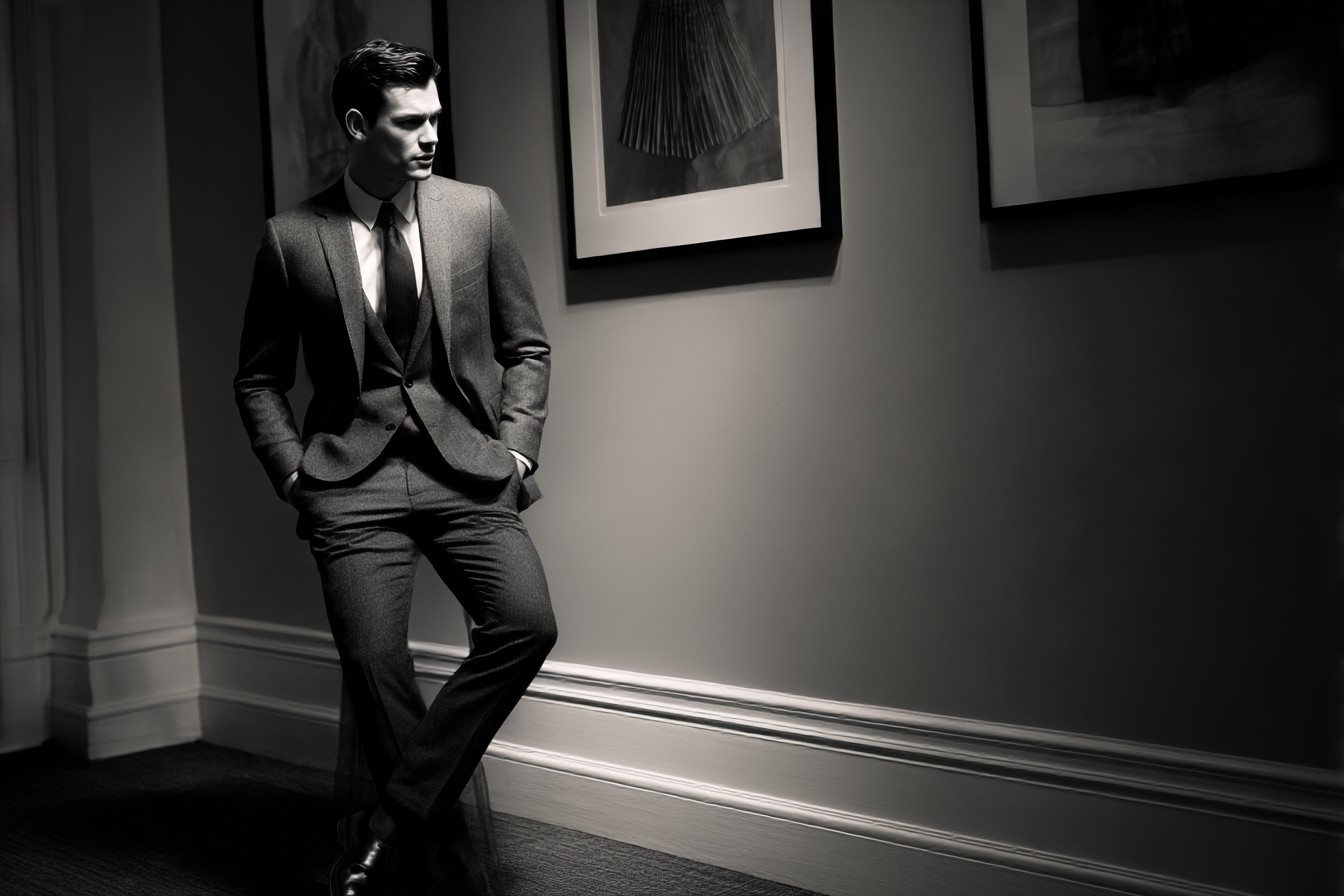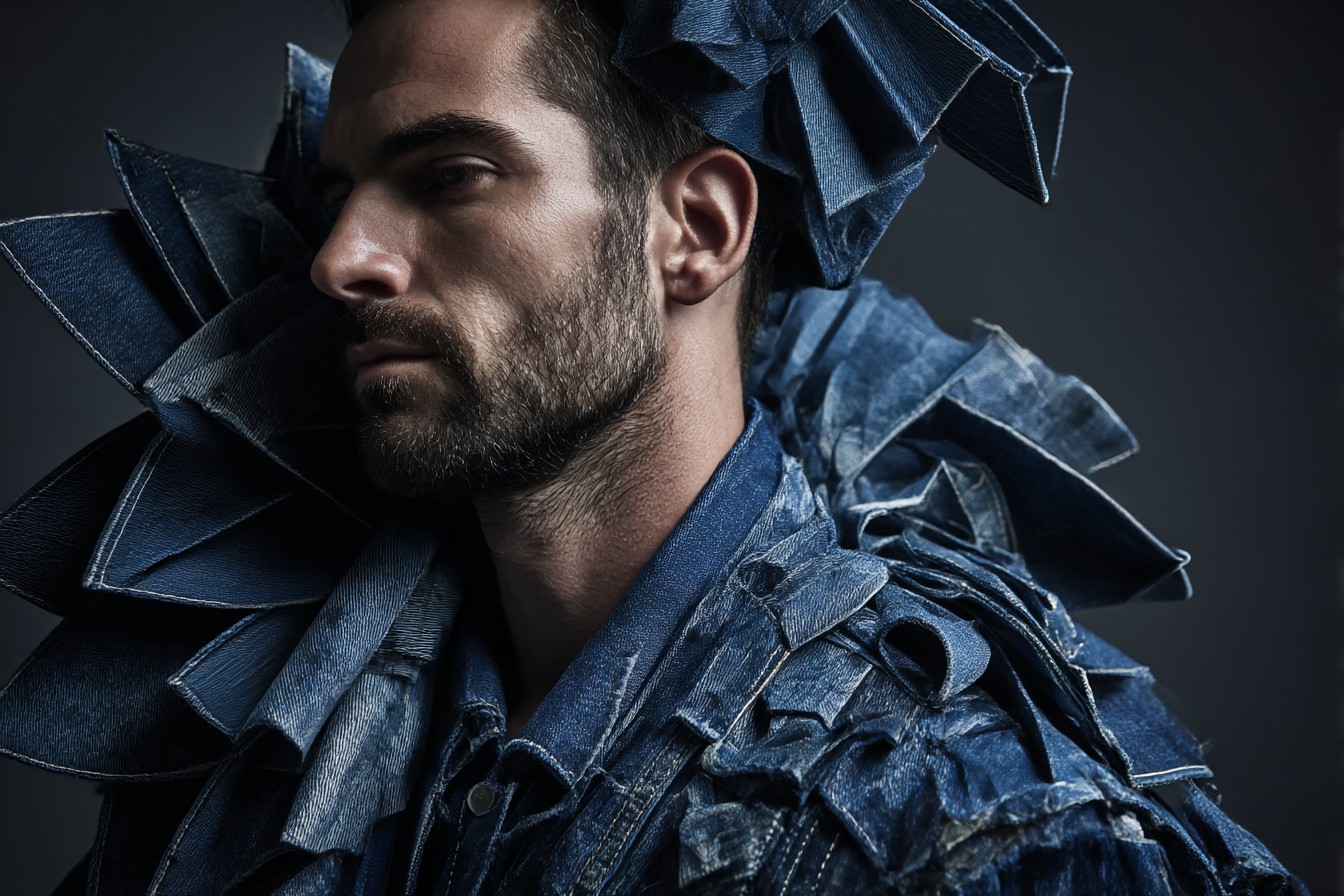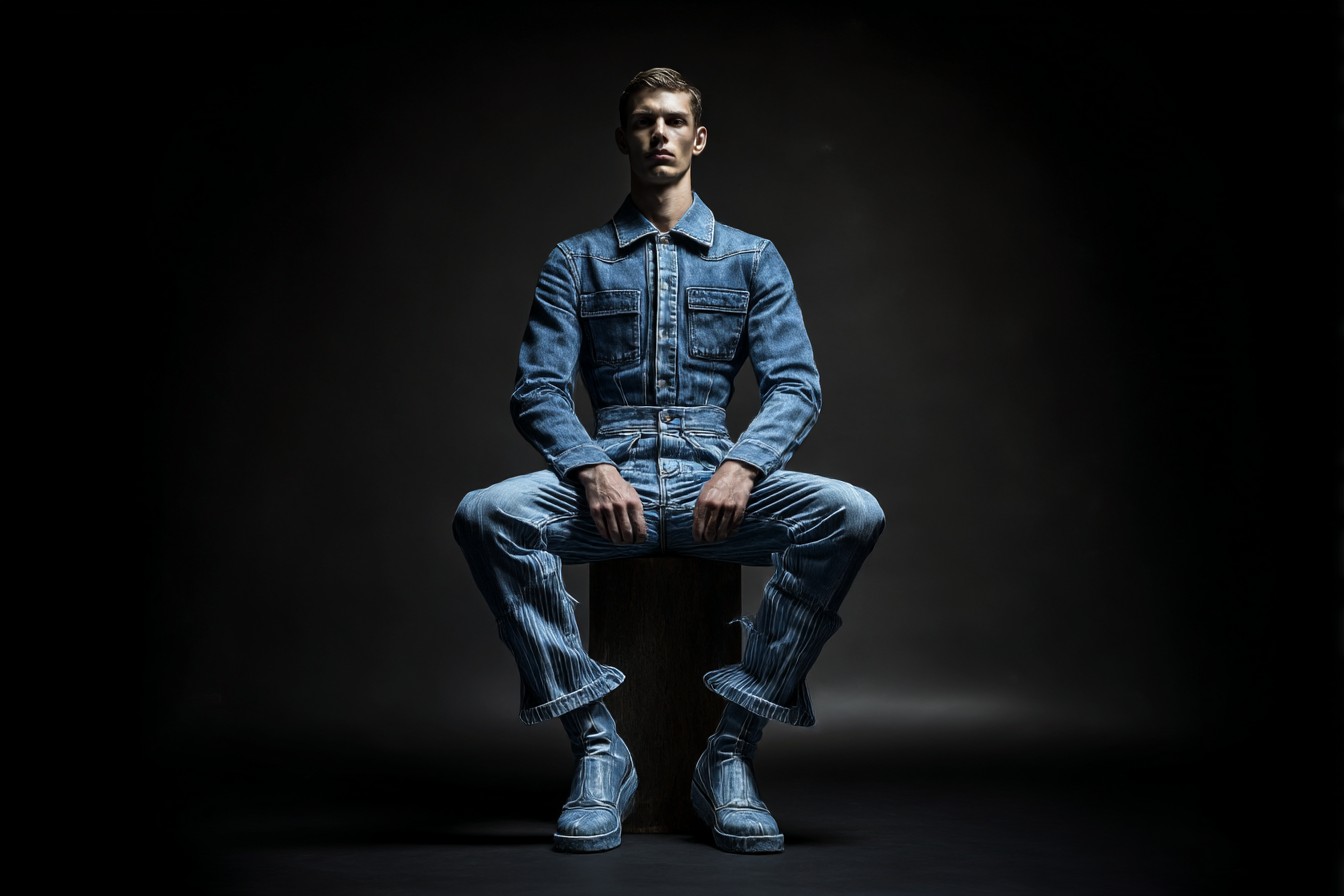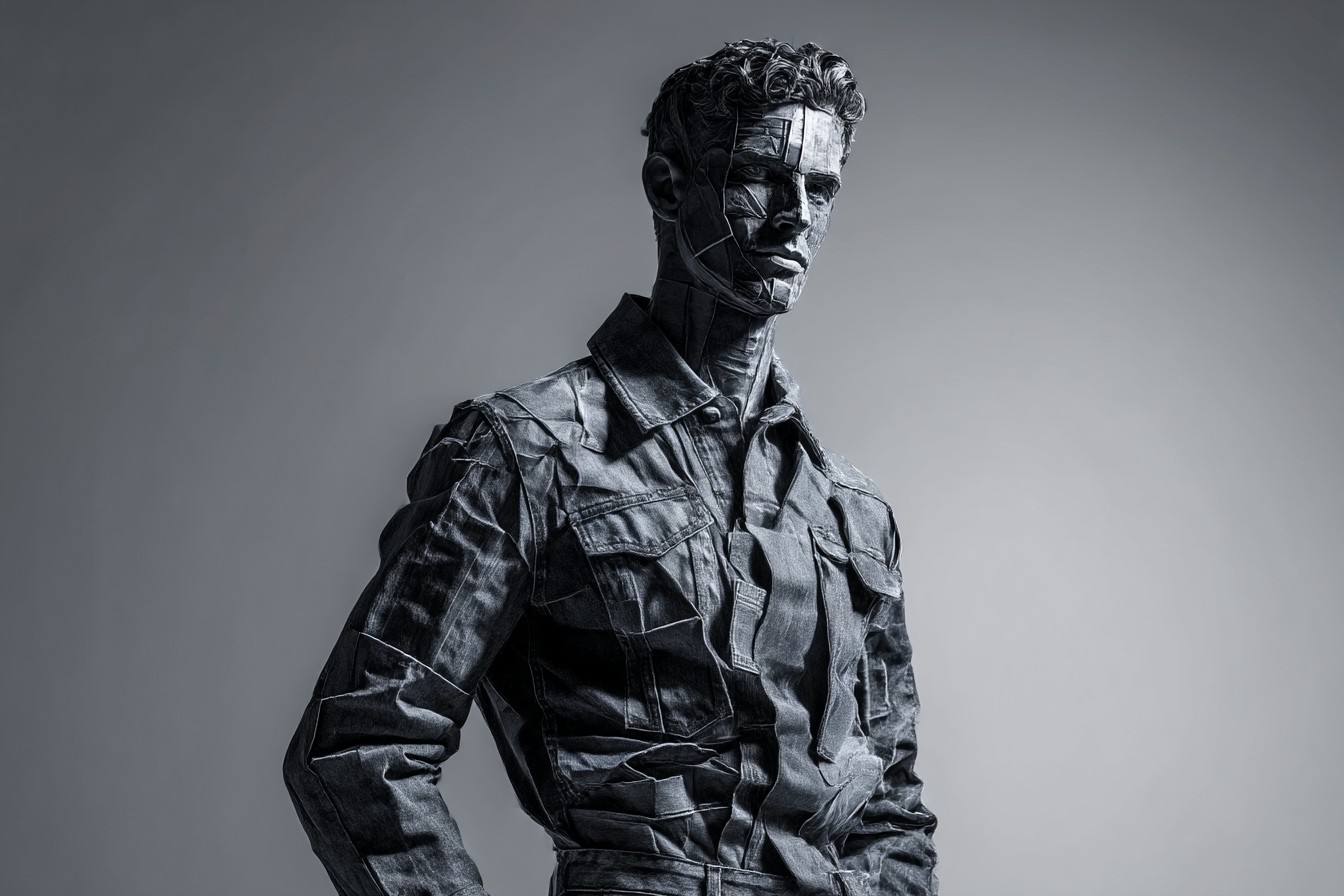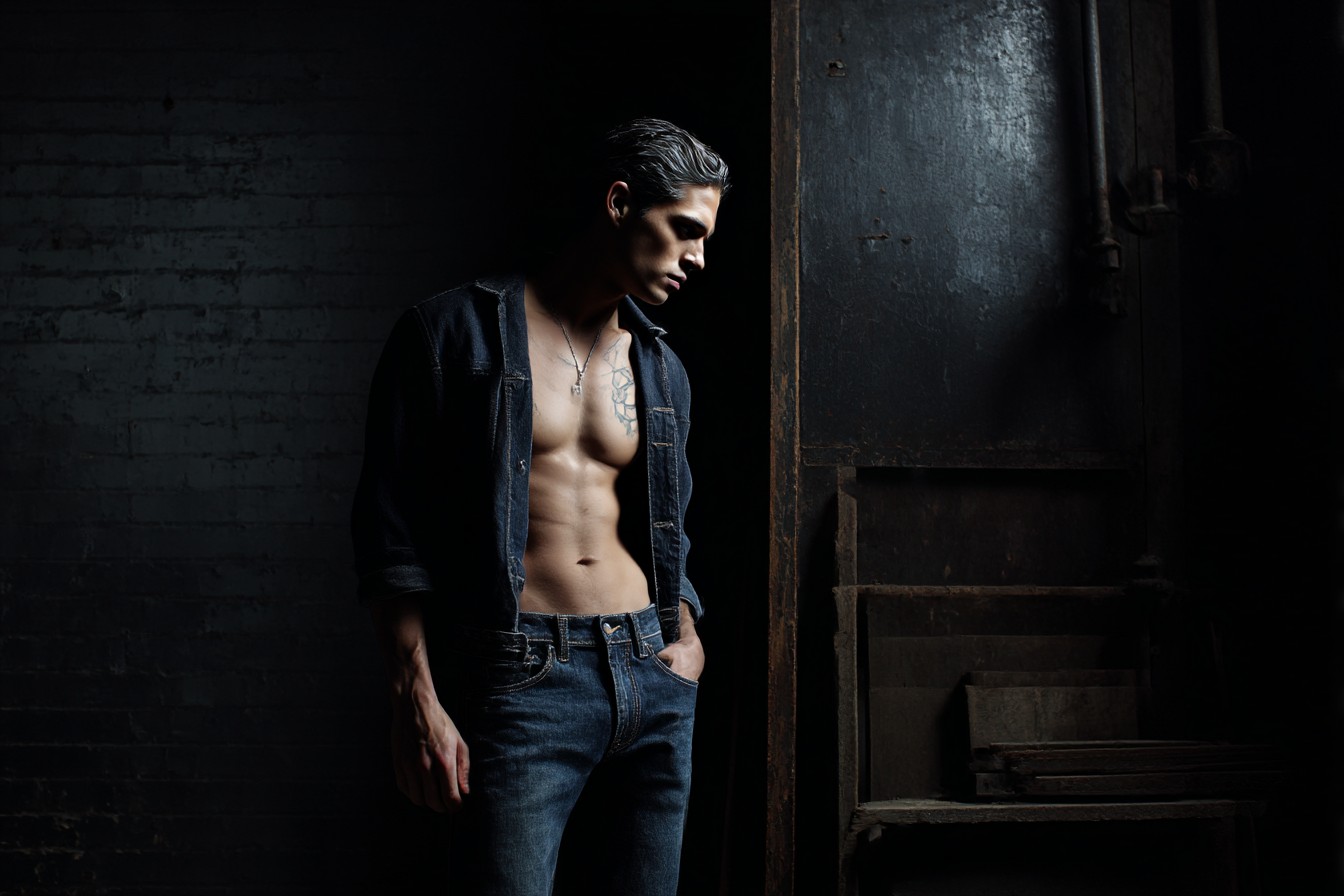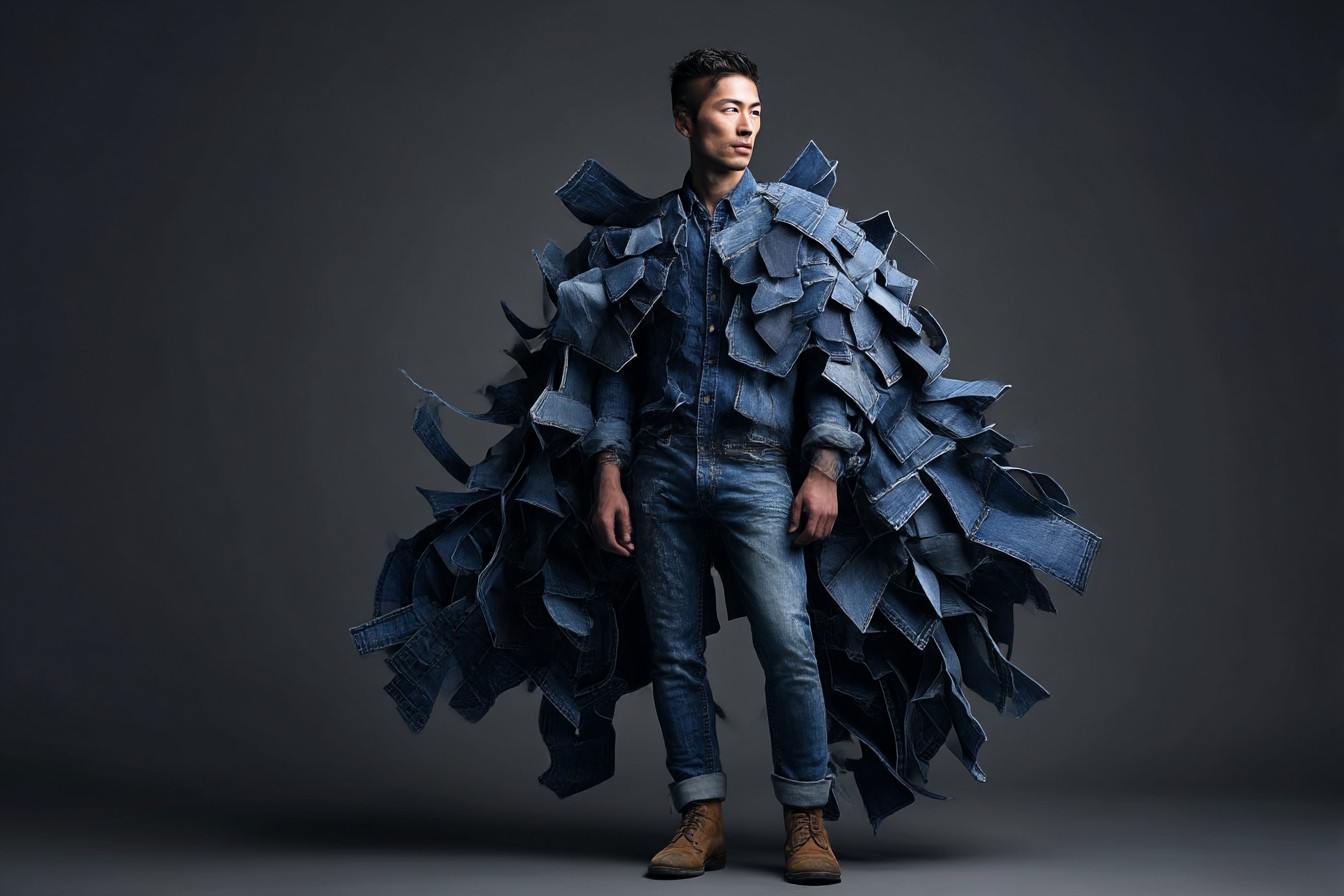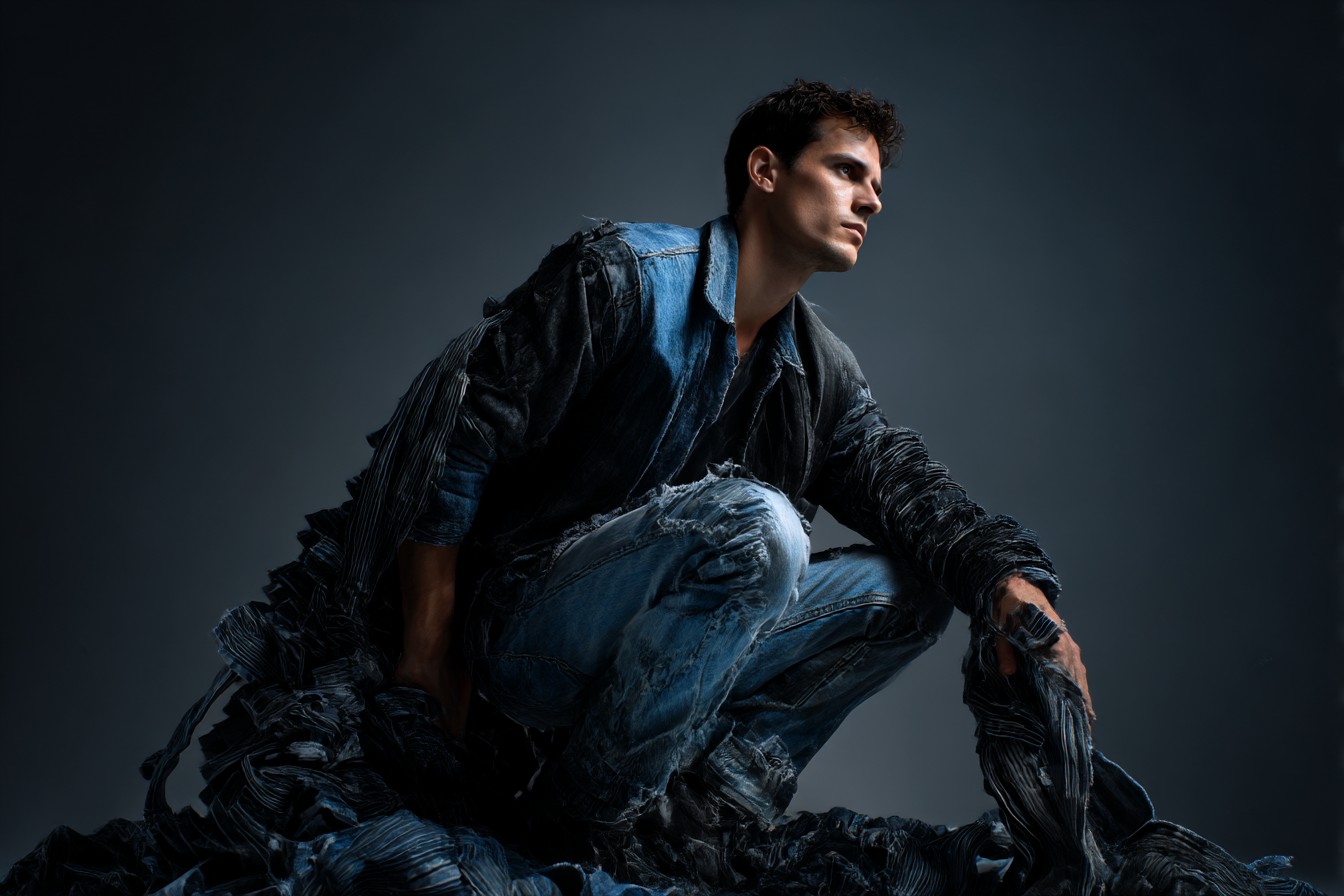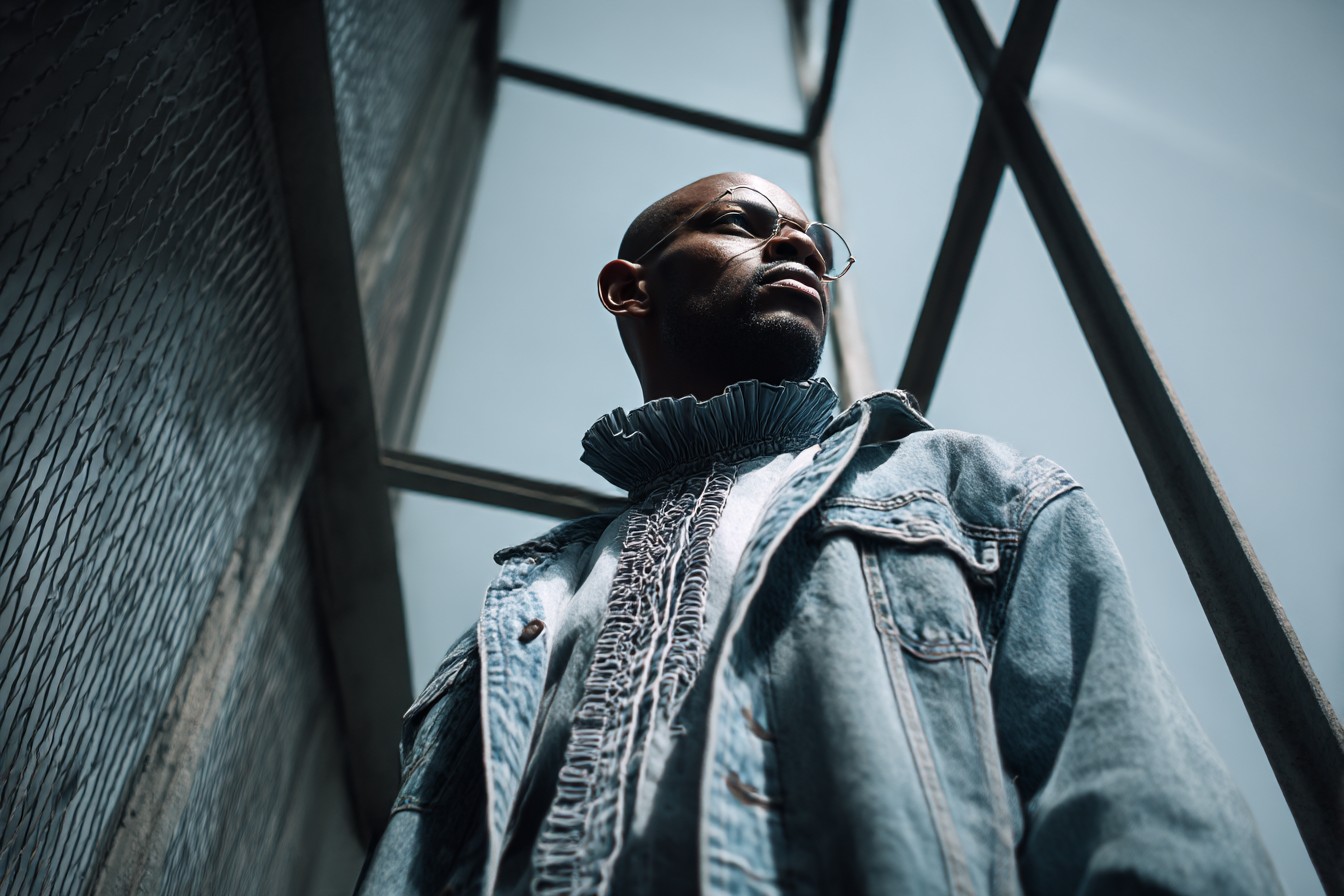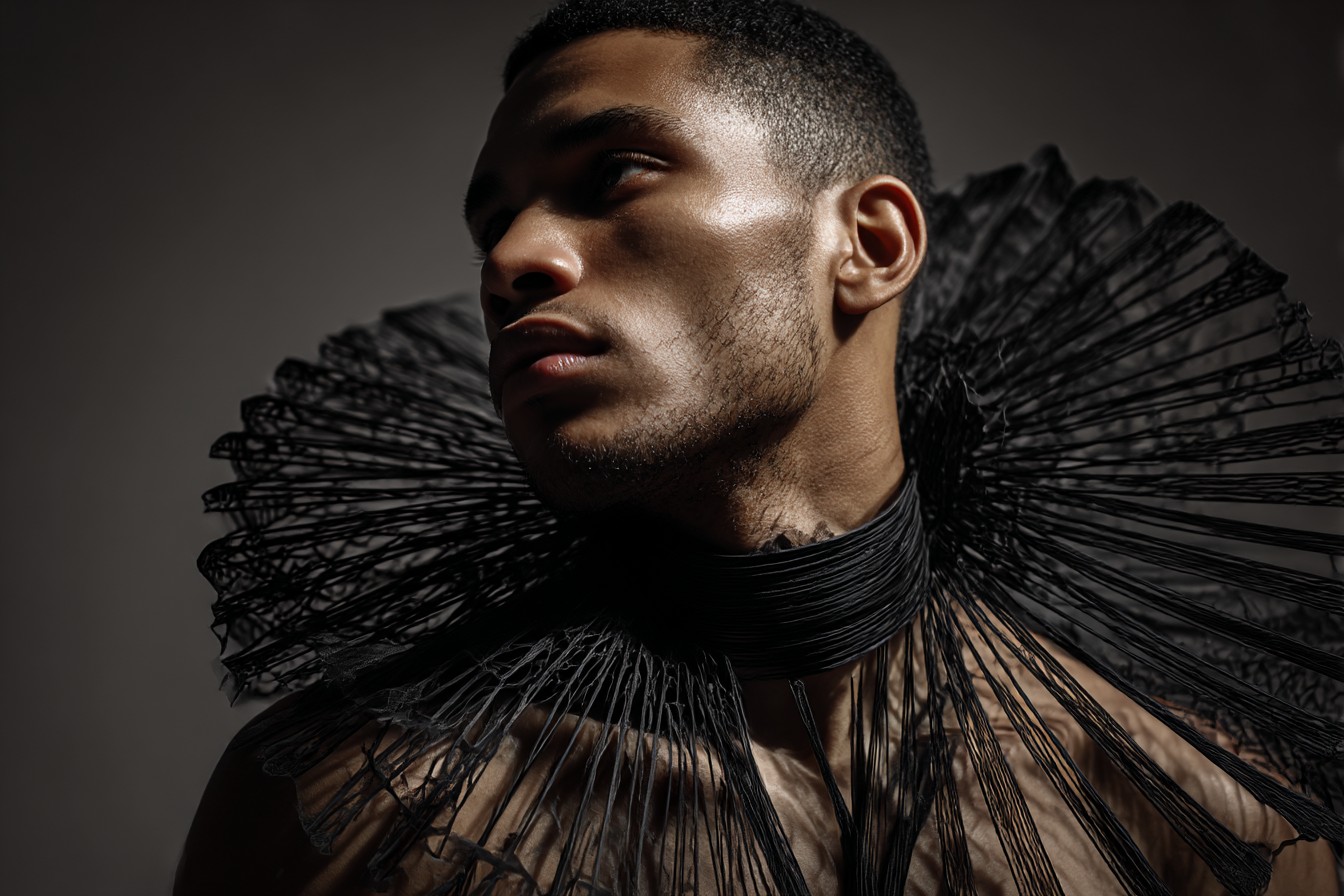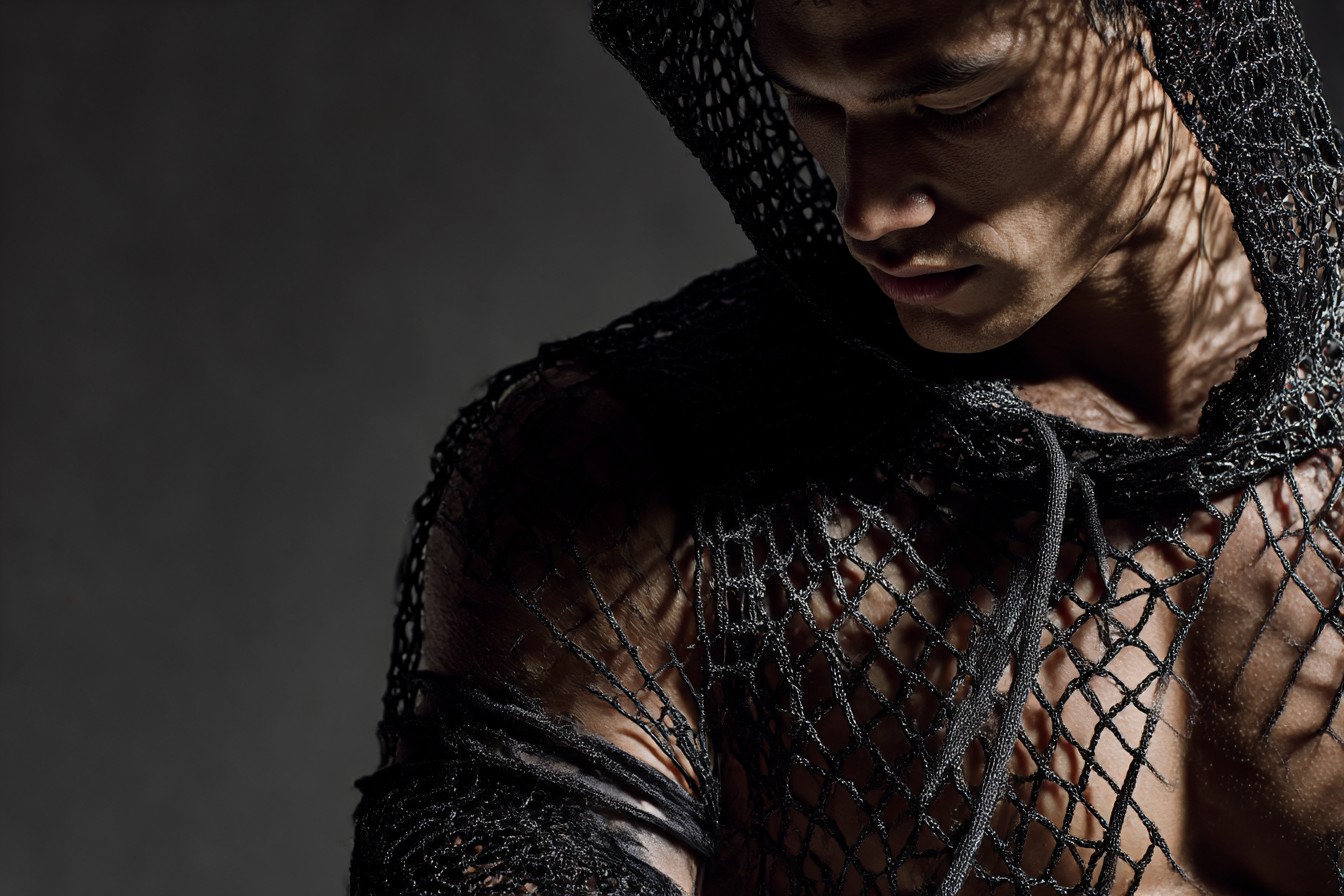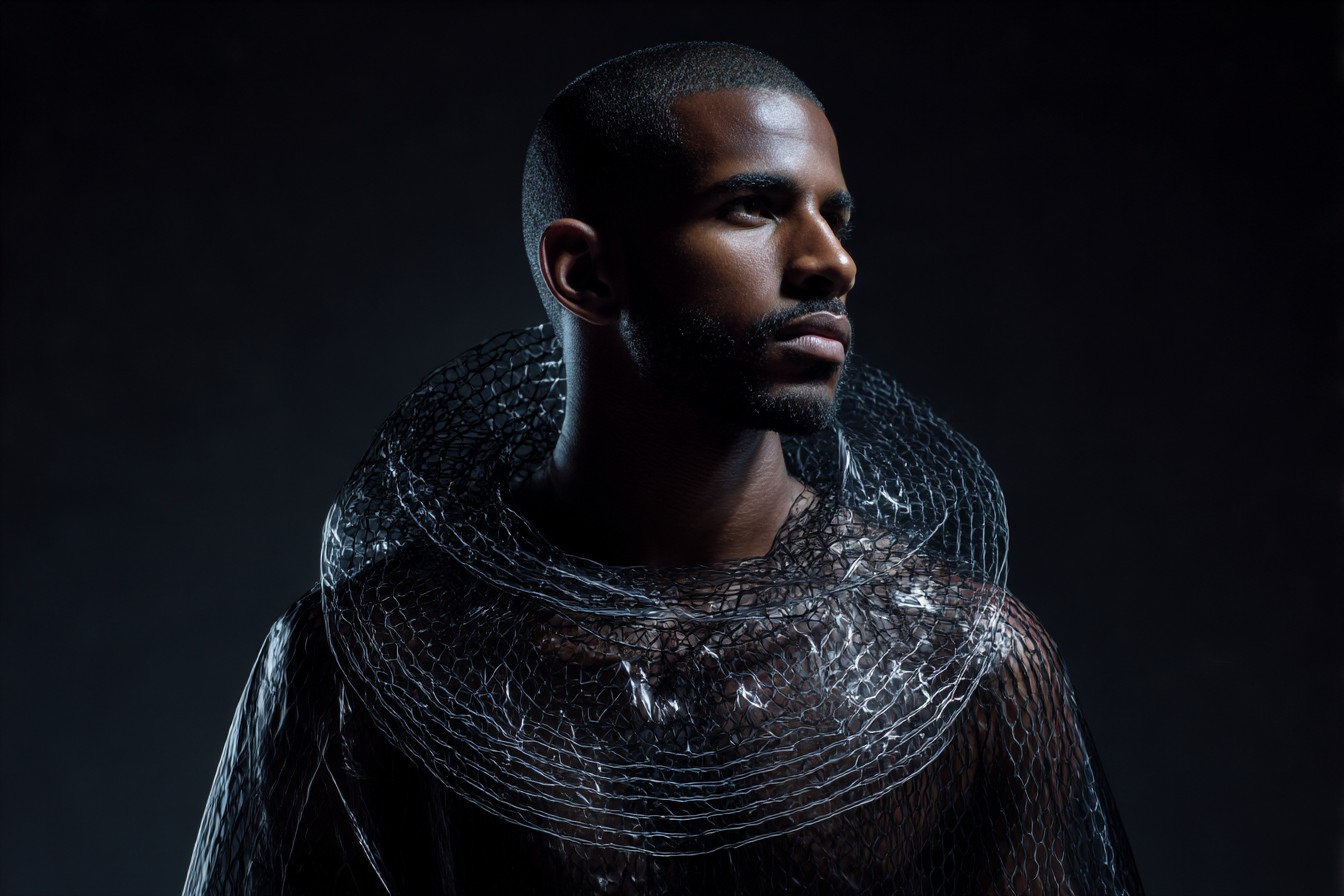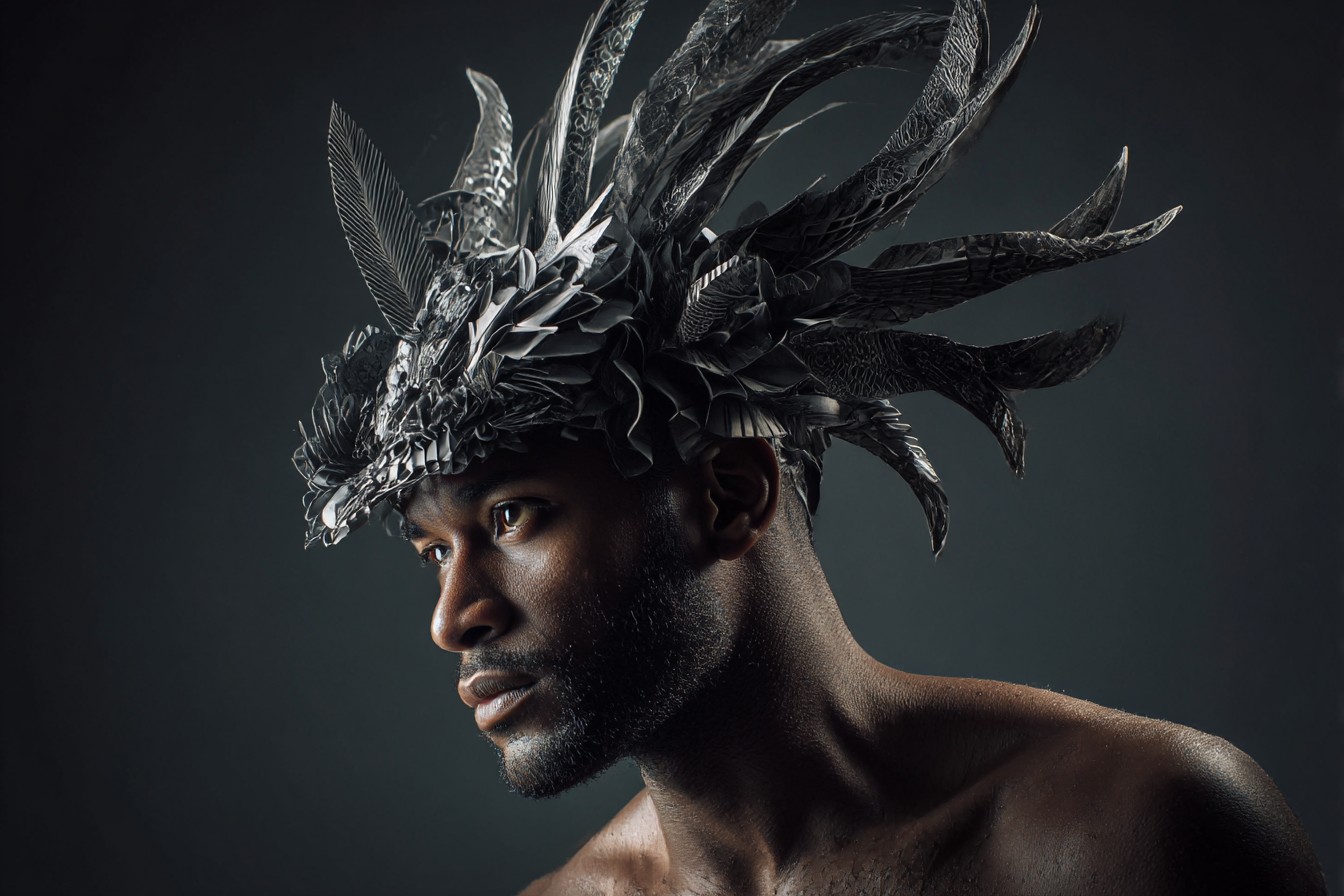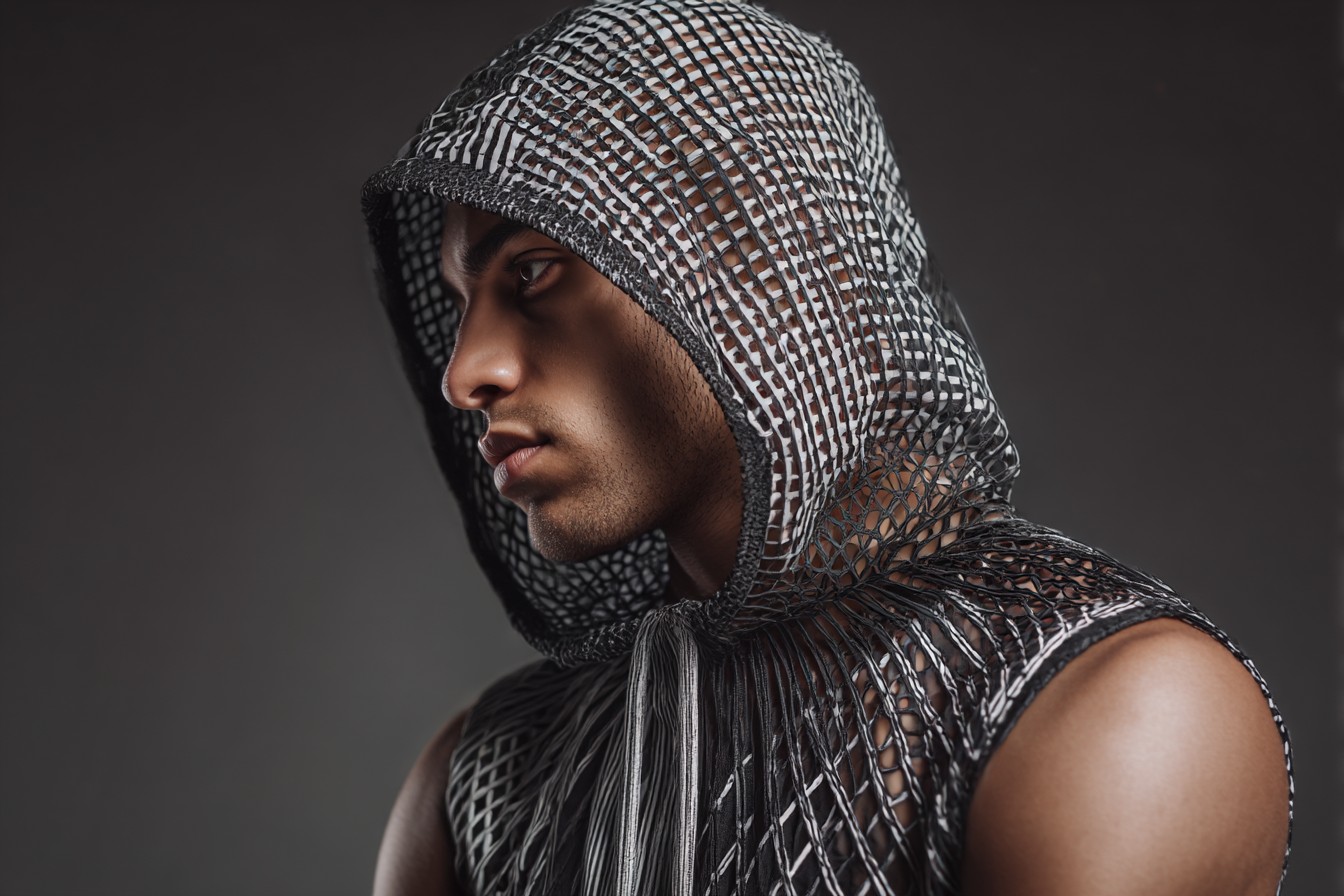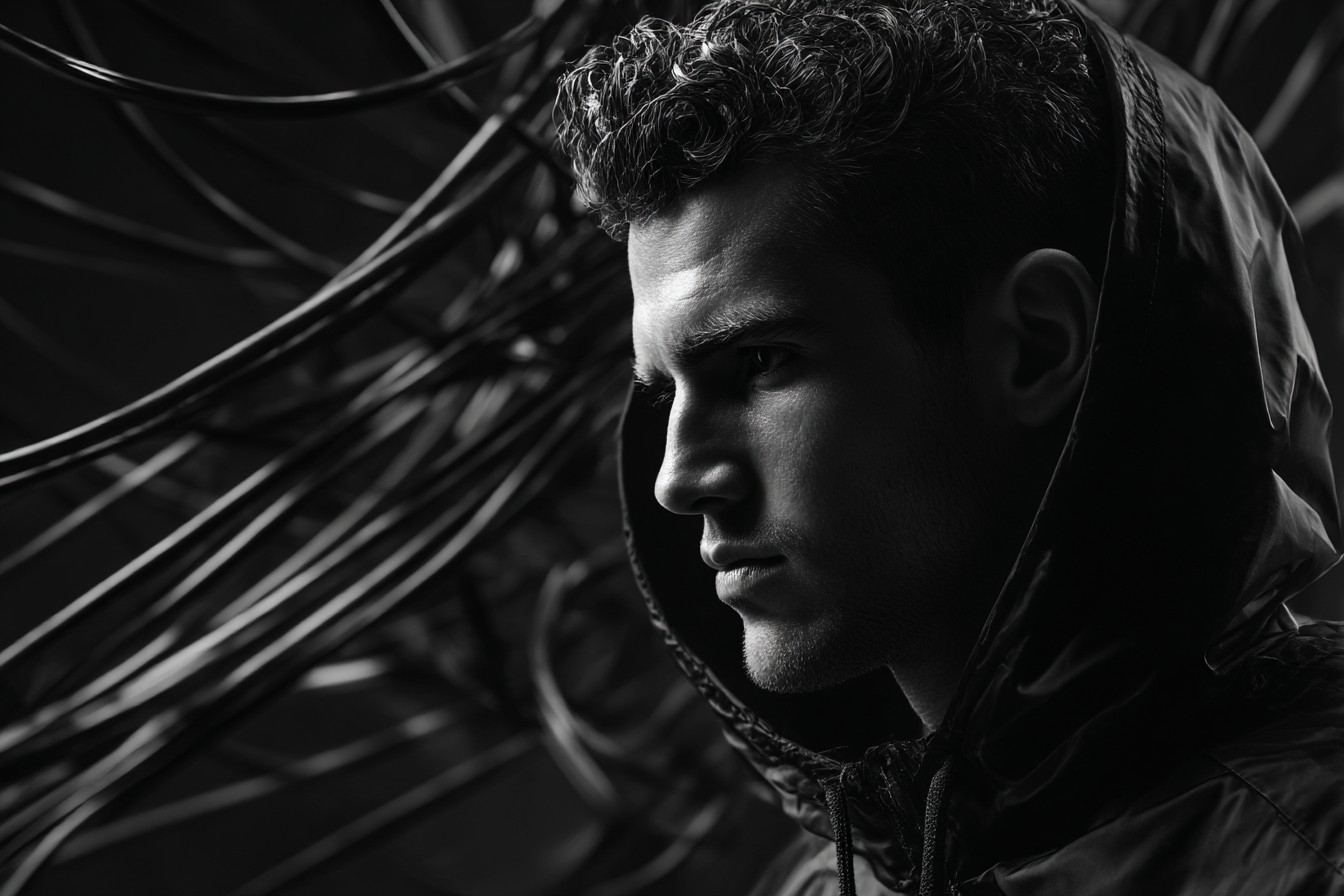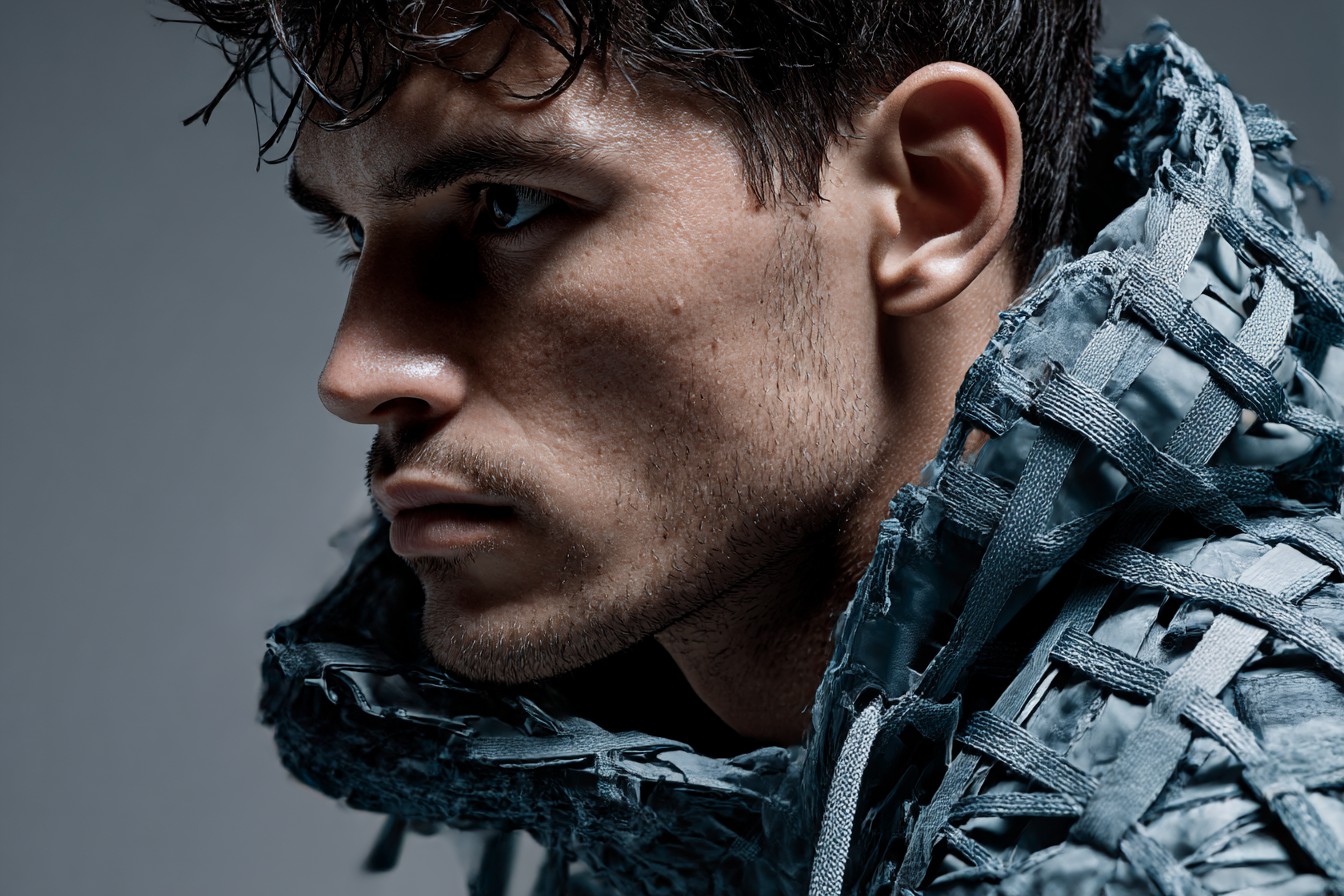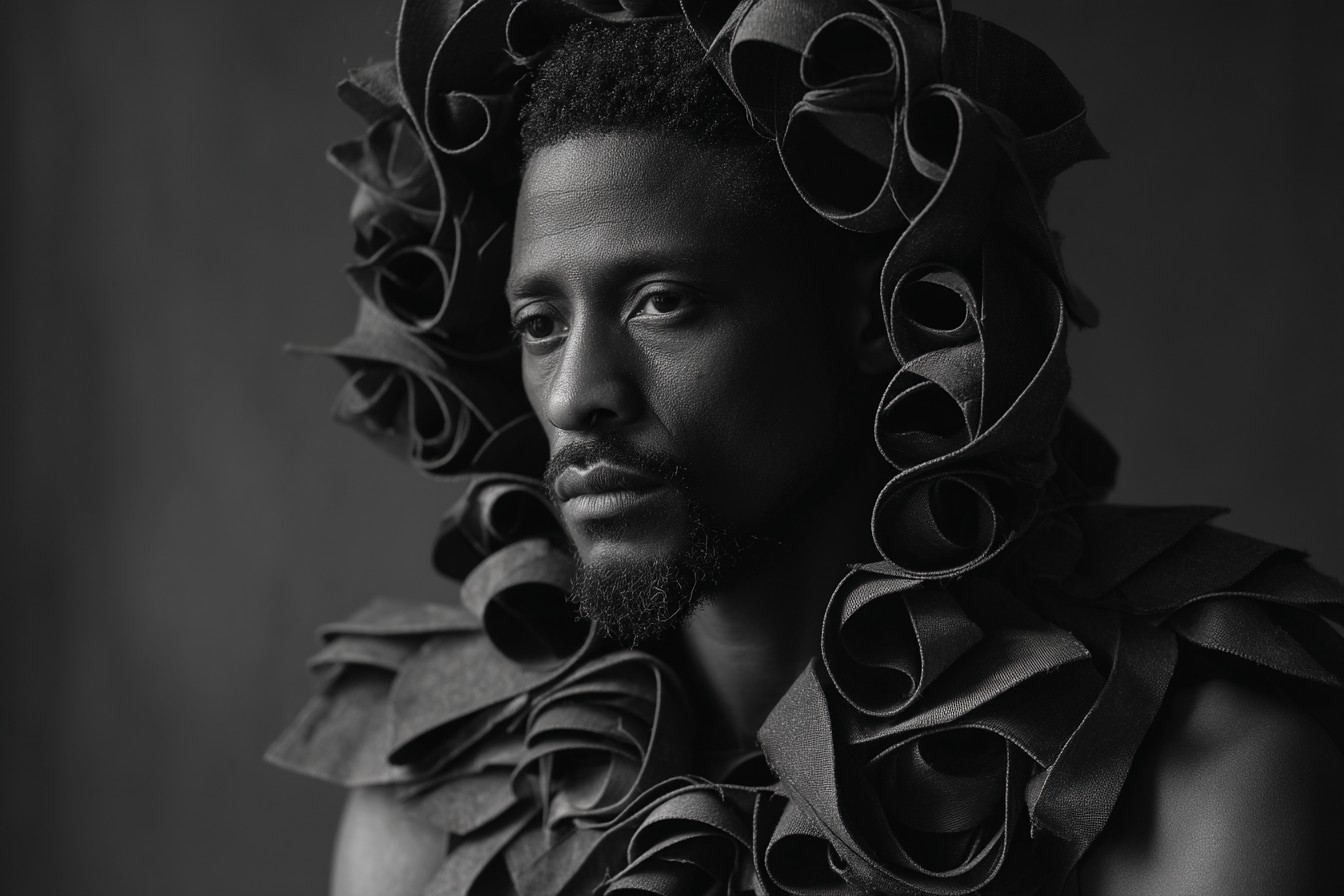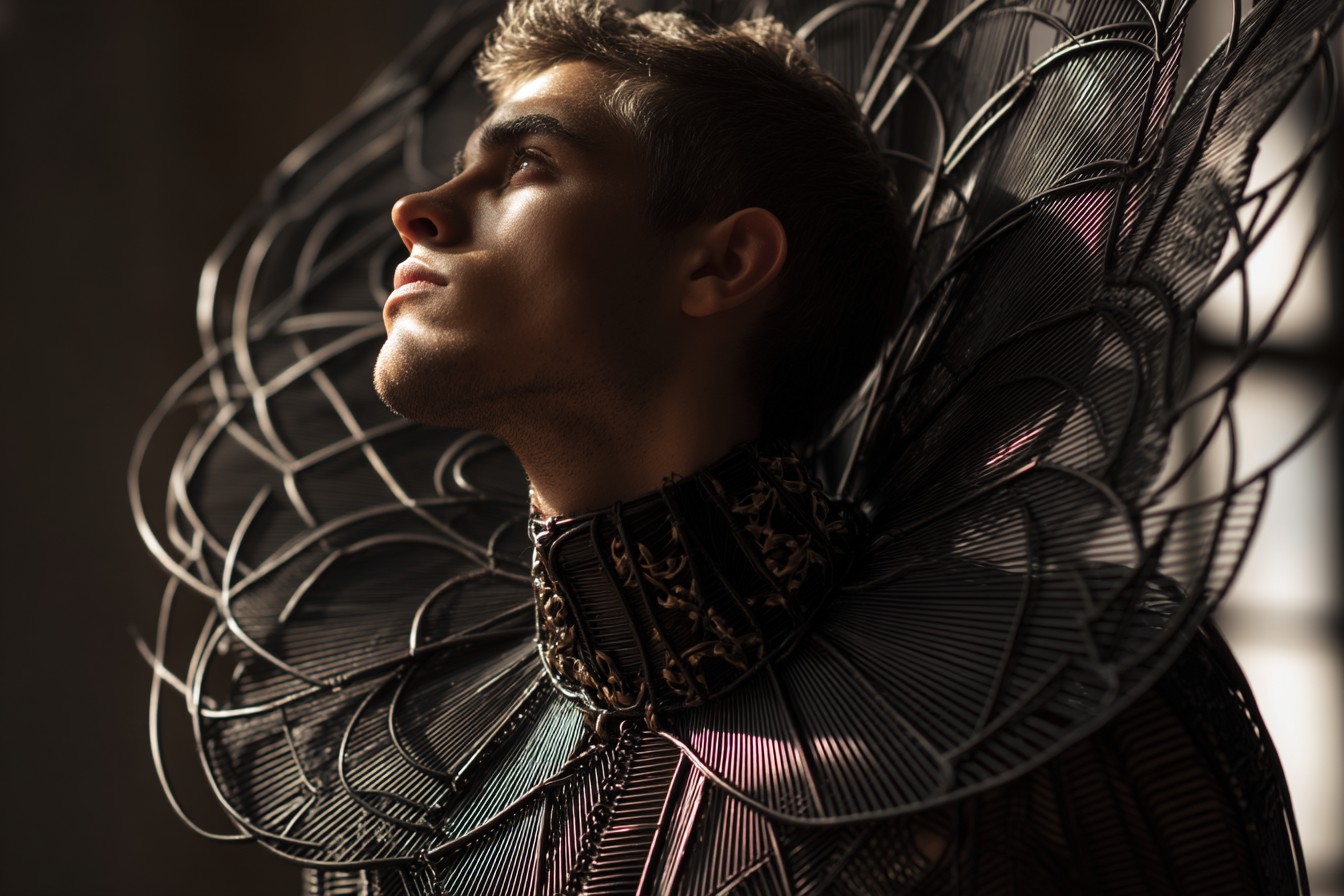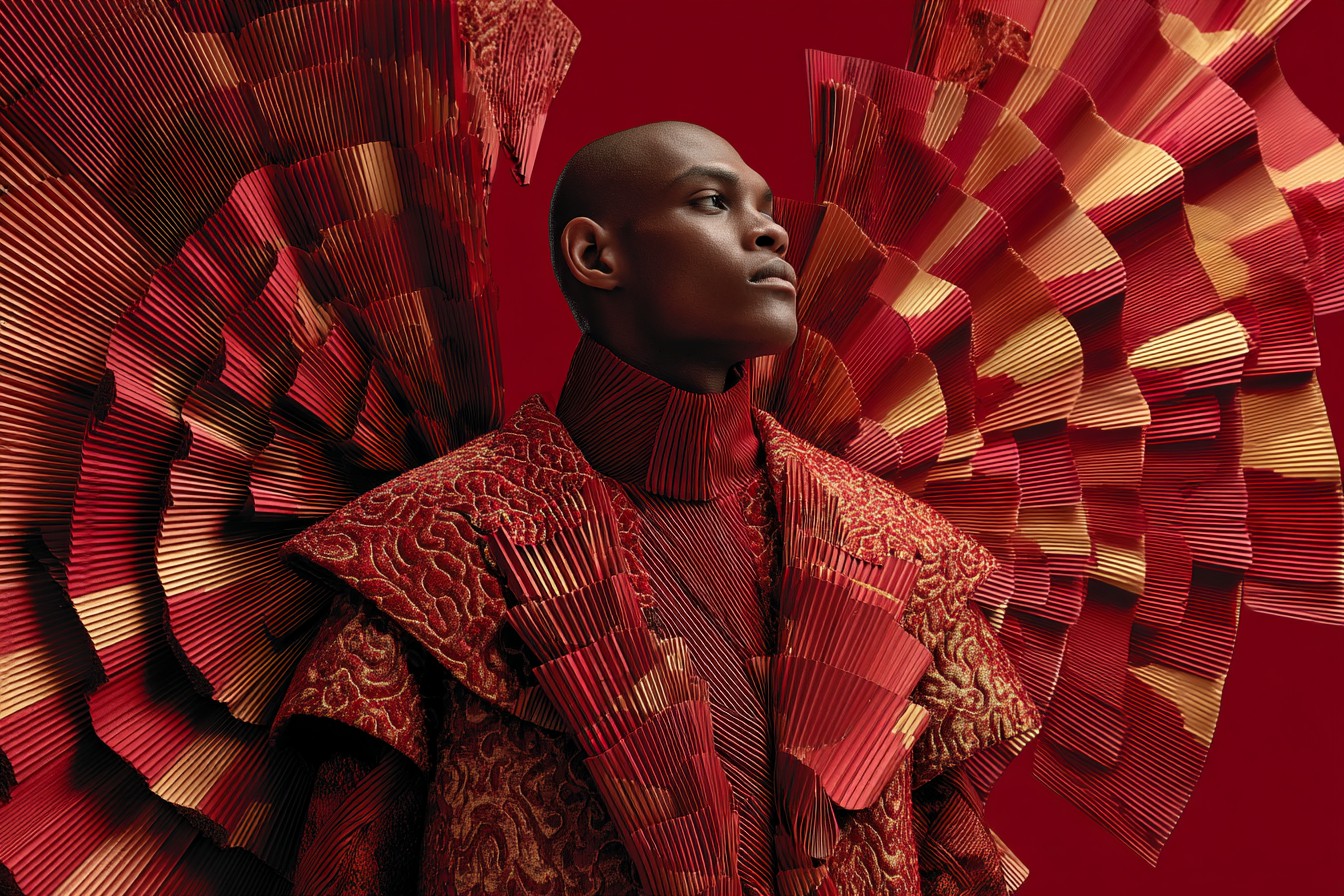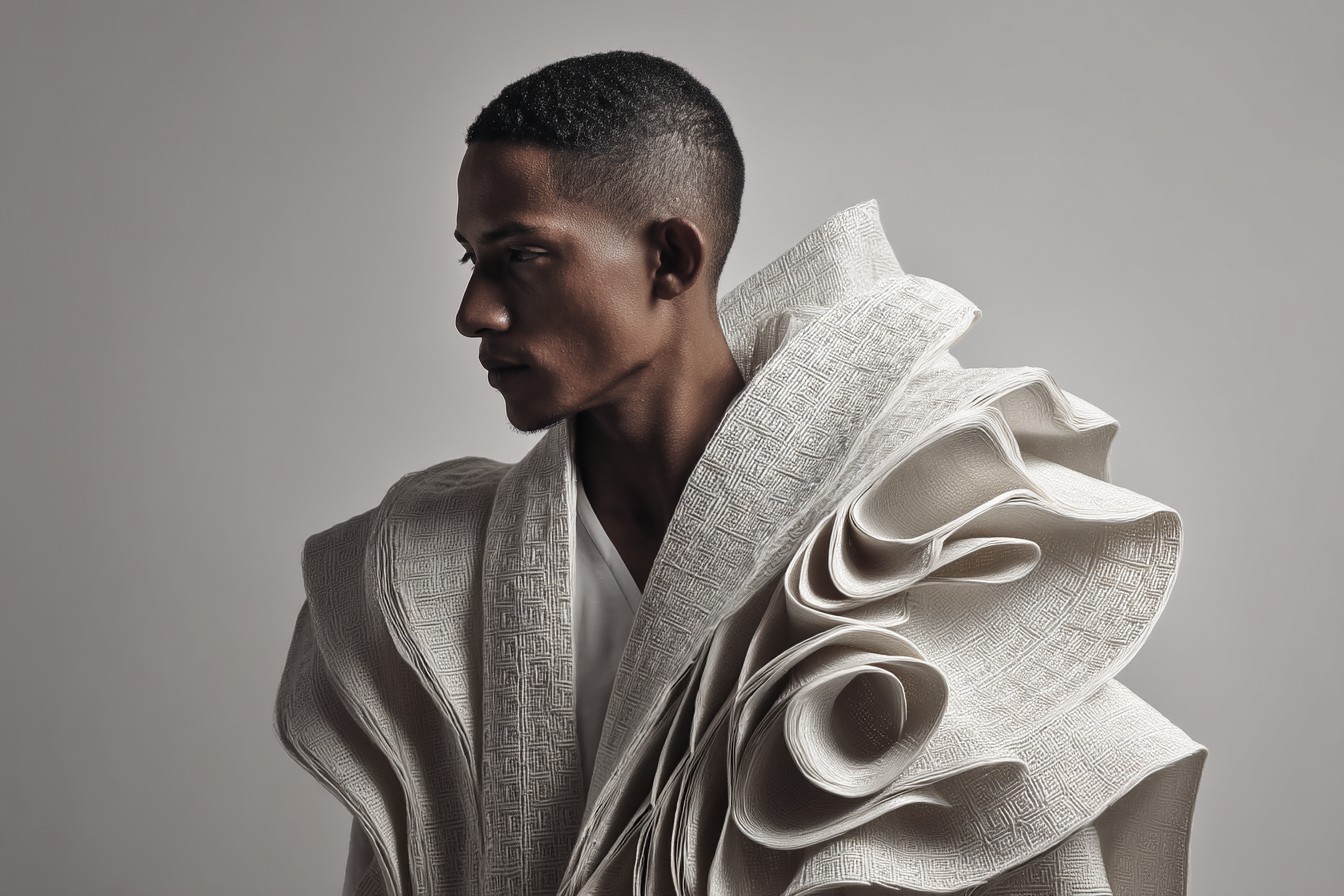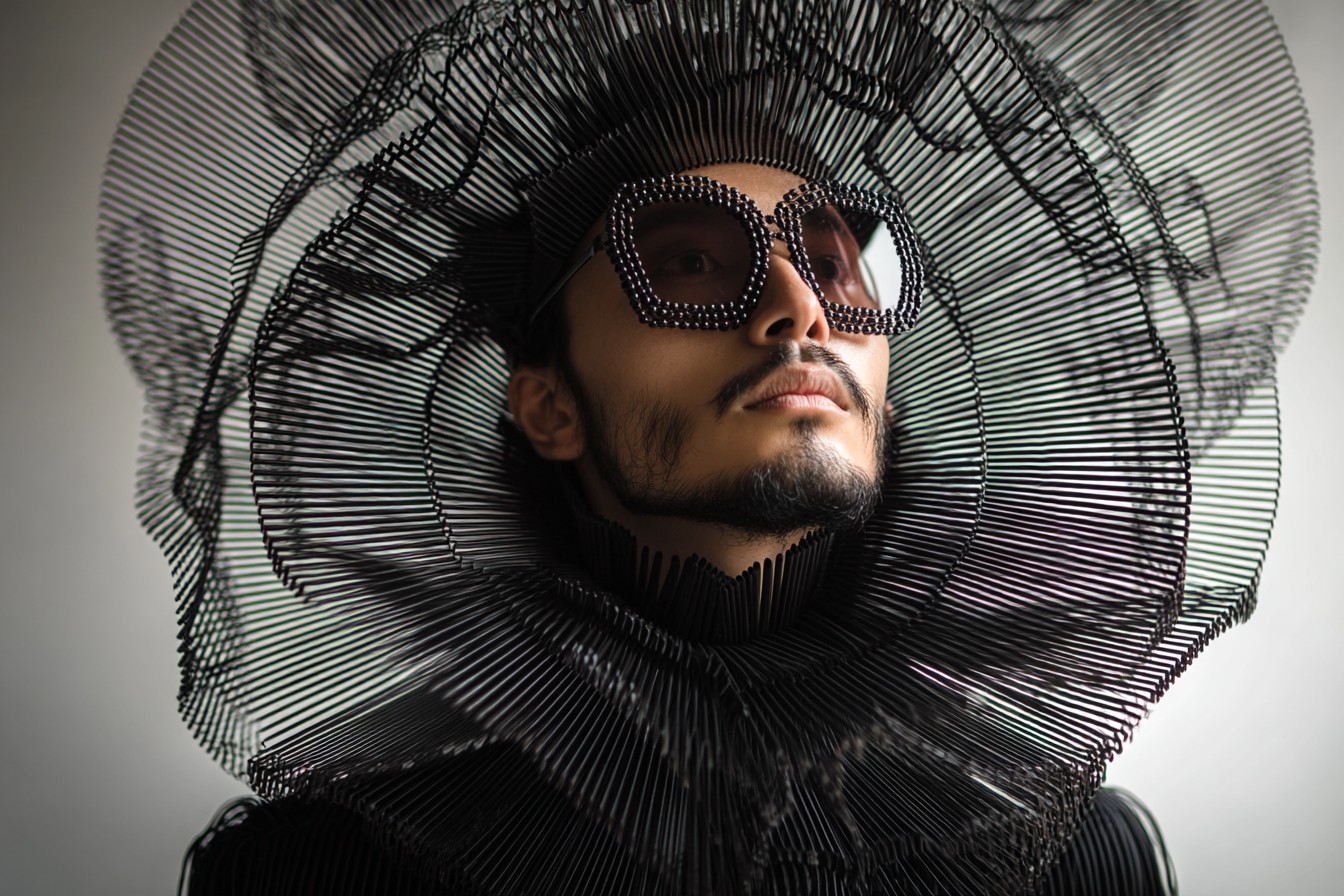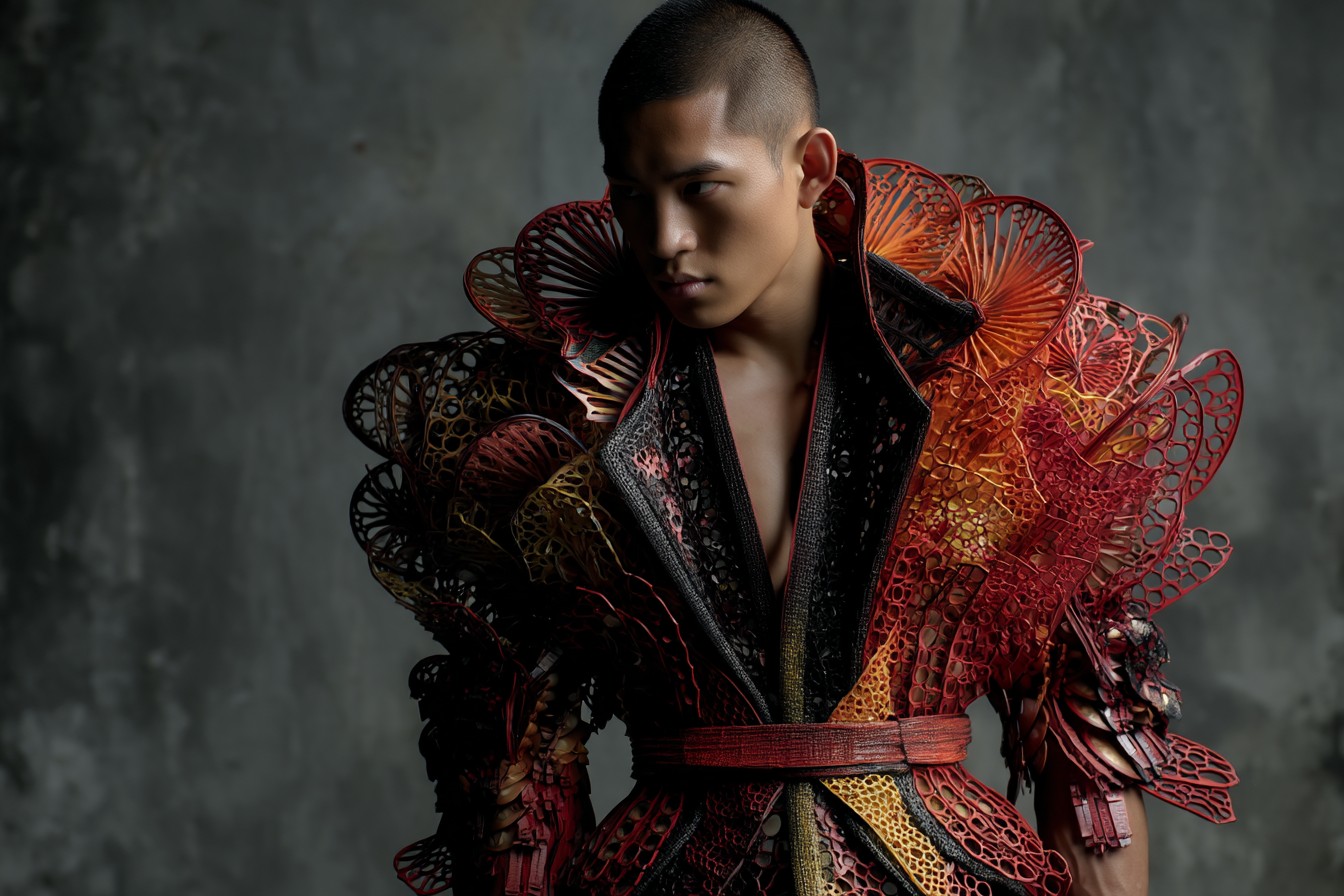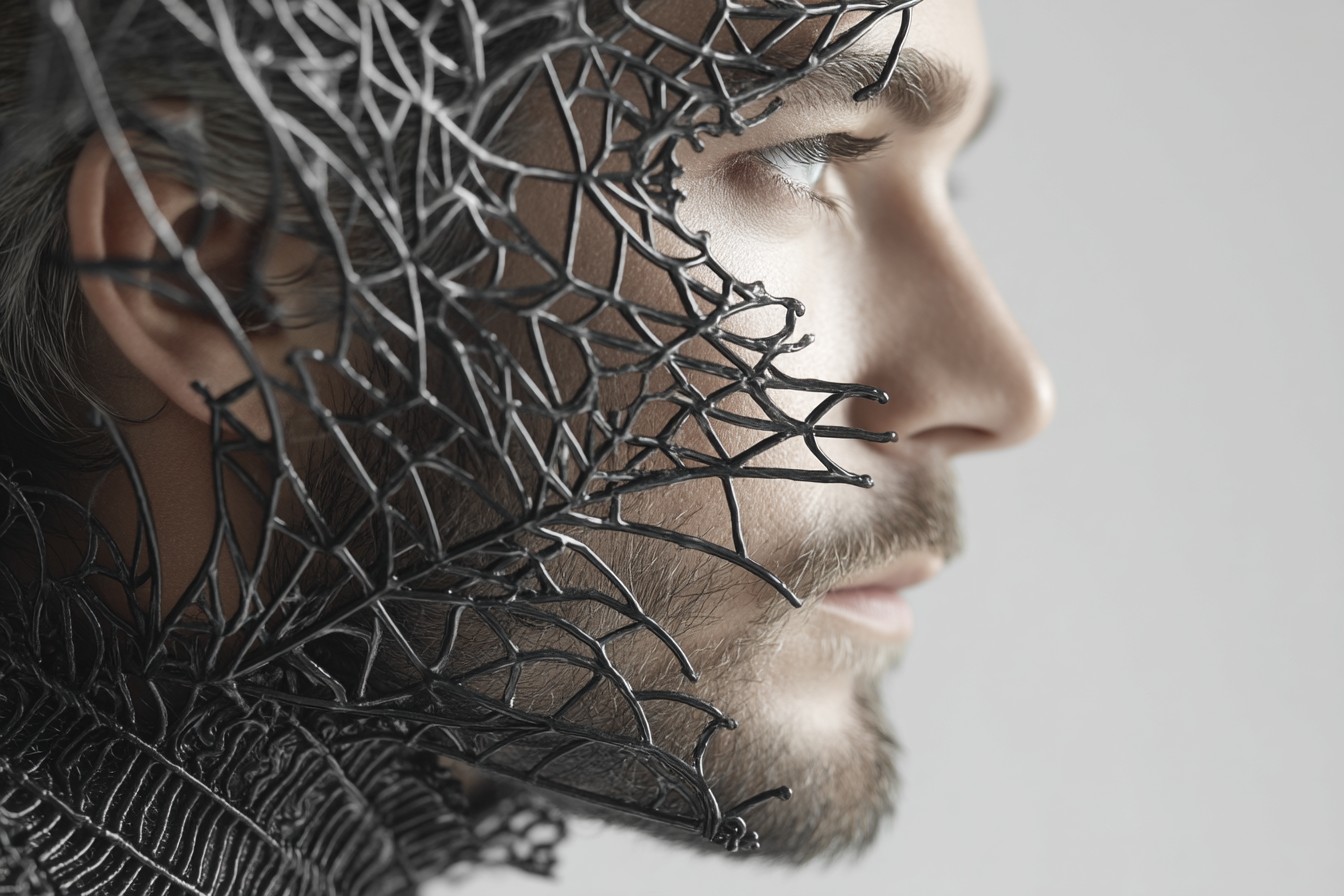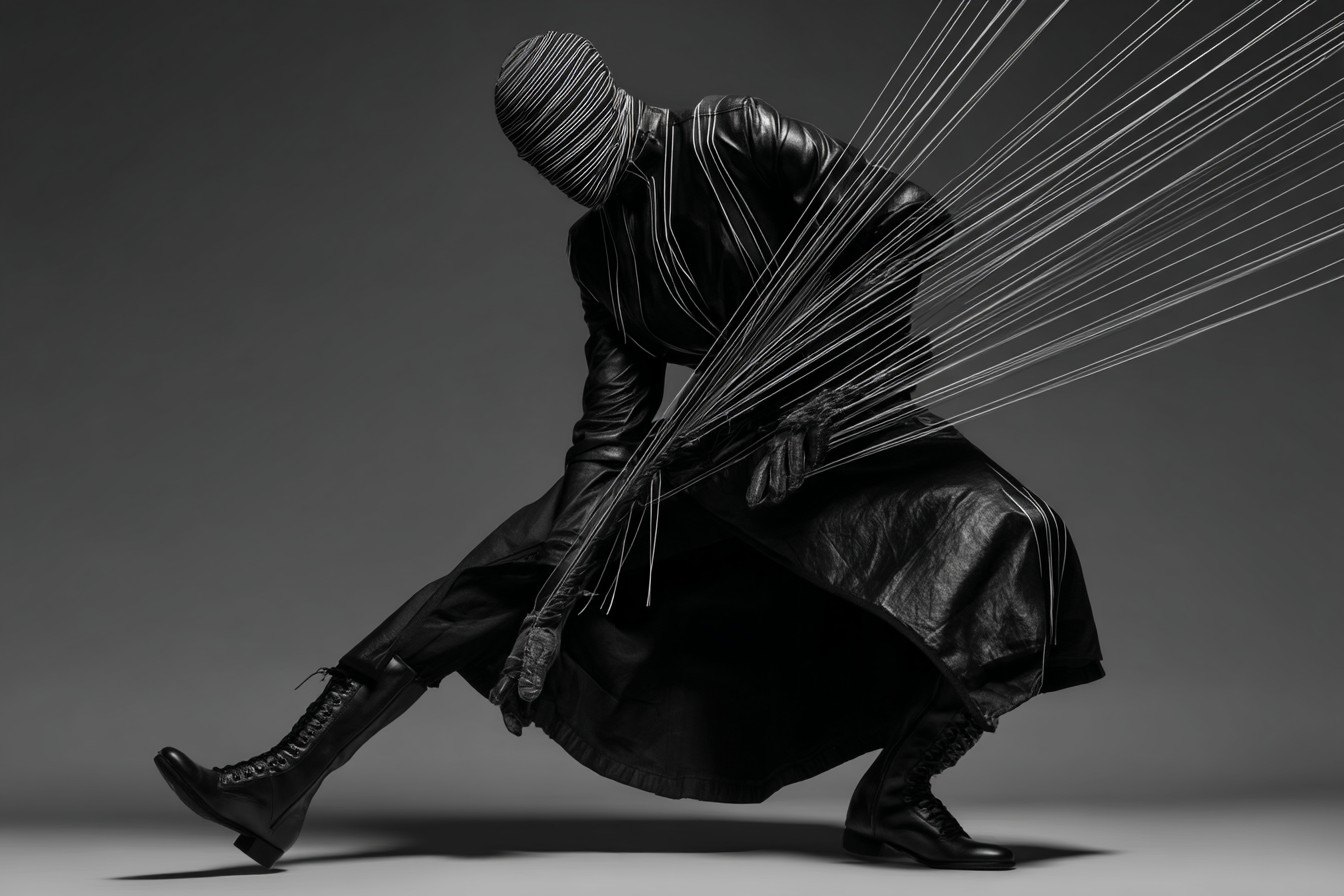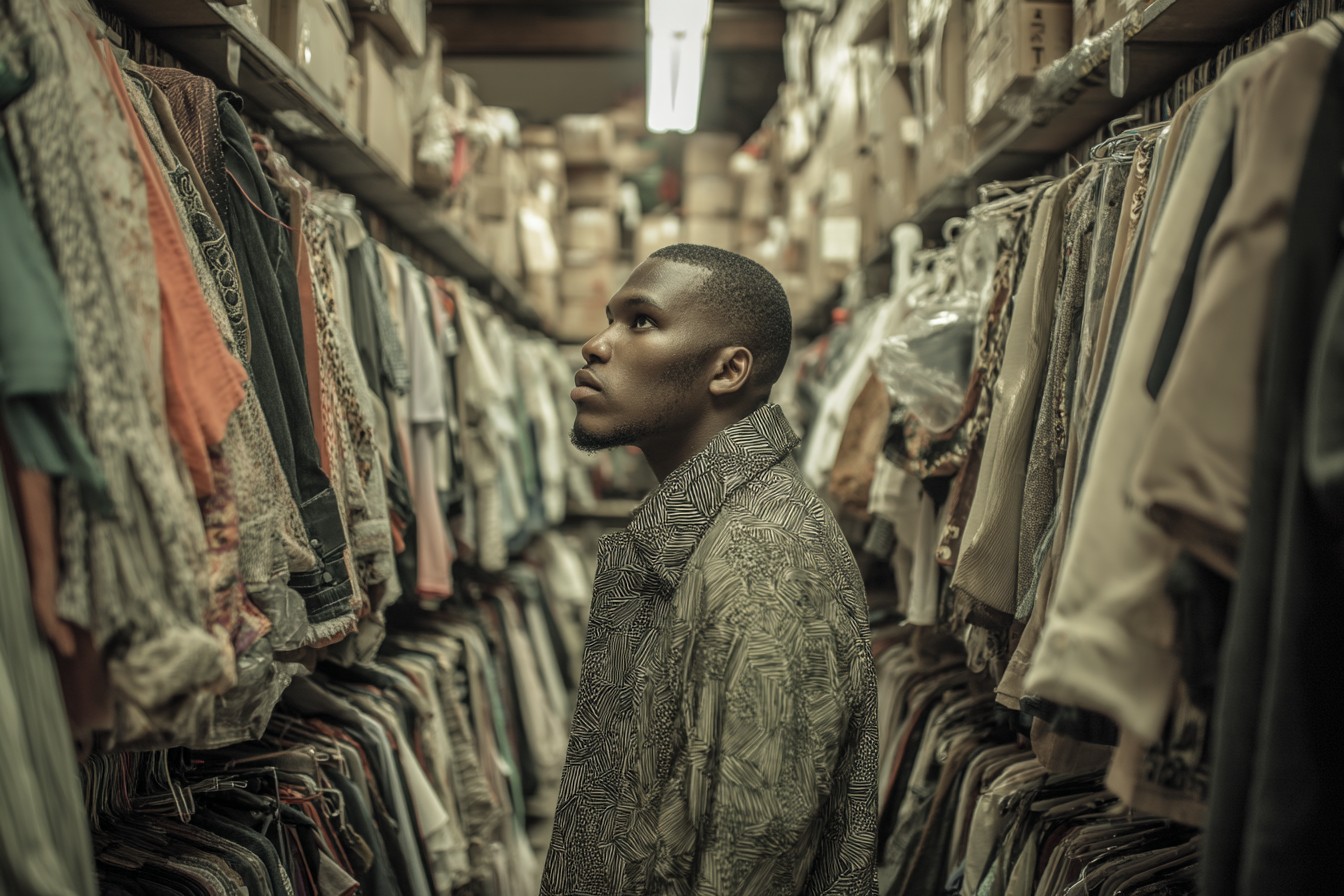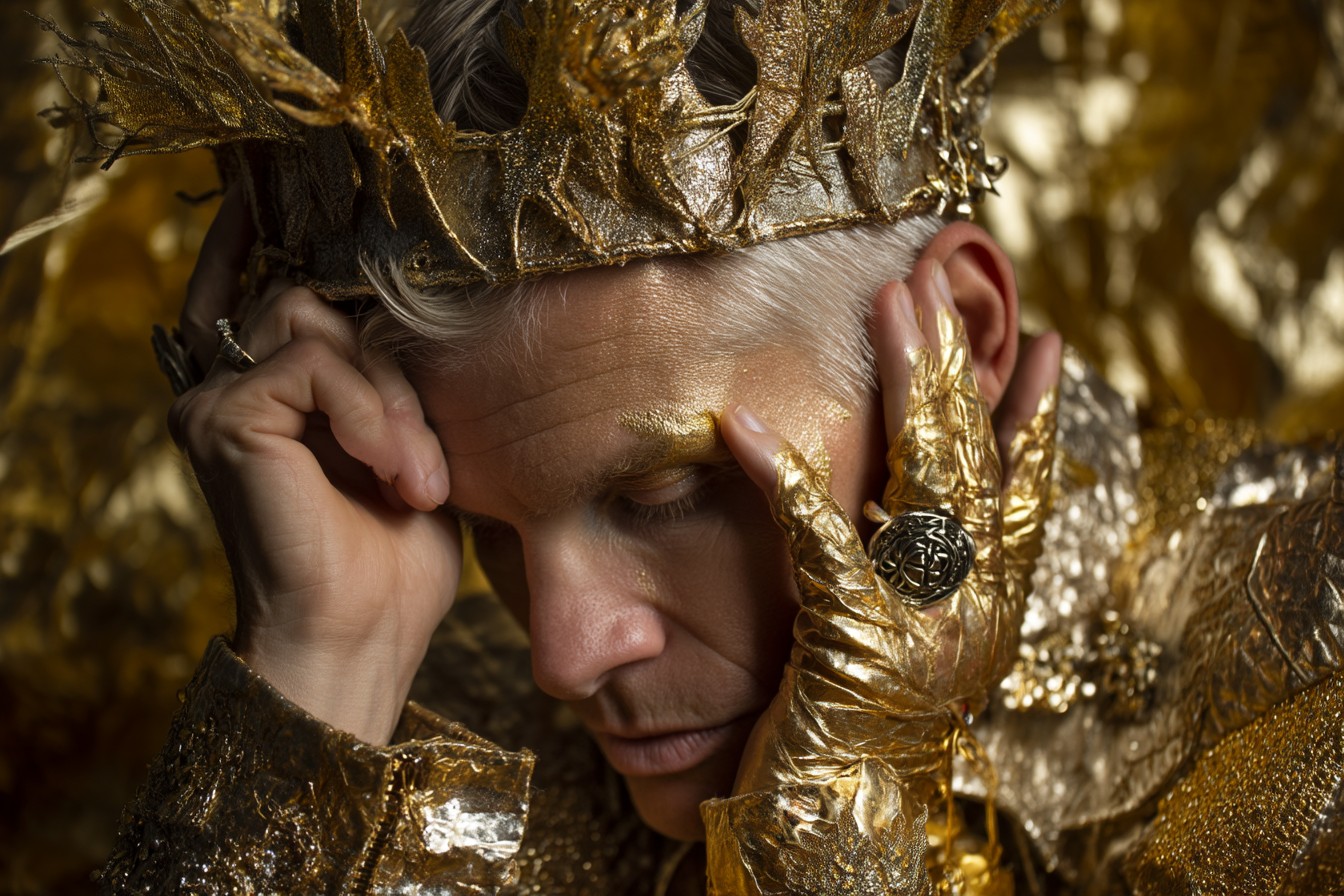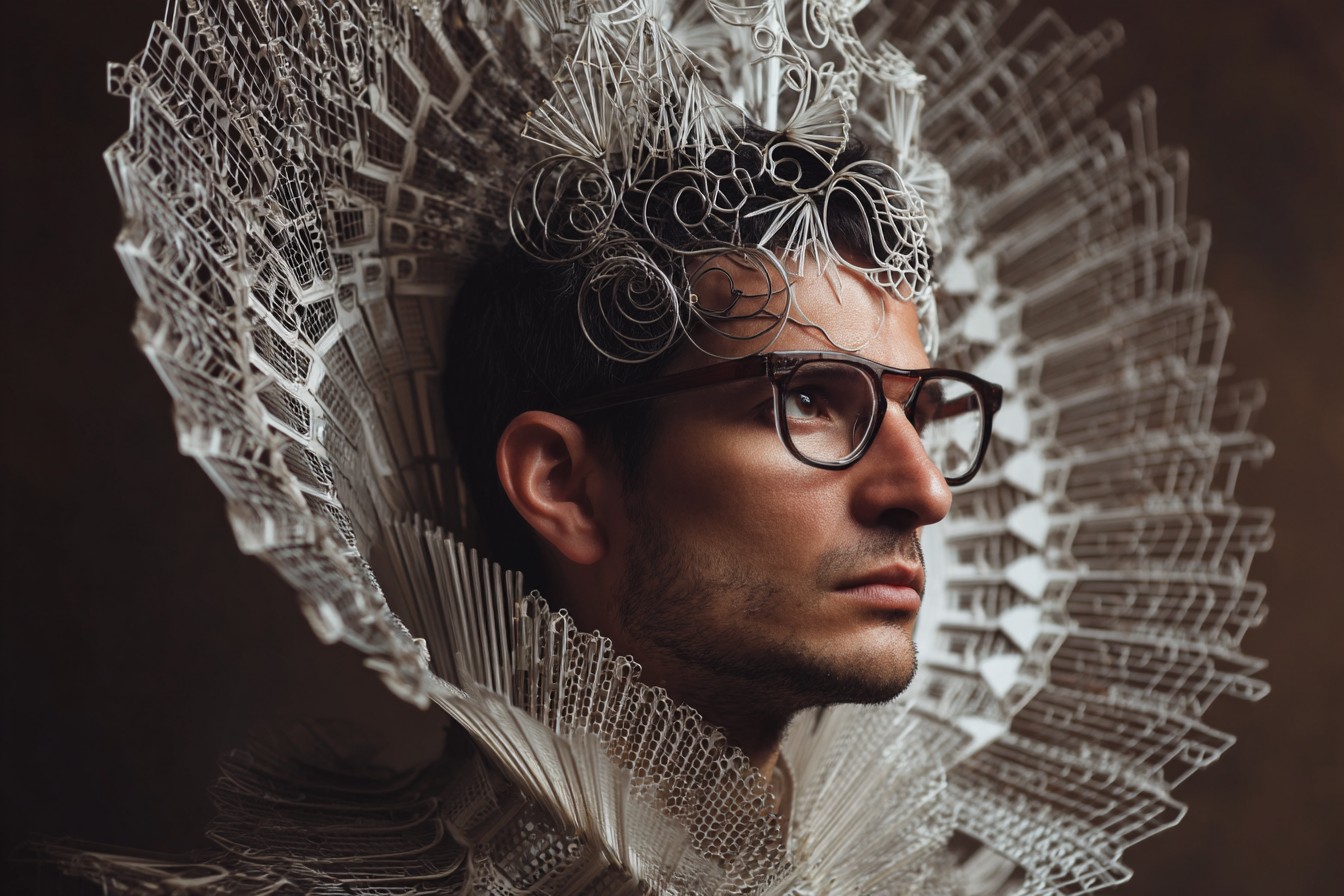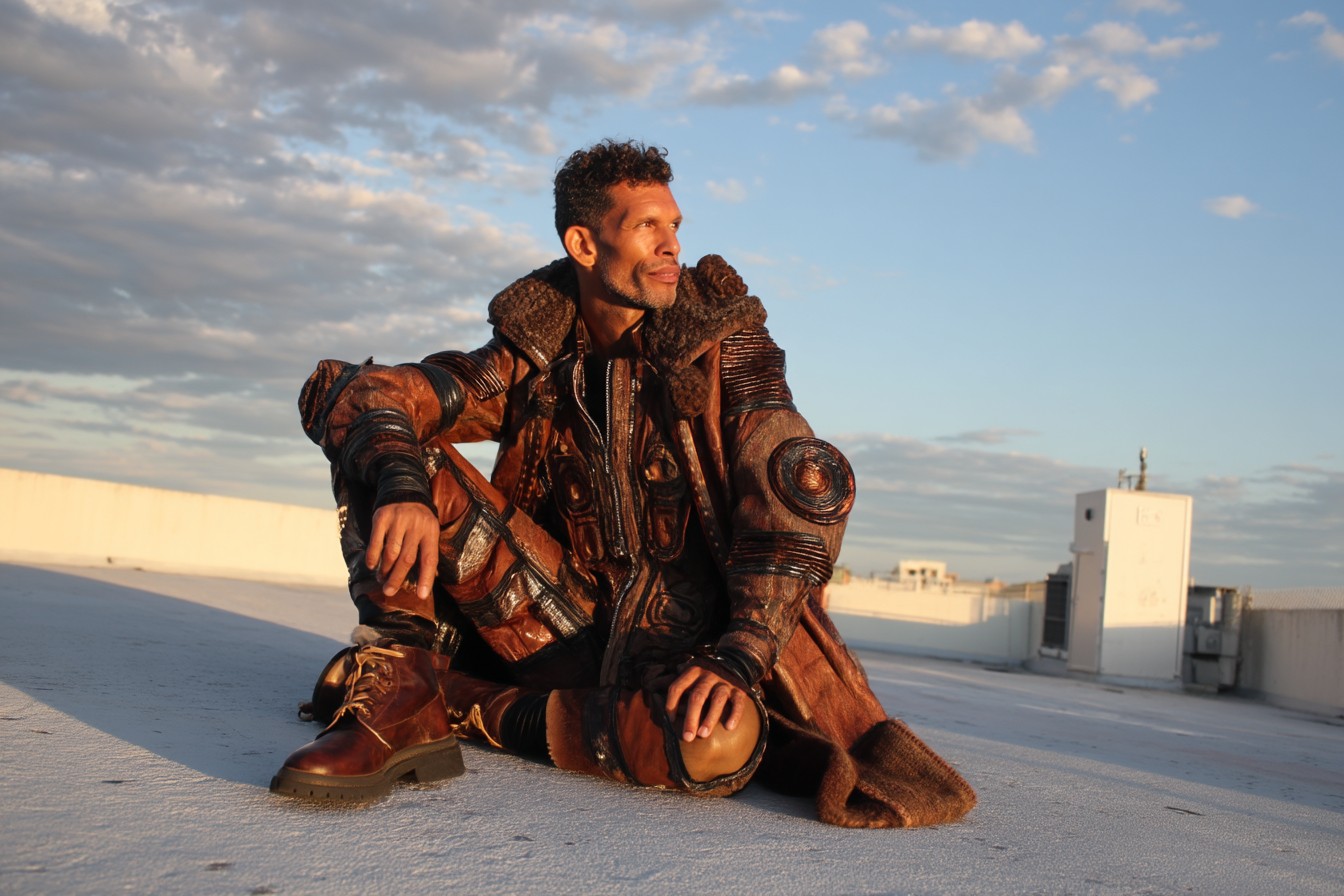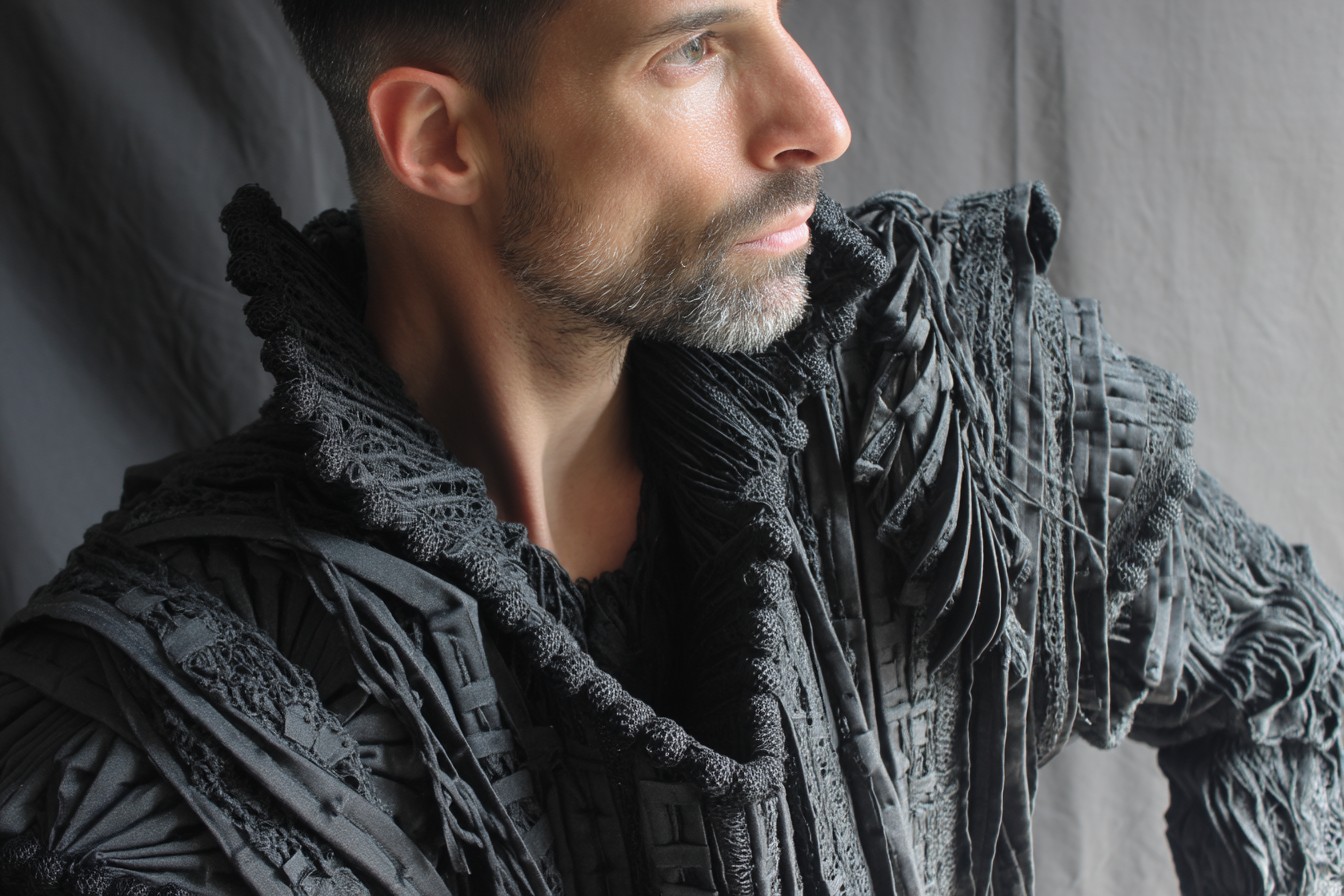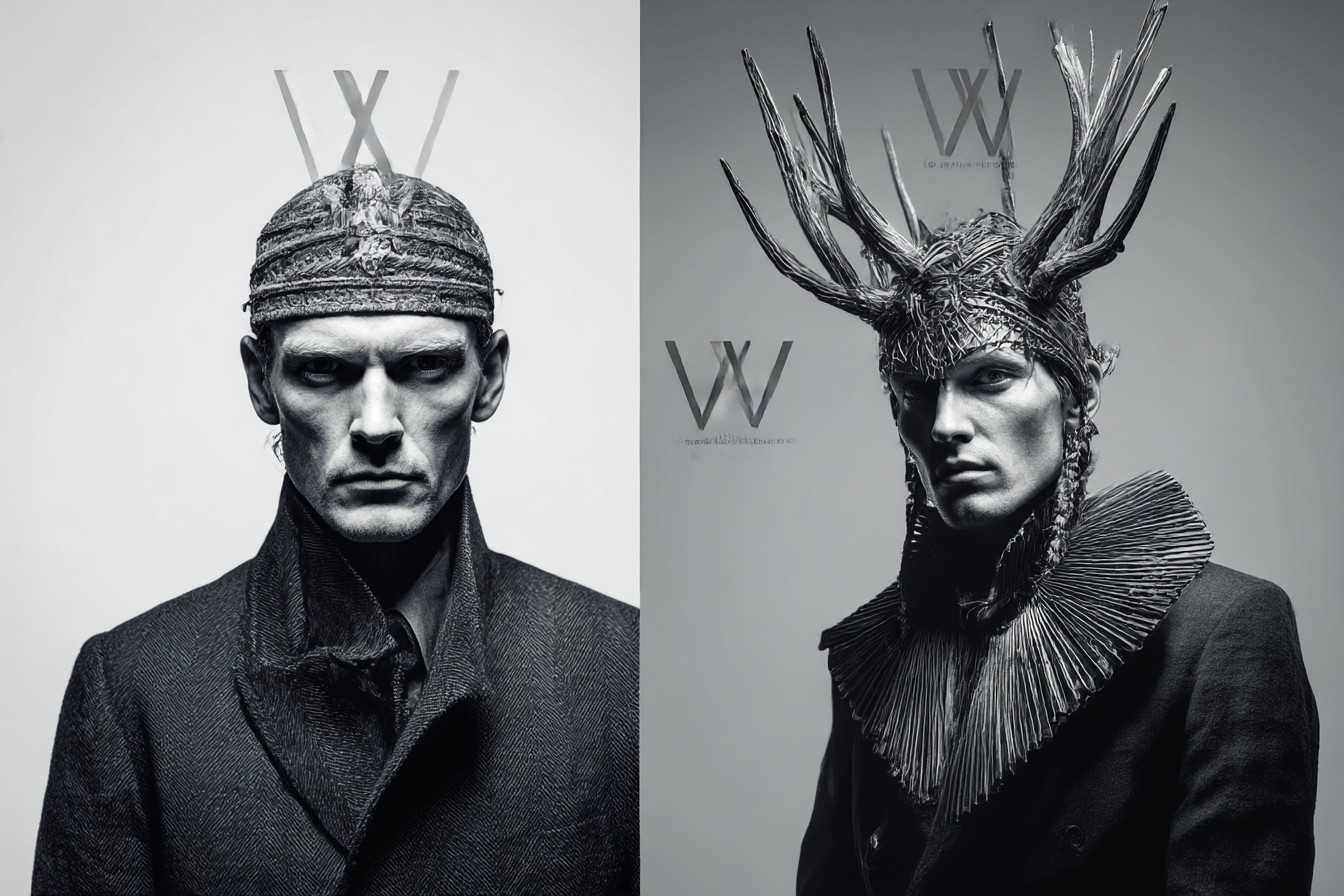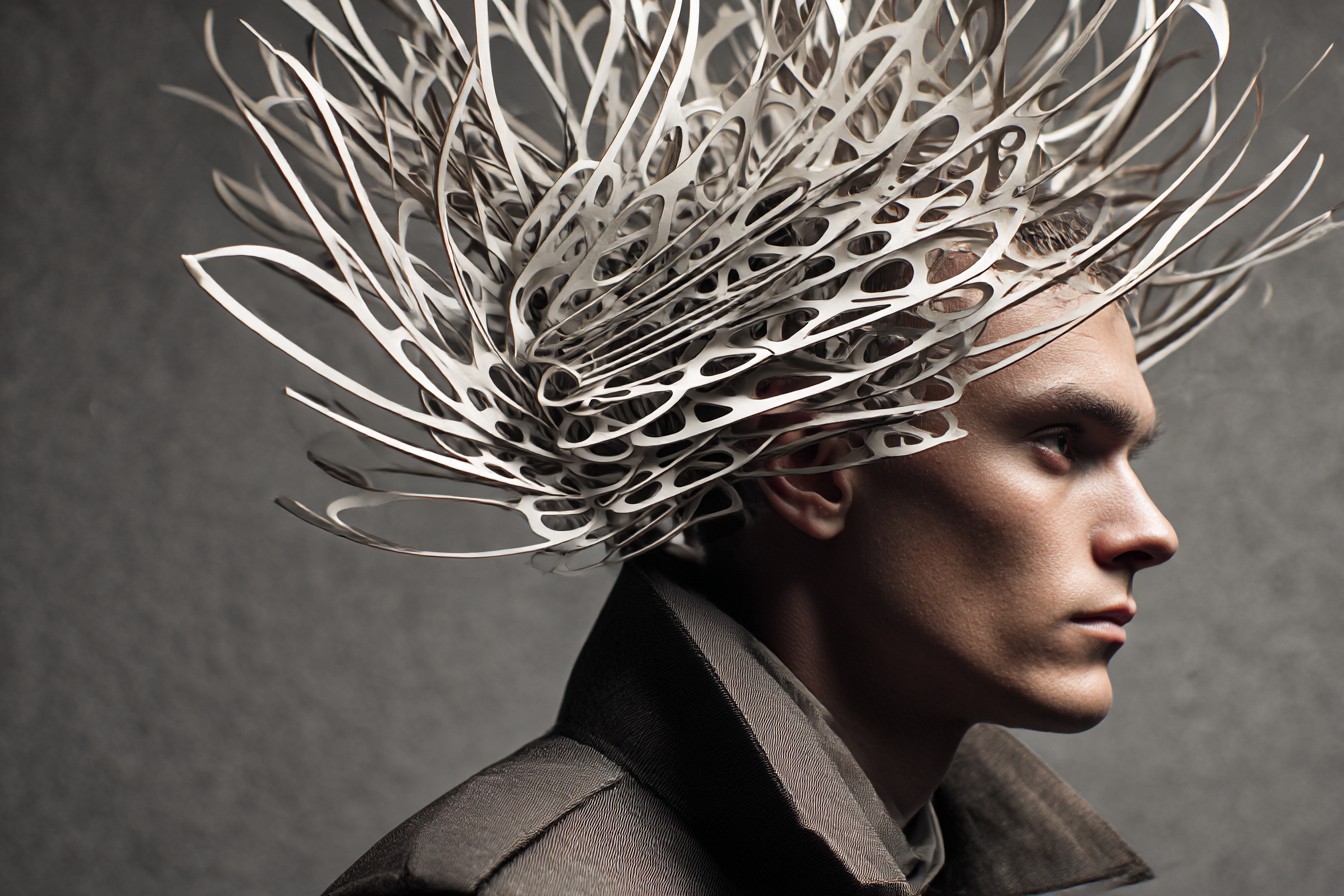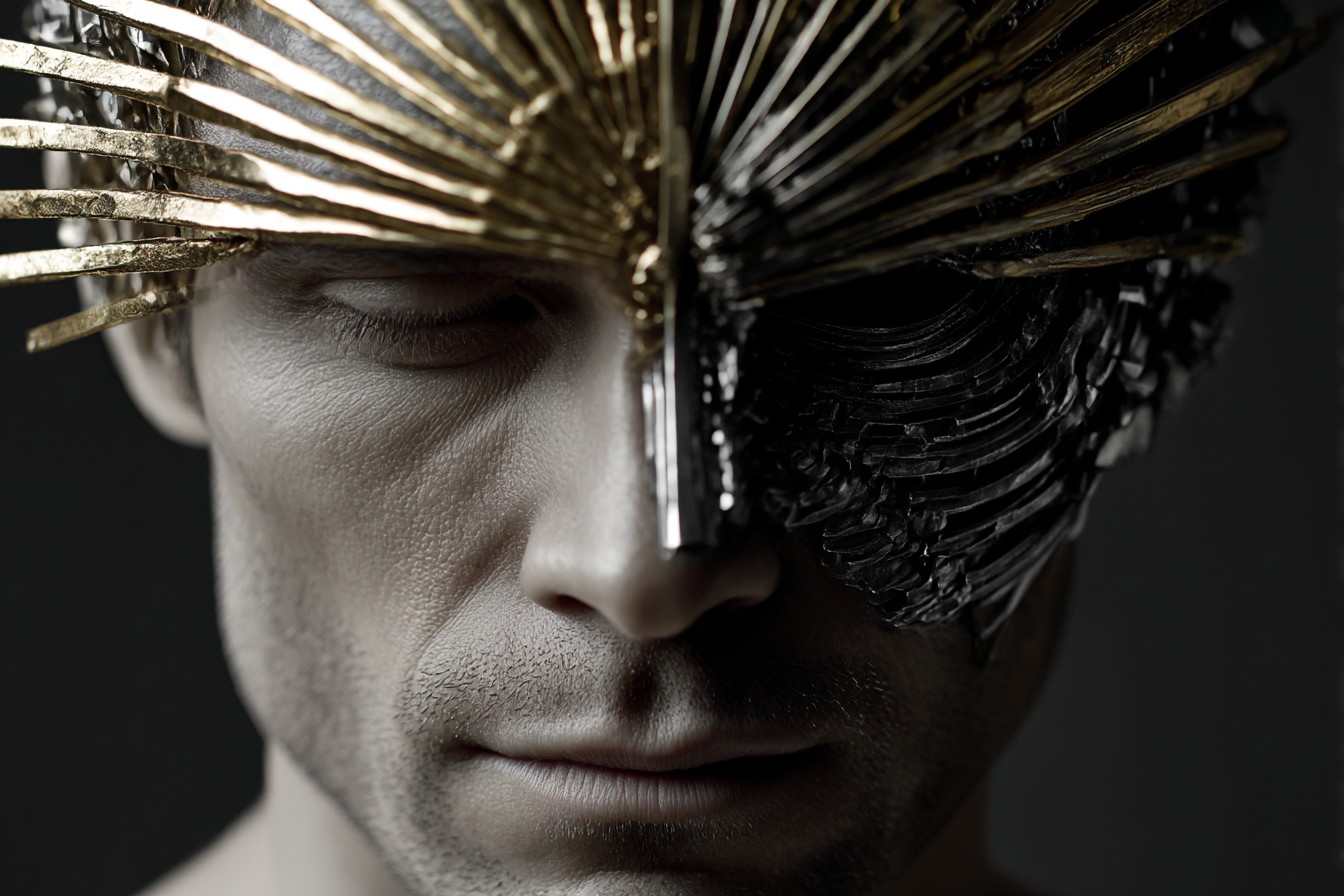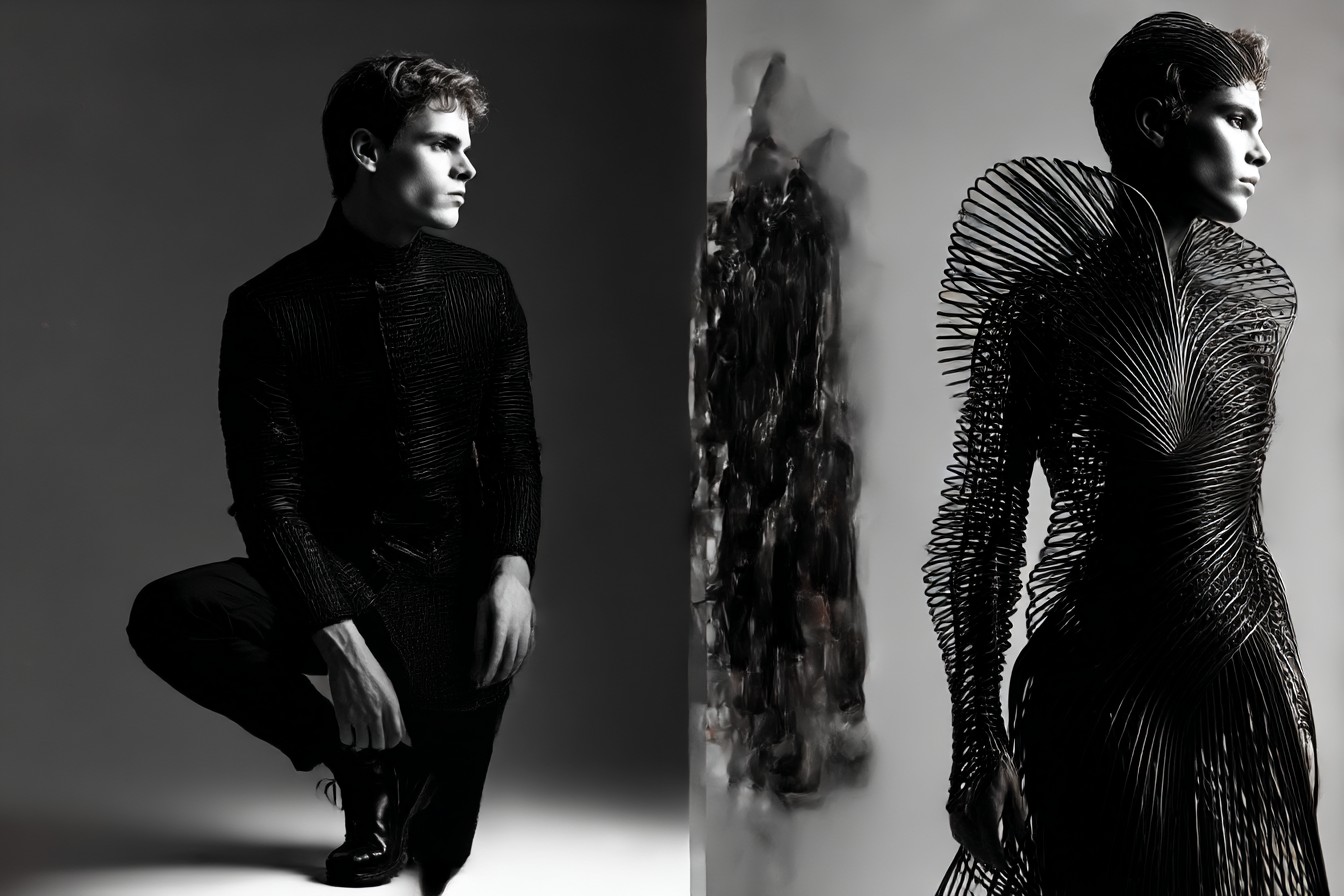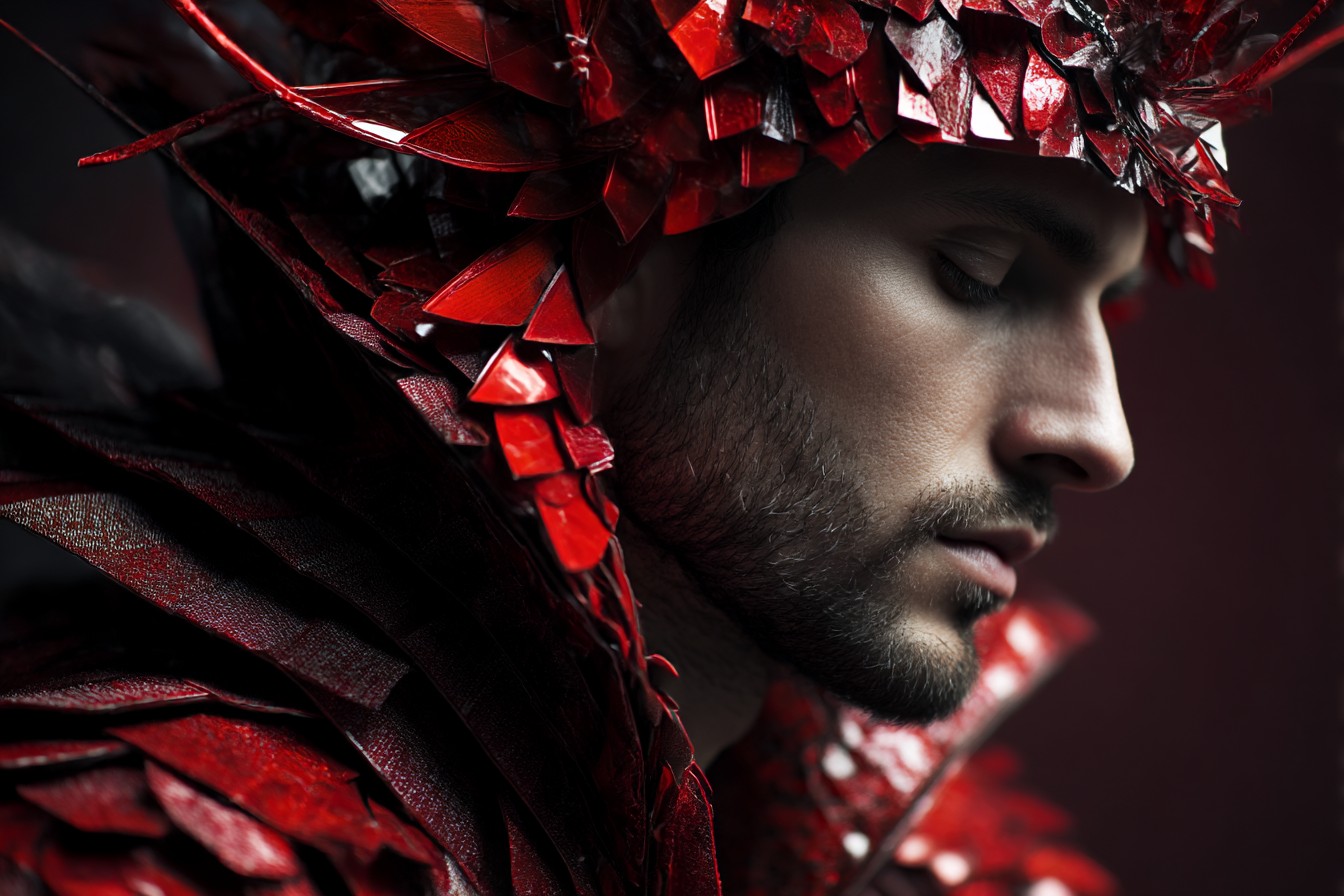My apartment flooded last year. Not like, “oops, spilled my Nalgene on the bathroom floor” flooded. More like “upstairs neighbor’s bathtub somehow relocated itself into my living room at 3 AM” flooded. I woke up to the sound of my ceiling giving birth to Niagara Falls and managed to save exactly three things before the rest of my possessions became very expensive sponges: my laptop, my grandfather’s watch, and weirdly, a hamper of clean laundry I’d been too lazy to put away.
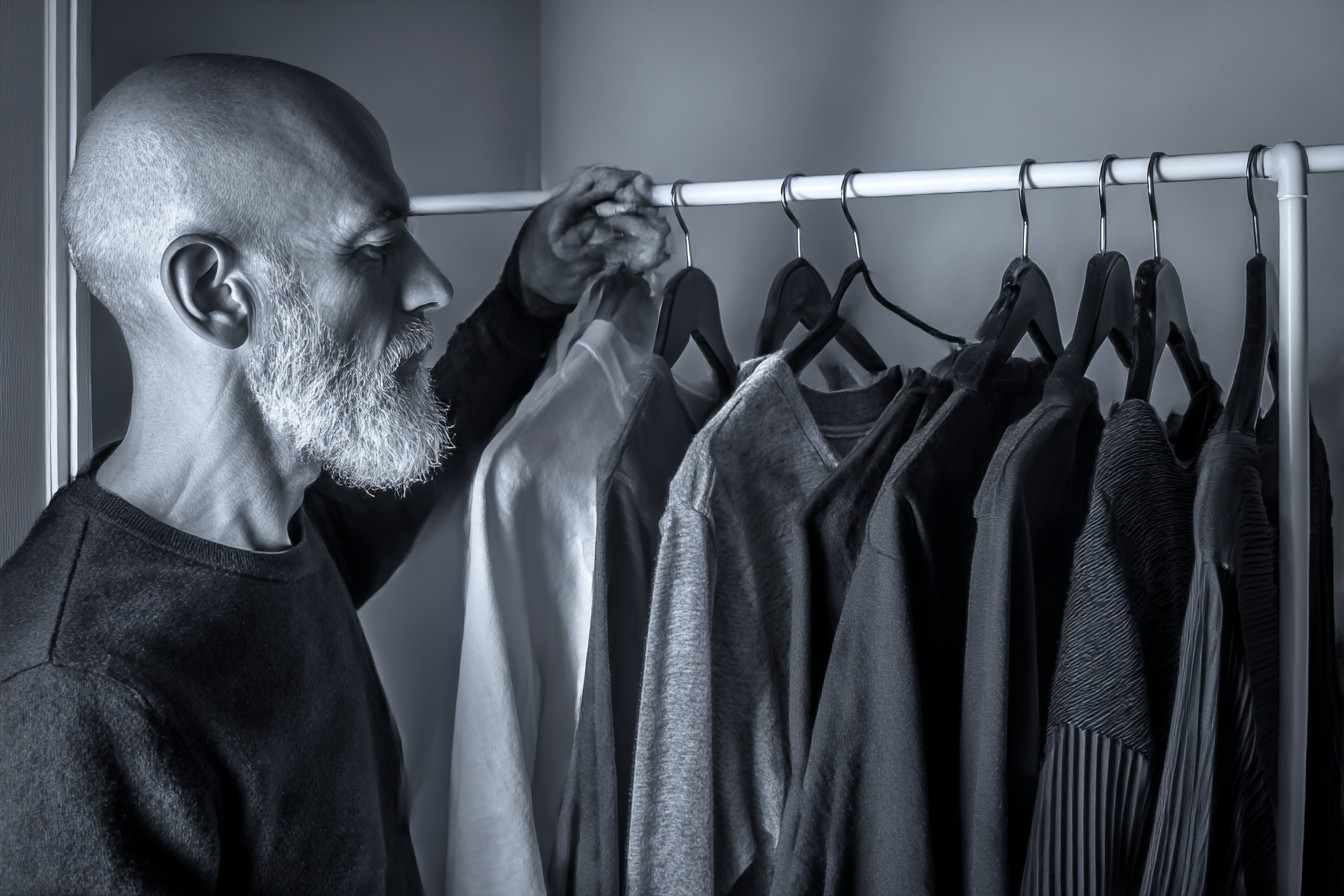
The insurance company was actually pretty decent about replacing most things. But my clothing collection? That was a different story. Trying to catalog and justify the replacement value of fifteen years of accumulated menswear to a skeptical claims adjuster named Gary was… humbling. “So you had seventeen oxford cloth button-downs in slightly different shades of blue?” he asked, peering at me over his glasses. “And you needed all of them?” I started to explain the subtle but critical differences between Supima cotton and regular oxford cloth, the importance of different collar rolls, the—actually, you know what? I stopped myself. Because Gary was right. I didn’t need seventeen nearly identical shirts. Nobody does.
Living out of a suitcase for the next six weeks while my apartment was being renovated was strangely liberating. I had exactly five outfits, a leather jacket, and two pairs of shoes to my name. And somehow, miraculously, I still managed to dress appropriately for everything from client meetings to dates to a friend’s gallery opening. Nobody at work noticed I was wearing the same navy blazer twice a week. My girlfriend (now fiancée) didn’t seem to care that I only had one pair of jeans. The world kept spinning.
It got me thinking—how much of my wardrobe was actually essential? How many pieces did I truly need to cover 95% of life situations? And more importantly, what would a genuinely American capsule wardrobe look like? Not a European minimalist aesthetic transplanted to New York, but something that works for the realities of American life, climate, and social expectations from Maine to California.

So I did what any menswear obsessive with insurance money burning a hole in his pocket would do—I started rebuilding my wardrobe from scratch with a strict “essentials only” policy. My goal was 15 pieces, not counting underwear, socks, or workout clothes. Just 15 versatile items that could cover everything from casual weekends to business meetings to weddings.
The process was brutal. I’d find myself reaching for non-existent garments out of habit. “Where’s my… oh right, it got soaked in dirty ceiling water and now it’s gone forever.” But gradually, something interesting happened. I stopped missing most of it. In fact, having fewer options made getting dressed faster, more intuitive, and somehow more satisfying.
Here’s what made the cut—the only 15 items an American man actually needs to be appropriately dressed for 95% of life situations:

1. Dark indigo jeans (straight cut or slim-straight)
I went with Levi’s 501s because they’re literally the most American garment ever created. Mid-rise, not too slim, not too relaxed. They work equally well in Montana or Manhattan. The trick is finding the wash that hits that sweet spot between too dark (looks like you’re trying too hard) and too distressed (looks like you’re stuck in 2003). A medium-dark indigo with minimal fading is the most versatile.
2. Khaki chinos
Bill’s Khakis or LL Bean make the most authentically American versions. I chose a medium khaki—not too yellow, not too gray—with a straight leg that can be cuffed in summer or break slightly over boots in winter. Mine have a bit of a military influence with a slightly higher rise than most modern versions. They pair with literally everything else on this list.
3. Charcoal wool trousers
This was my one concession to formal situations. Slightly tapered with a clean break at the shoe, they’re office-appropriate but don’t scream “suit separates.” The key is finding a four-season weight wool that doesn’t cook you in summer or leave you freezing in winter. Avoid super-skinny cuts—they’ll be dated before you know it.
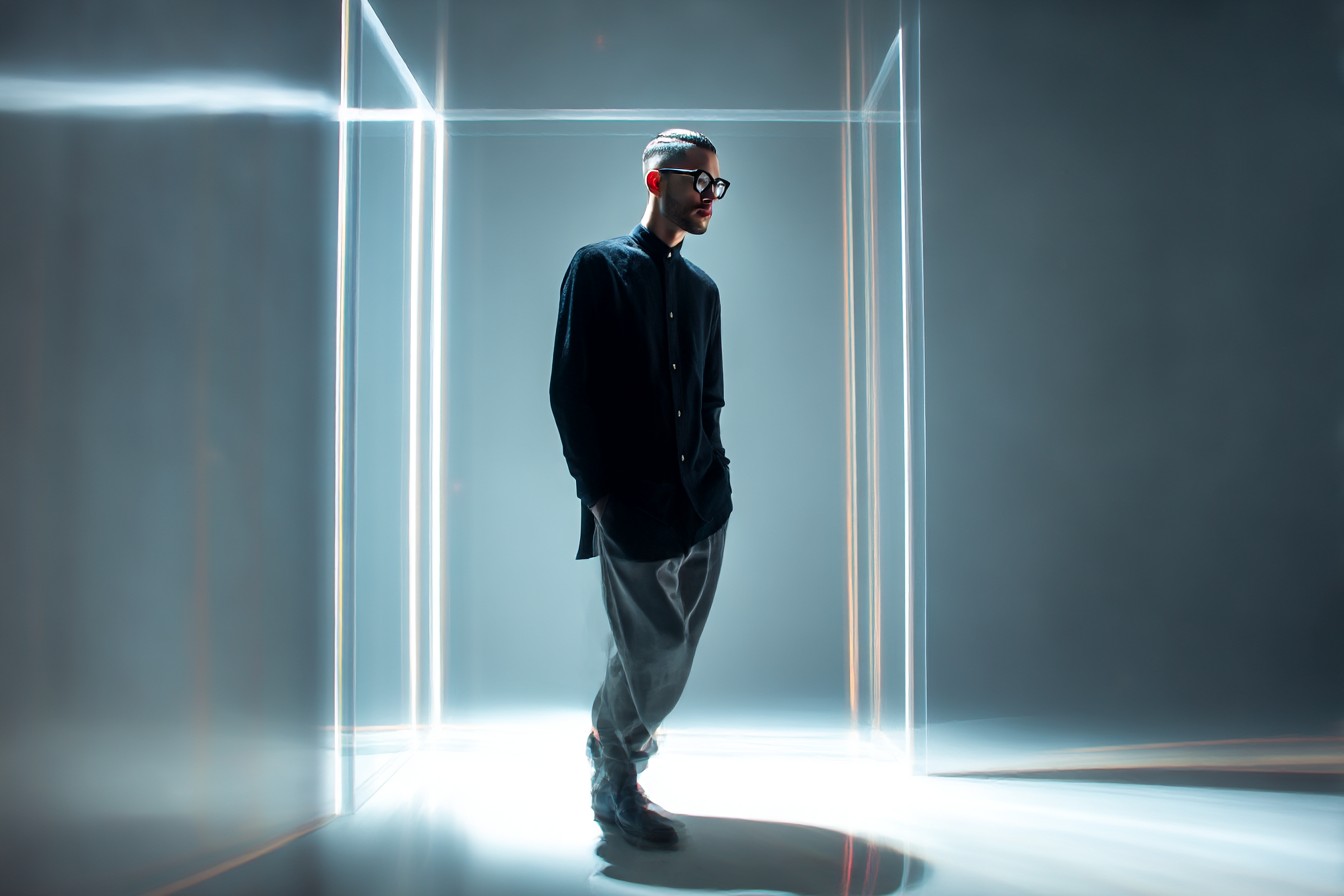
4. White oxford cloth button-down shirt
Brooks Brothers still makes the definitive version, but J.Crew’s version is about 80% as good for half the price. The one non-negotiable feature is a properly rolled collar that buttons down without laying flat against the shirt. It should create a gentle arch that frames your face. Sounds fussy, but it’s the difference between looking like you understand classic American style and looking like you bought whatever was on the mannequin.
5. Light blue oxford cloth button-down shirt
Same specifications as above, just in the most versatile color known to menswear. I probably wear this shirt twice as often as anything else on the list. It goes with absolutely everything and somehow manages to be both casual and put-together simultaneously.
6. White dress shirt (spread collar)
For actual formal situations, interviews, weddings, funerals, and the rare dinner that requires a tie. Nothing fancy here—just a well-fitted white broadcloth shirt with a moderate spread collar that accommodates different tie knots. Skip the button-down collar for this one; a proper dress shirt needs an unfettered collar stand.
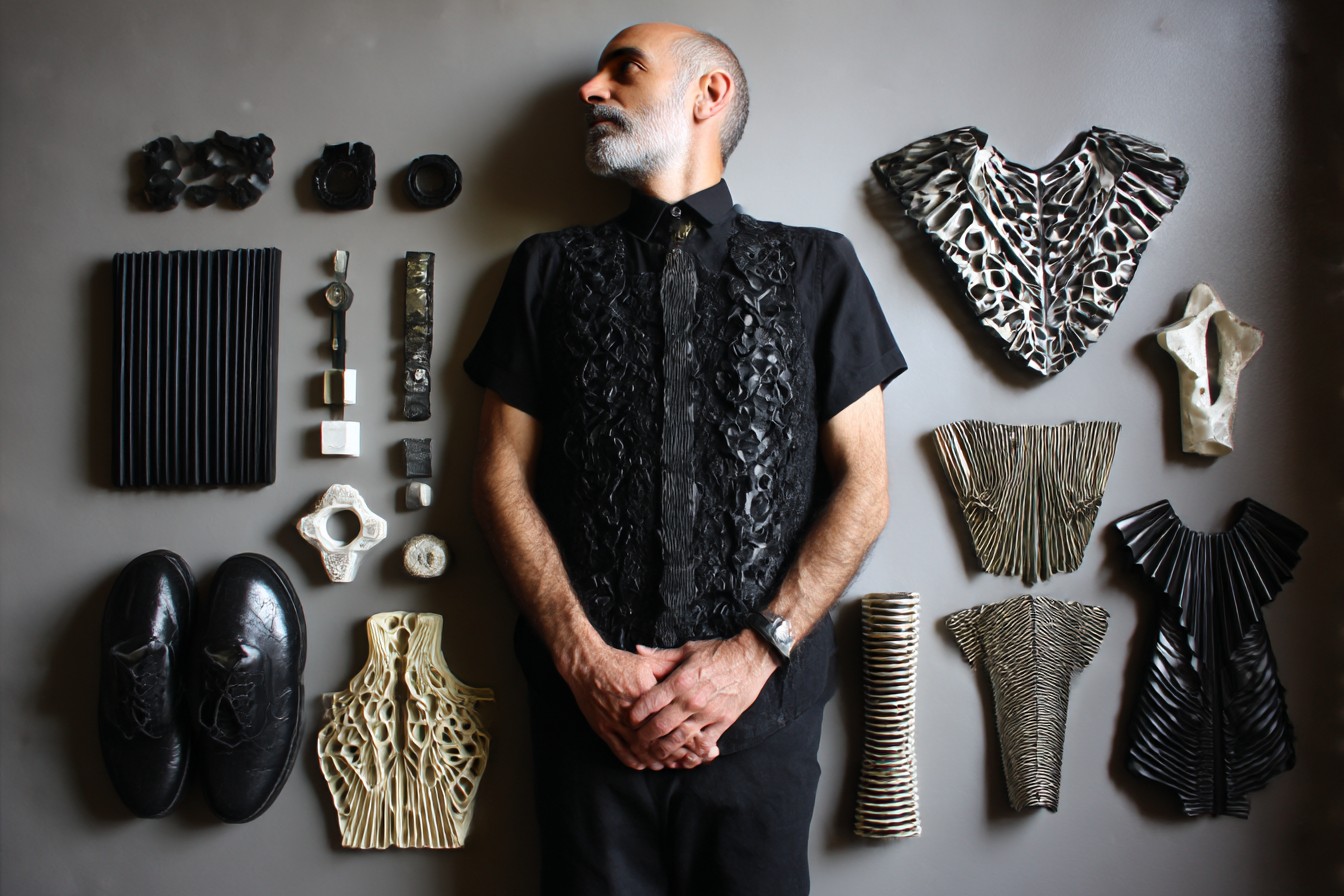
7. Gray crewneck sweatshirt
The most underrated American classic. Mine’s from Champion—basic, unadorned, slightly oversized in that 1960s athletic department way. It works with jeans, chinos, under a jacket, over an oxford…basically everything. The neck should be sturdy enough to hold its shape and the body roomy enough to layer over a button-down comfortably.
8. Navy merino crewneck sweater
The Swiss Army knife of the wardrobe. Dress it up with trousers and a collared shirt, dress it down with jeans, layer it under a jacket in winter. I found mine at Uniqlo for approximately the price of two cocktails in Manhattan, and it’s held up beautifully for years. The key is finding a mid-weight merino that doesn’t pill excessively.
9. Navy blazer (year-round weight)
If I could only save one item from my wardrobe in another flood, it might be this. A properly fitting navy blazer makes jeans look intentional and dress trousers look relaxed. The most versatile version has a natural shoulder (minimal padding), two buttons, notch lapels, and patch pockets. Mine’s from Southwick—an old-school American maker that nails the Ivy League aesthetic without the stuffy European details.
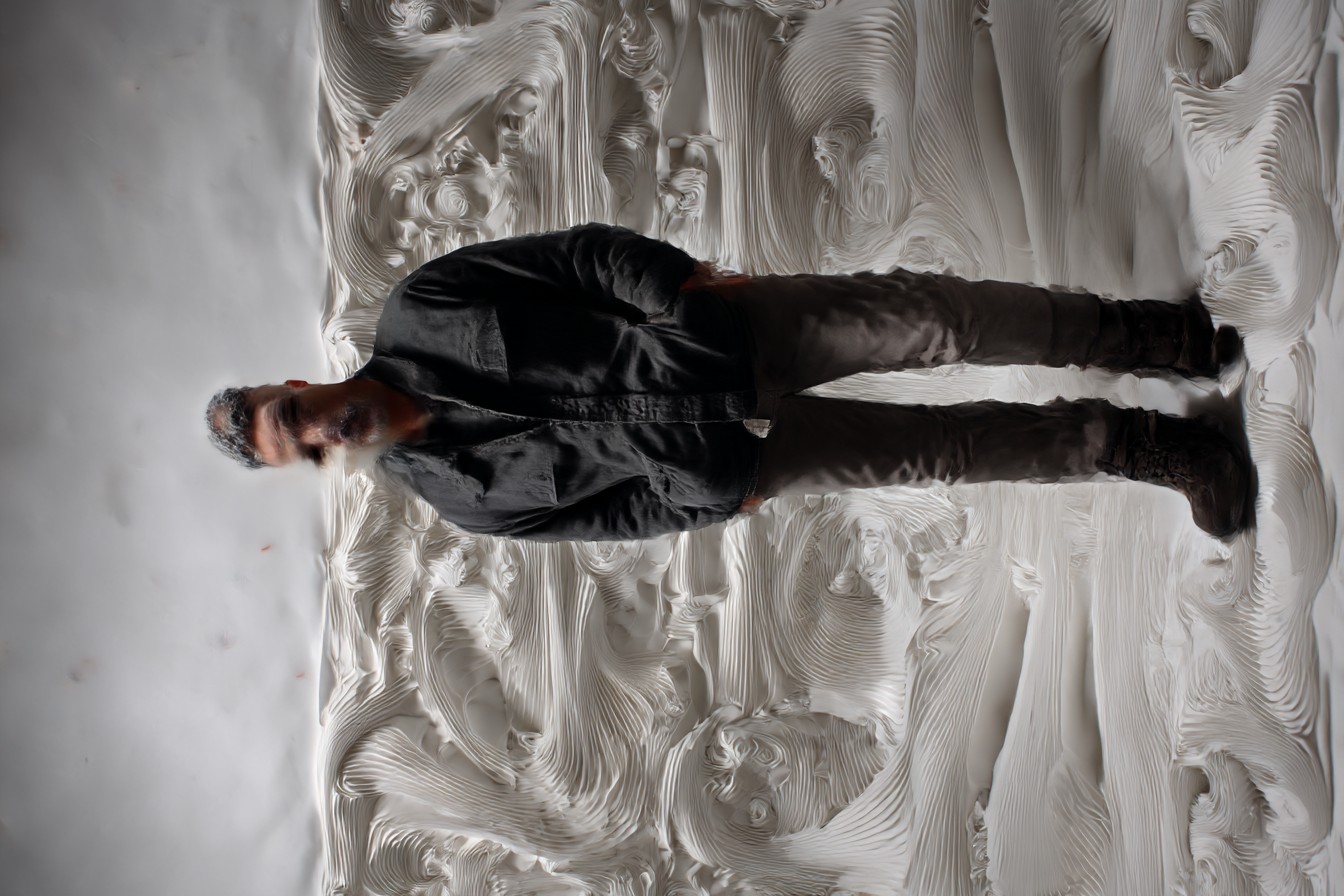
10. Charcoal suit
The only true suit on the list needs to work for job interviews, weddings, funerals, and any situation where you need to project competence and respect. Charcoal is more versatile than navy for a single suit because it transitions from day to evening better and reads as appropriately serious for somber occasions. Two-button, notch lapel, with trousers that have a clean break at the shoe.
11. Olive field jacket
The most versatile outerwear piece for three-season wear. Mine’s from Filson—a cotton tin cloth version of their traditional field jacket with handwarmer pockets and a drawable waist. It’s rugged enough for weekend hikes but structured enough to wear over a button-down and chinos for casual Friday. The olive color is key—it’s essentially a neutral that pairs with everything.
12. Brown leather boots
Alden’s Indy boot is the gold standard, but Grant Stone makes a nearly identical version for half the price. The key is finding a plain or cap toe style with minimal ornamentation in a medium brown that can be dressed up or down. They should be comfortable enough to walk miles in but polished enough to wear with dress trousers in a pinch.
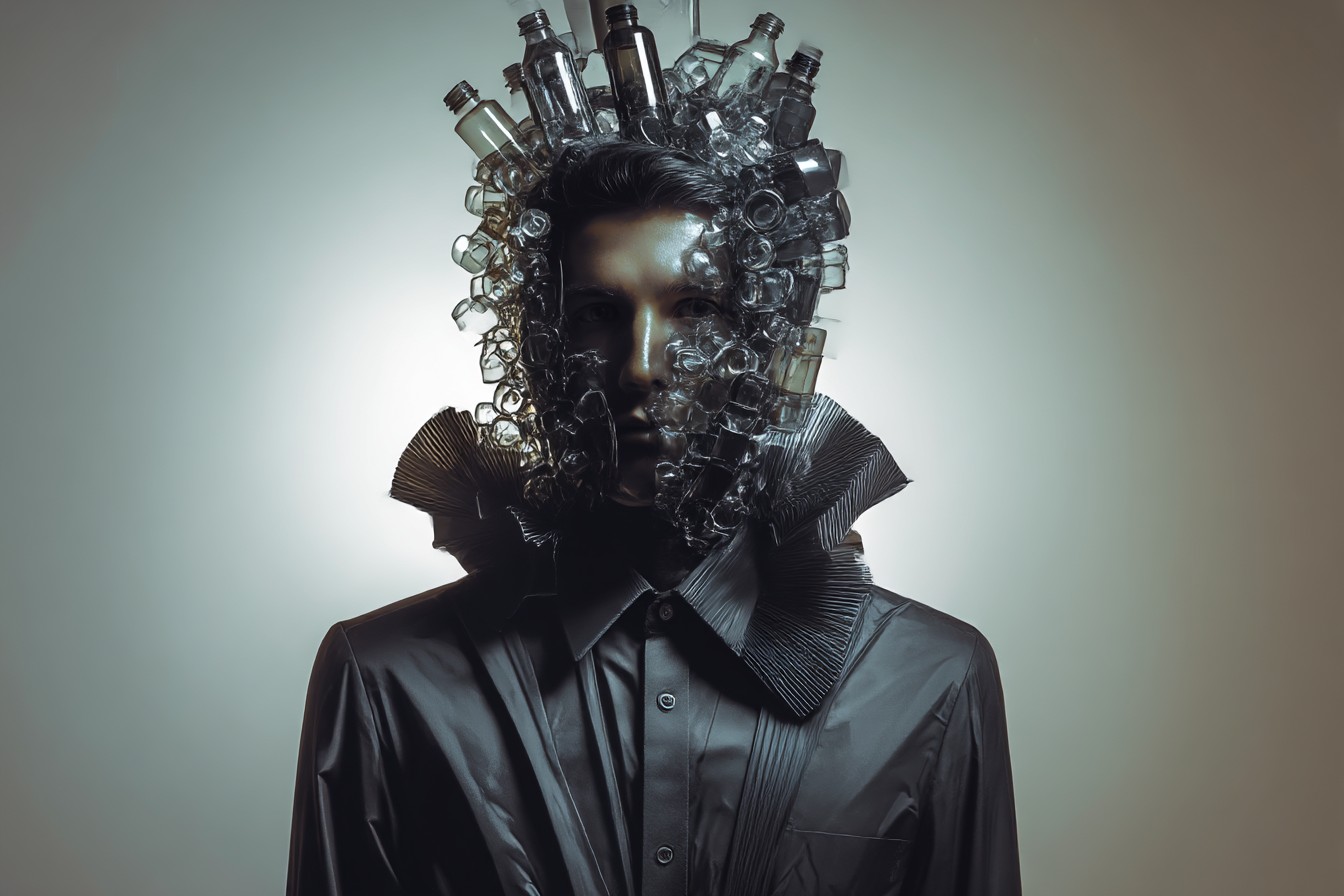
13. Brown penny loafers
The most versatile shoes in American menswear. Bass Weejuns are the original, but I splurged on a pair from Oak Street Bootmakers that has developed a gorgeous patina over the years. They work with shorts in summer, with jeans year-round, and even with a suit in less formal settings. The key is finding an almond toe shape that’s neither too pointy (too European) nor too rounded (too clunky).
14. White leather sneakers
The concession to modern casual dress codes. I went with a pair of German Army Trainers—they’re sleeker than most American athletic shoes but still have a utilitarian vibe that works with the rest of this wardrobe. Simple, clean, versatile. They work with literally everything else on this list except the suit (though even that pairing is increasingly acceptable in creative industries).
15. Navy knit tie
If you’re only going to own one tie, this is it. A textured silk knit in navy with a squared-off bottom. It dresses down a suit for less formal occasions, dresses up jeans and a blazer, and has just enough texture to look intentional rather than corporate. I found mine at Drake’s, but J.Crew makes a perfectly acceptable version for a third of the price.
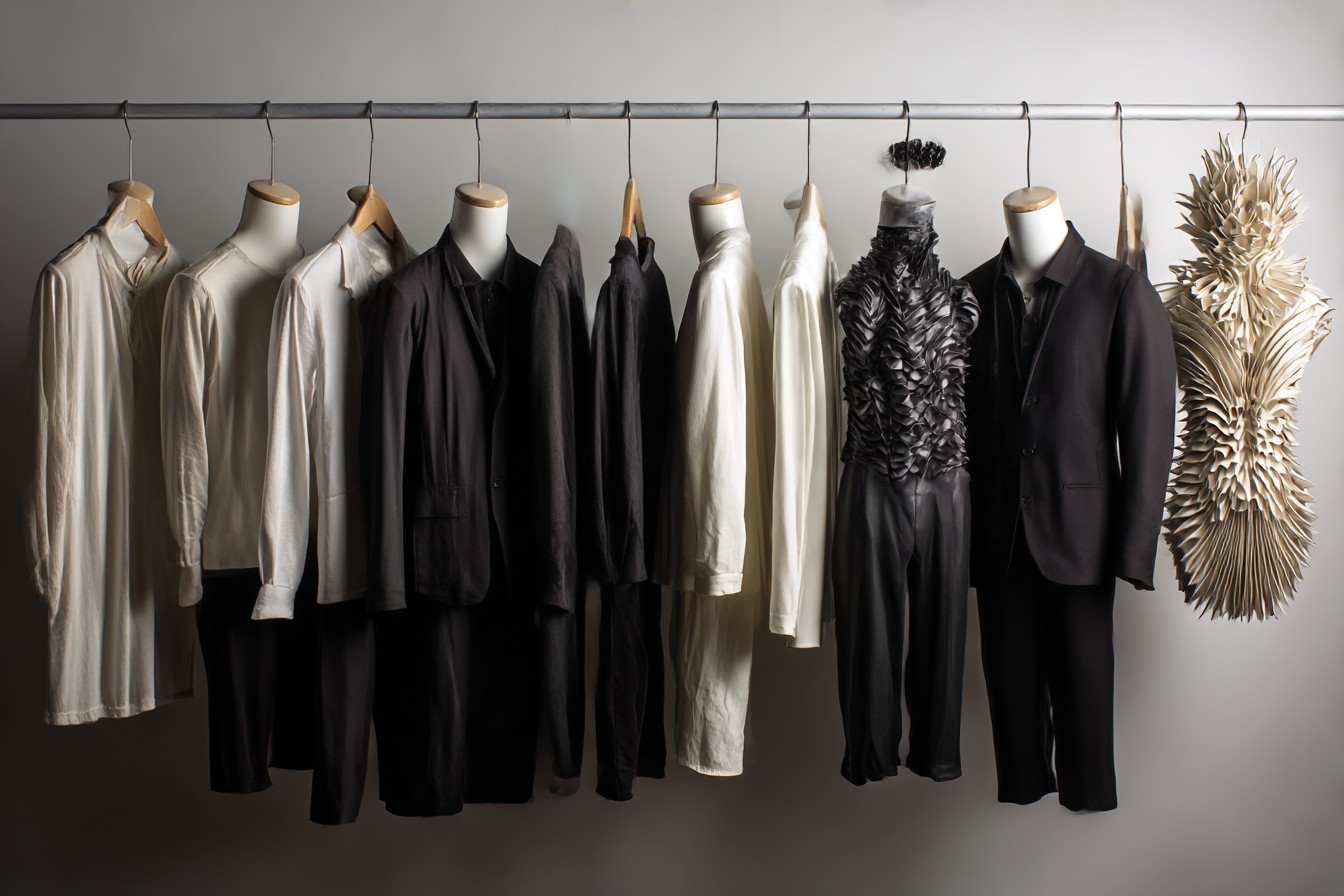
And that’s it. Fifteen items that cover everything from Saturday morning coffee runs to Monday boardroom meetings. No statement pieces, no seasonal one-offs, just versatile classics that work in combination with each other.
Now, I’m not saying this is all you should ever own. My own wardrobe has gradually expanded beyond these 15 pieces over the past year (I’m still a menswear editor, after all—occupational hazard). But whenever I find myself standing in front of my closet paralyzed by too many options, I return to this core capsule.
The beauty of this approach is how thoroughly American it is. These aren’t minimalist Scandinavian basics or tailoring-heavy Italian essentials. This capsule acknowledges that Americans need clothes that transition from casual to formal, that most of us don’t dress up daily, and that practicality matters just as much as style. It’s built around icons of American design—the OCBD, the sweatshirt, the field jacket, the penny loafer—that have proven their versatility over decades.
What I’ve learned from living with less is that constraints breed creativity. Having only 15 core pieces forces you to consider how each one interacts with the others. It eliminates decision fatigue. It makes packing for trips absurdly simple. And perhaps most importantly, it connects you to a lineage of American style that transcends trends.
I’m not suggesting you manufacture a flood to force yourself into wardrobe minimalism (though I do have my former upstairs neighbor’s contact info if you’re interested). But I am suggesting that most of us could cut our closets by 70% and actually dress better as a result. Start with these 15 pieces—or your own version of this core capsule—and see how it feels to have fewer, better options.
Oh, and as for Gary the insurance adjuster? He ended up approving my claim for the seventeen blue button-downs. But I only replaced two of them. The rest of that money went toward a trip to Maine with my fiancée, where, ironically, it rained the entire time. Some lessons you just have to learn twice.
